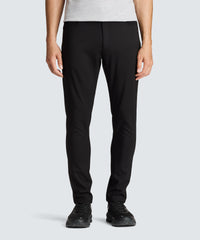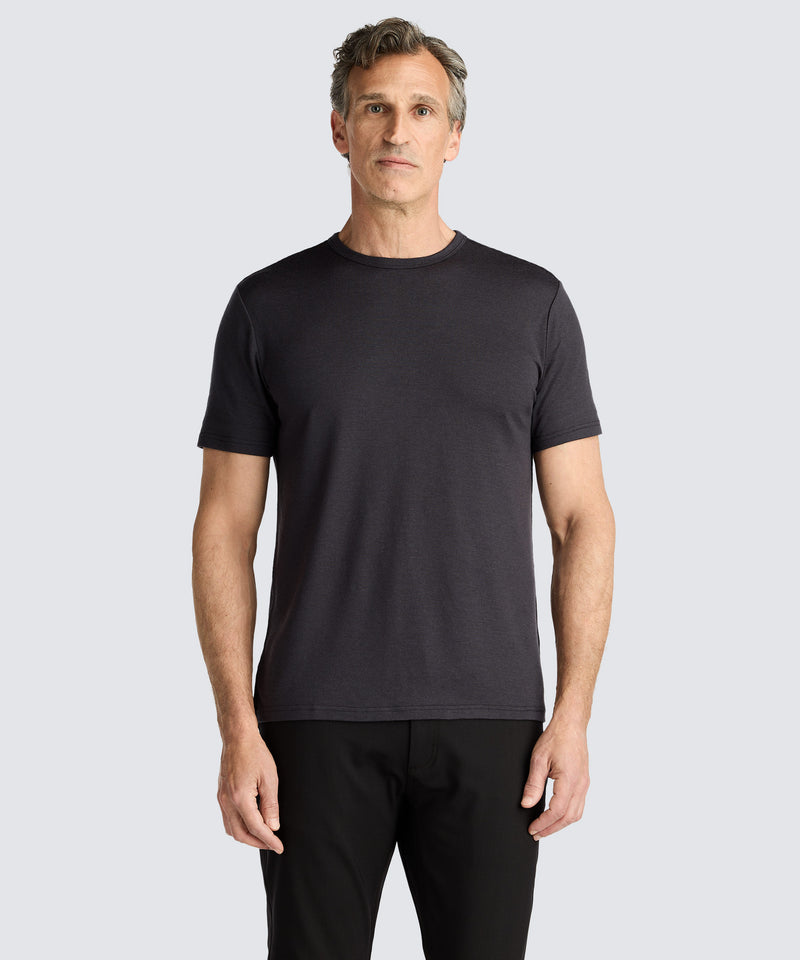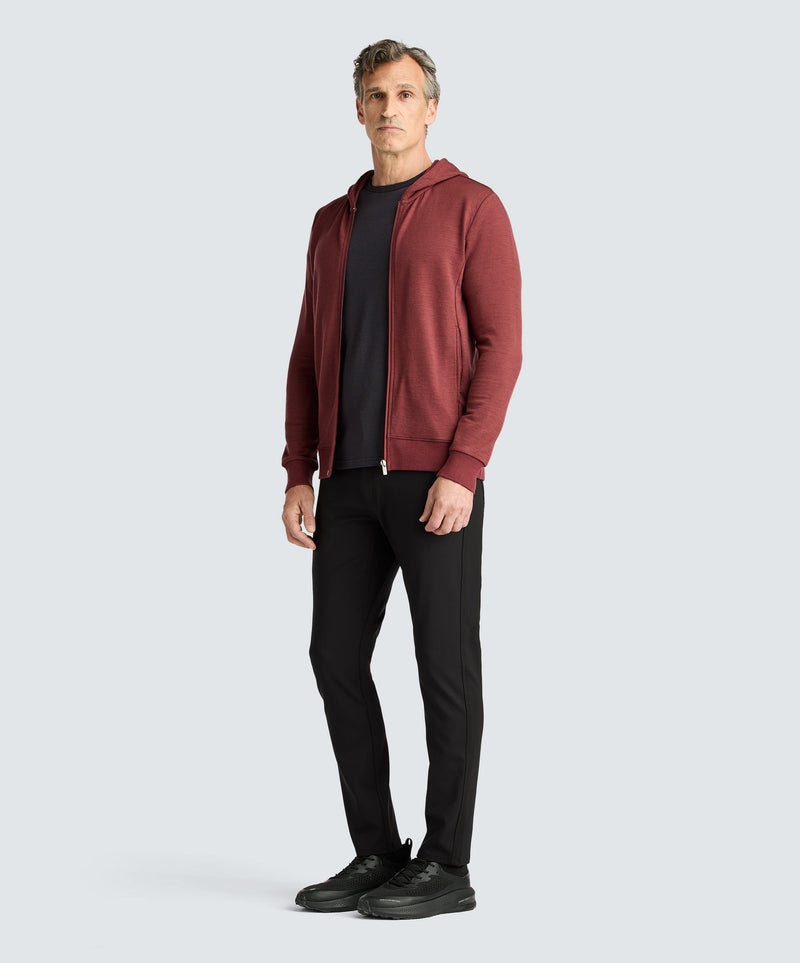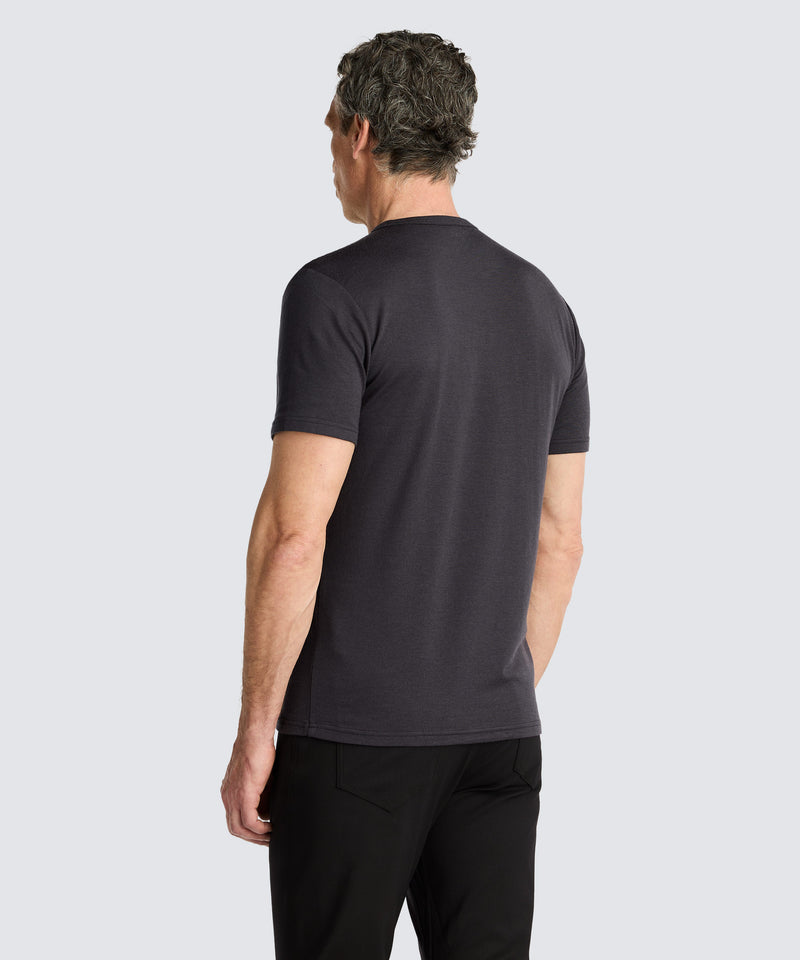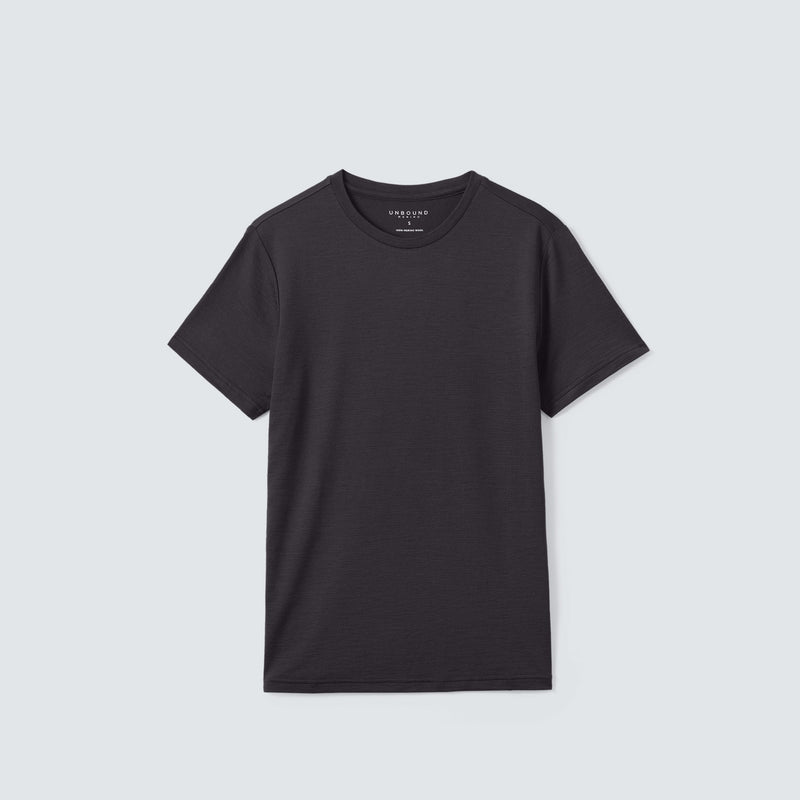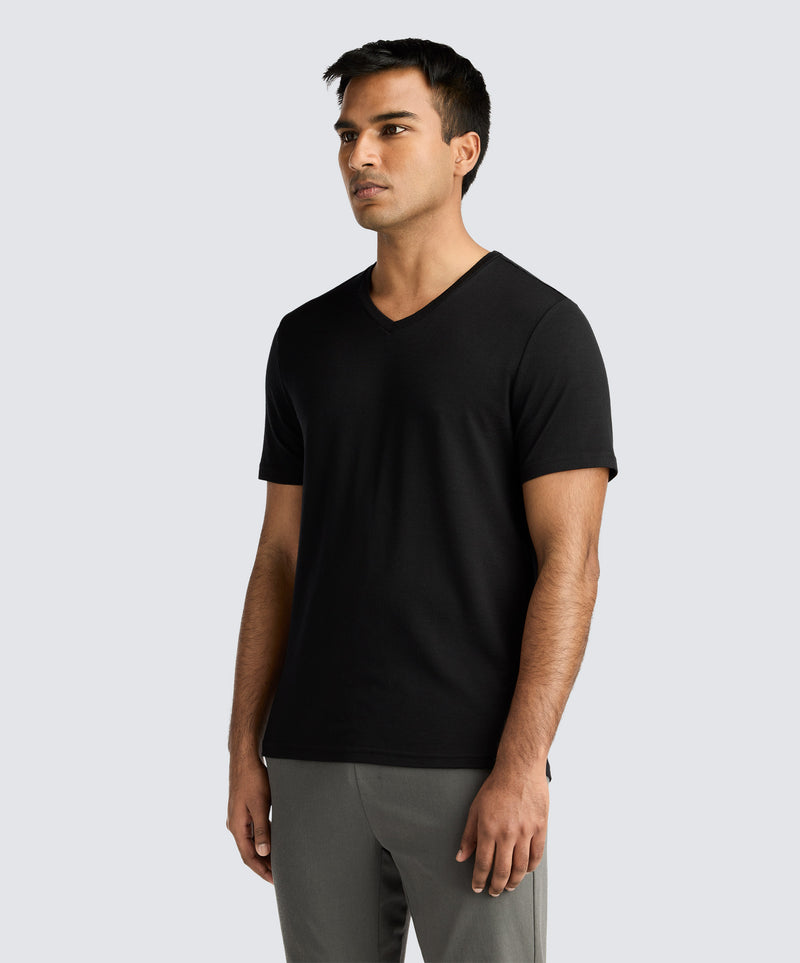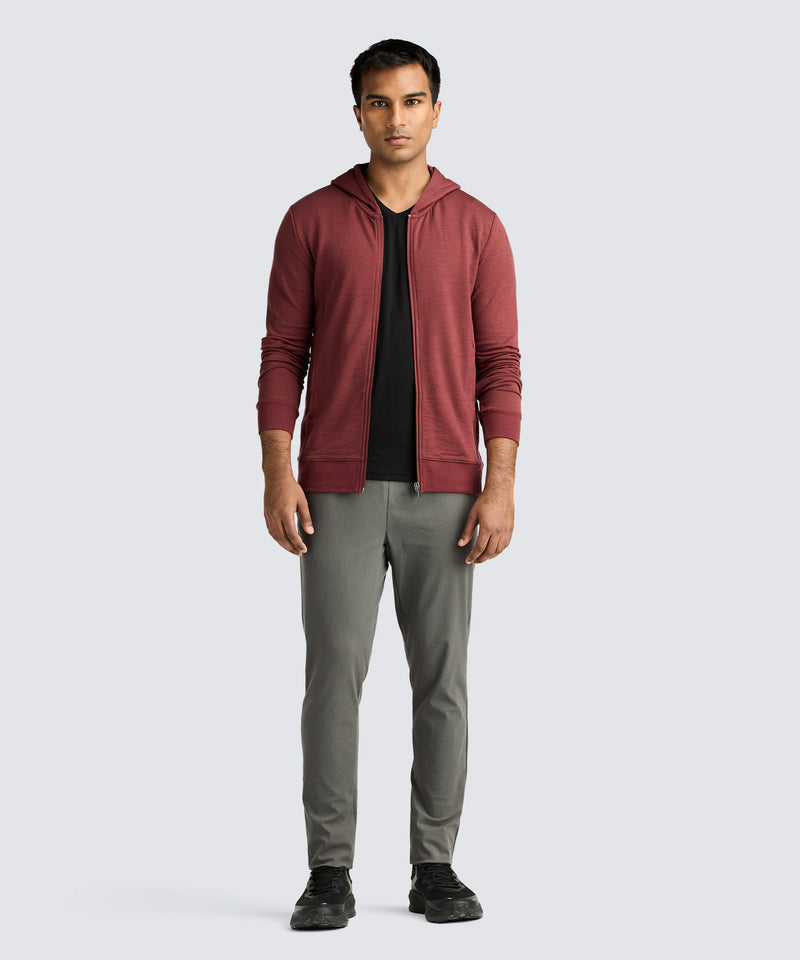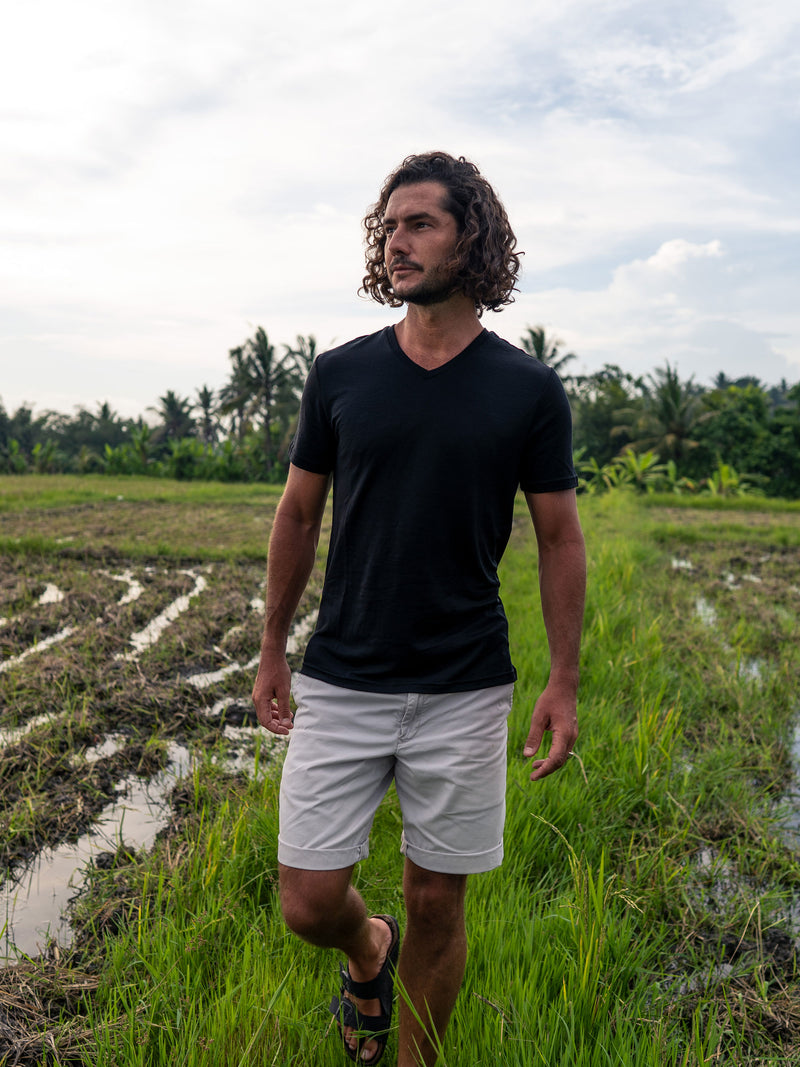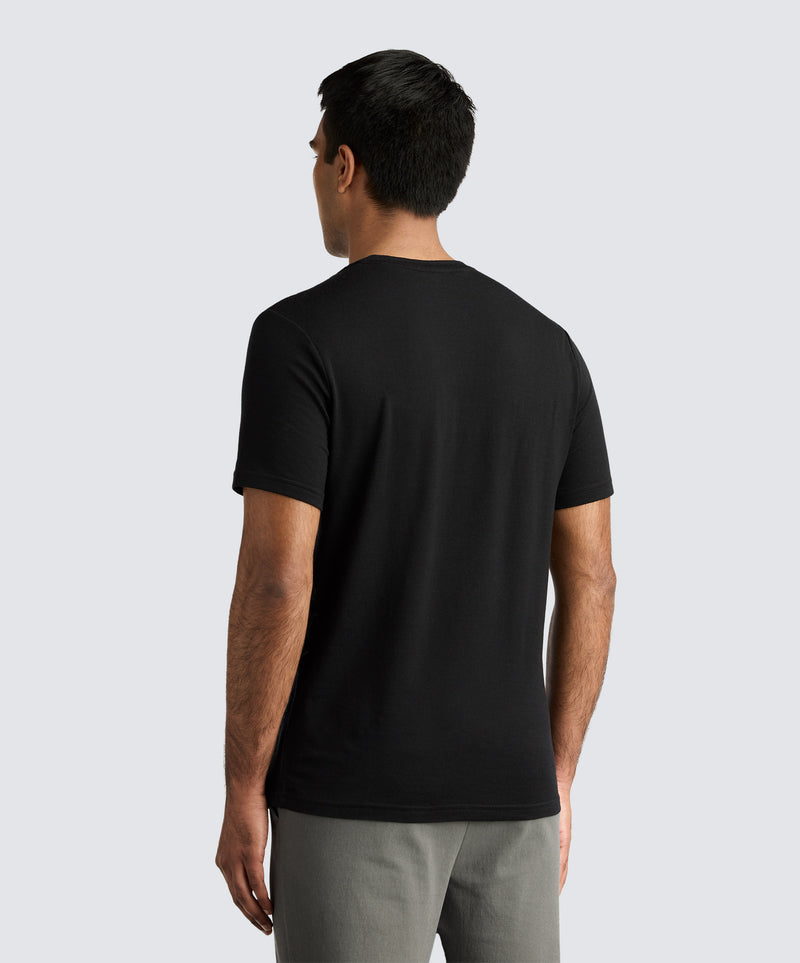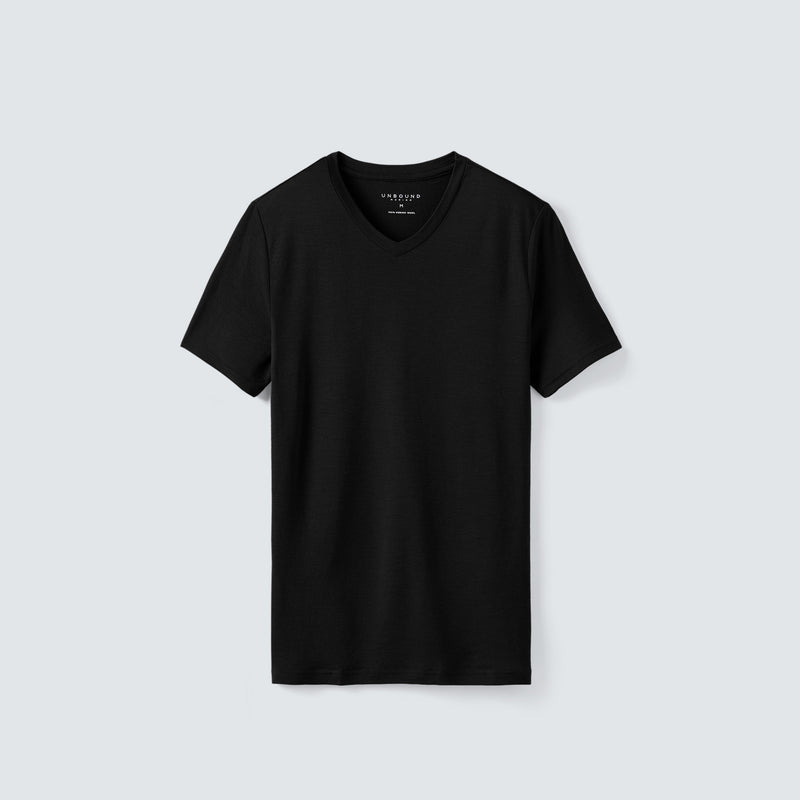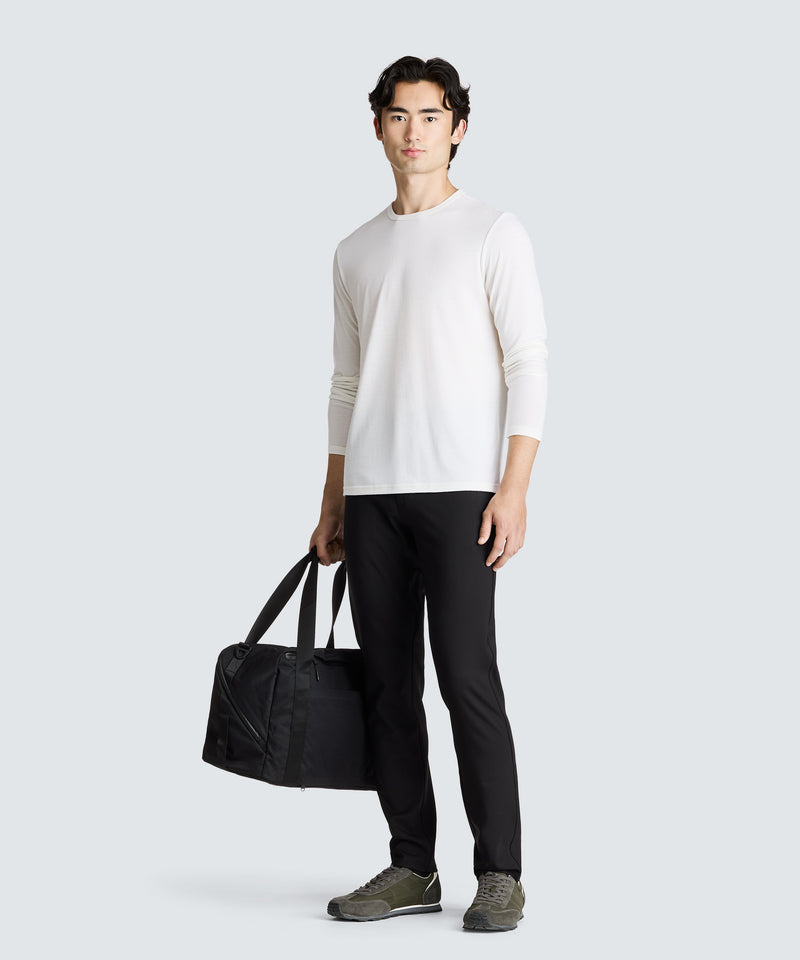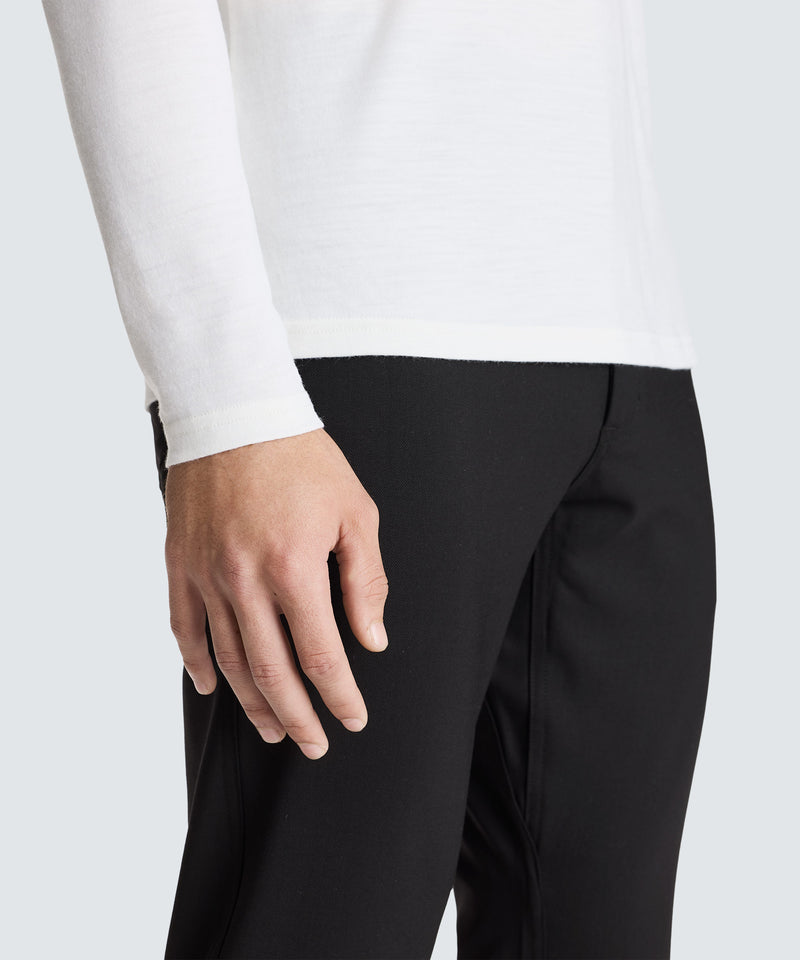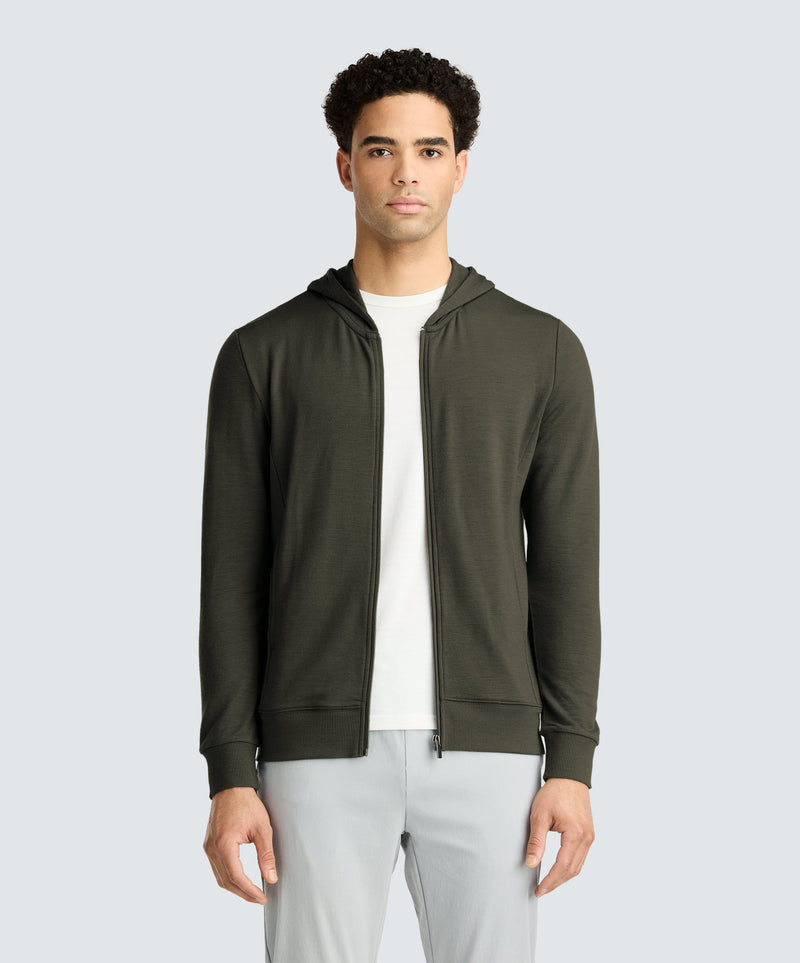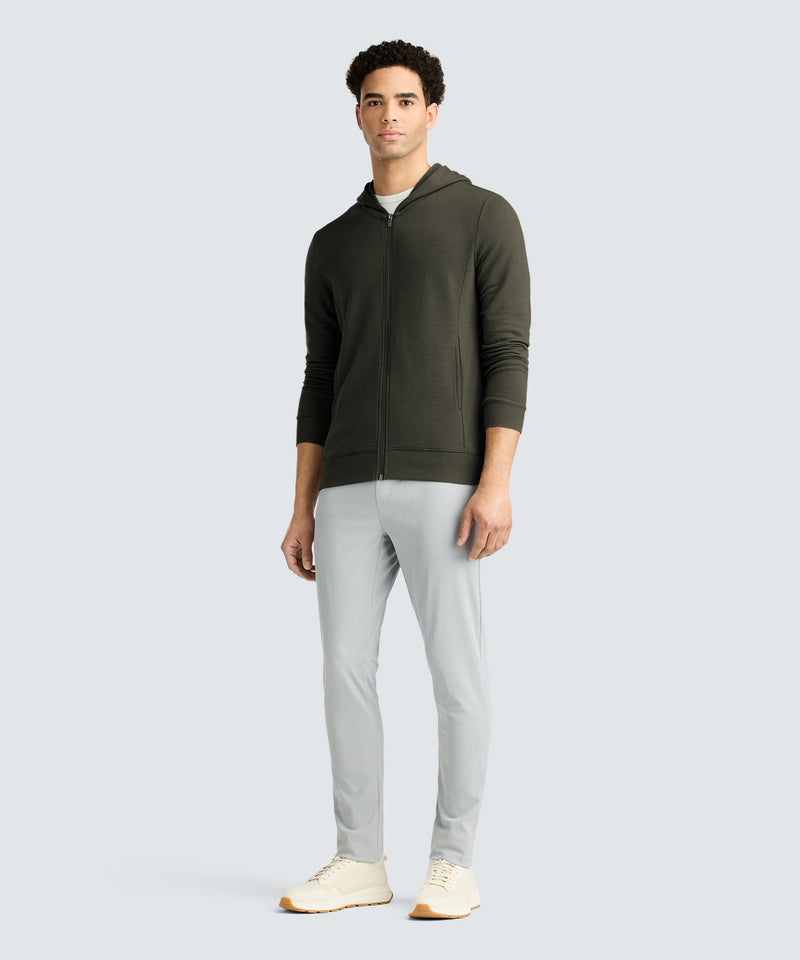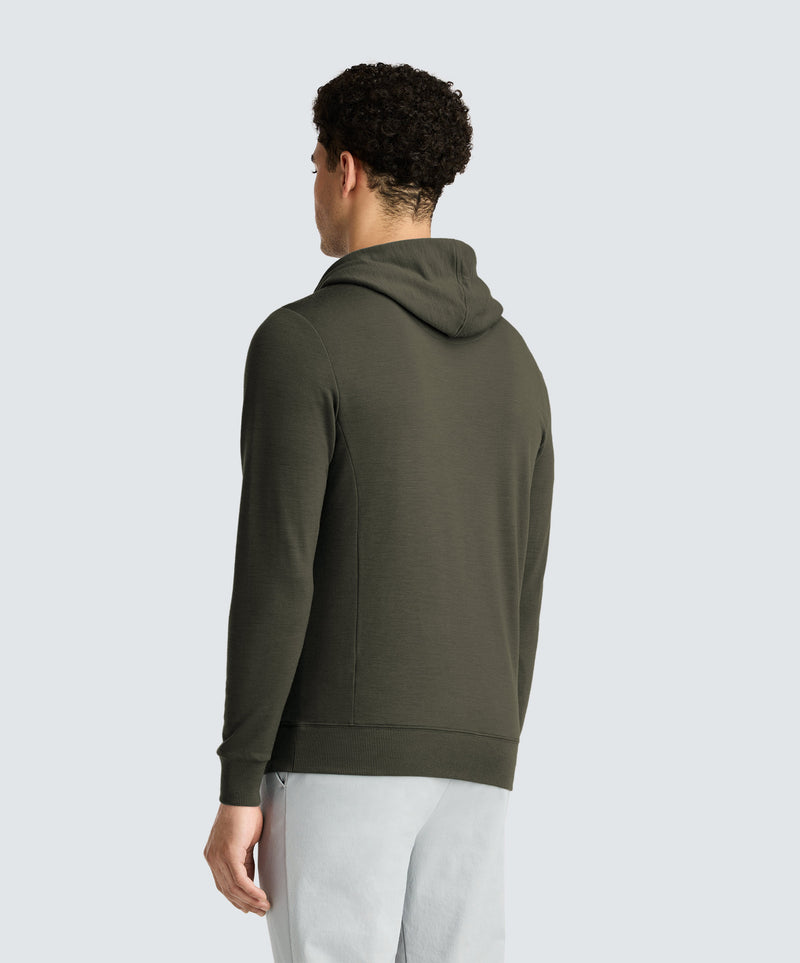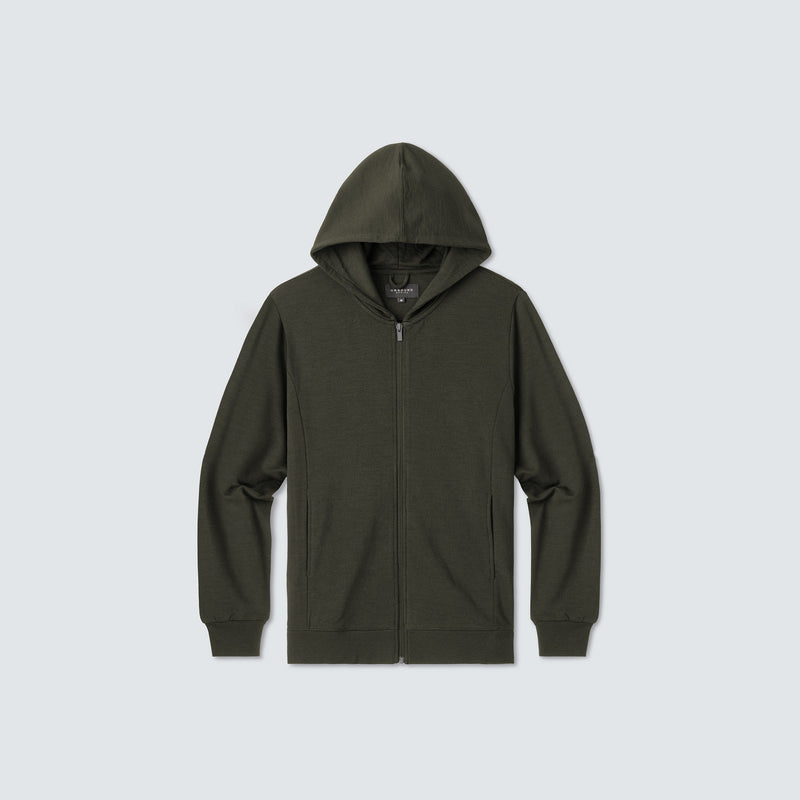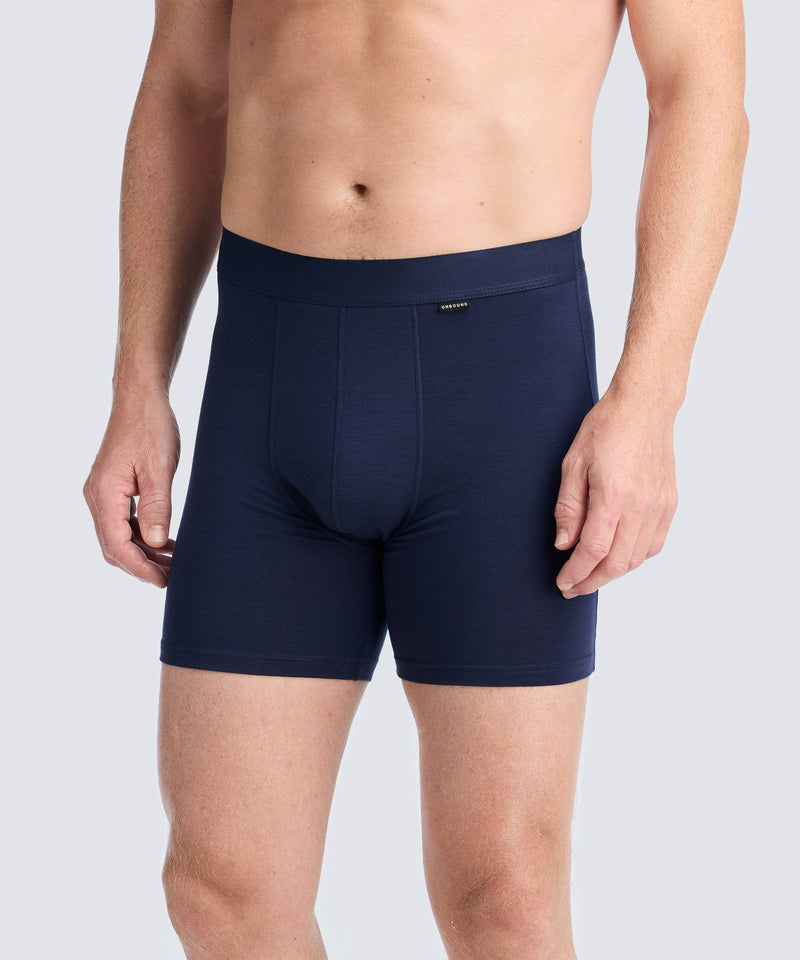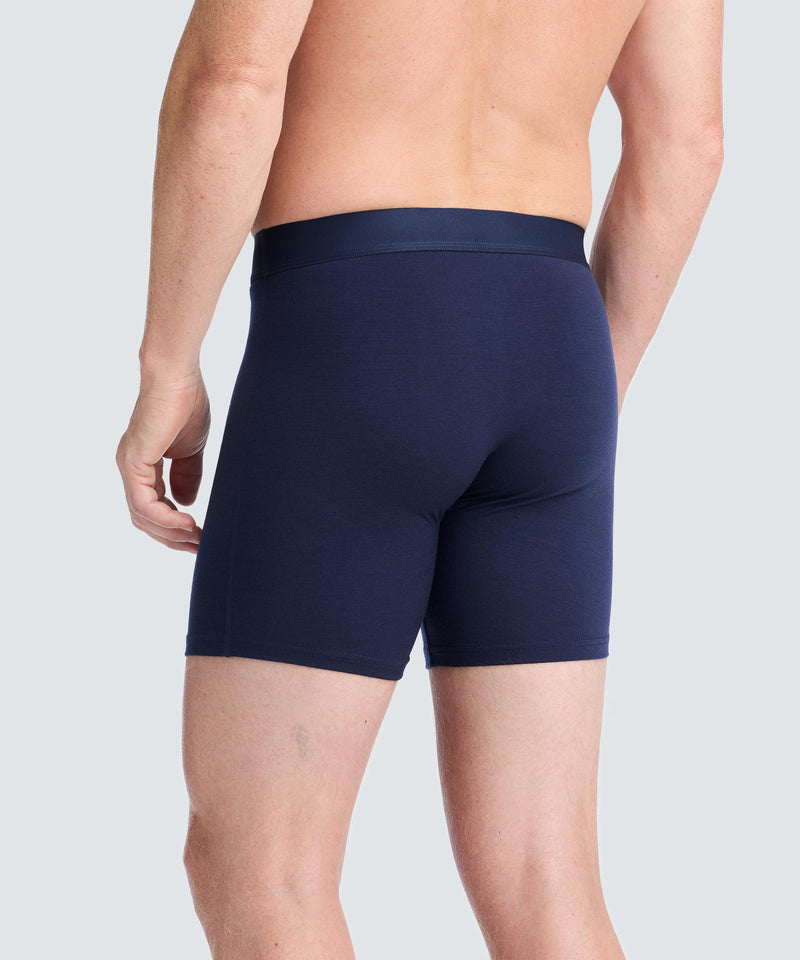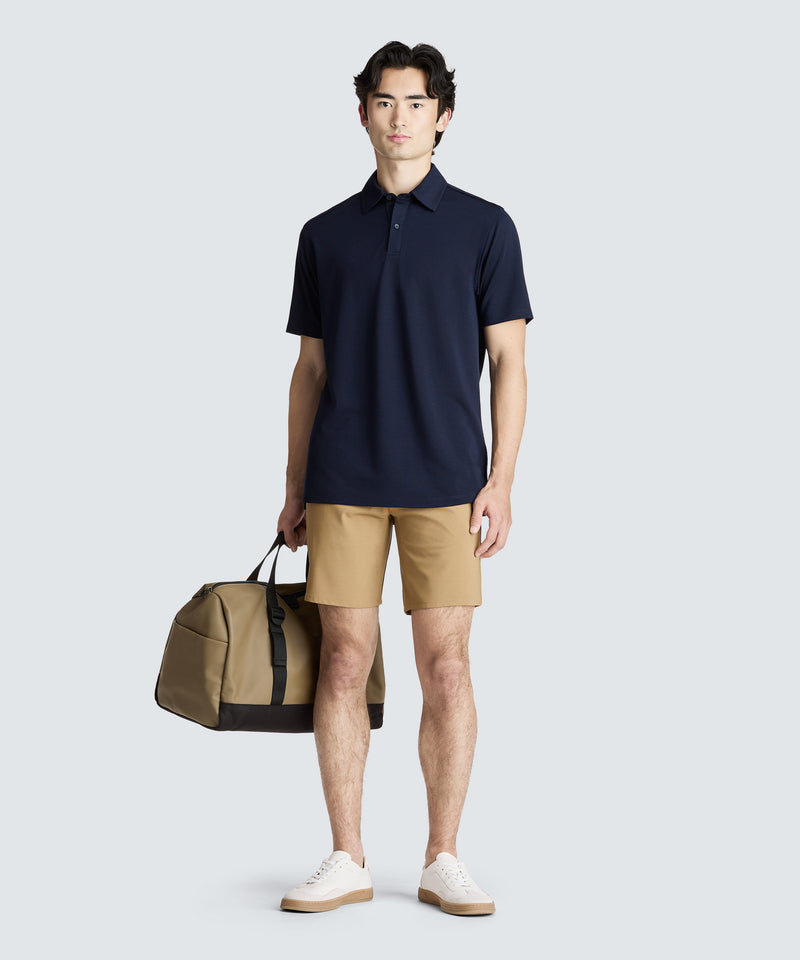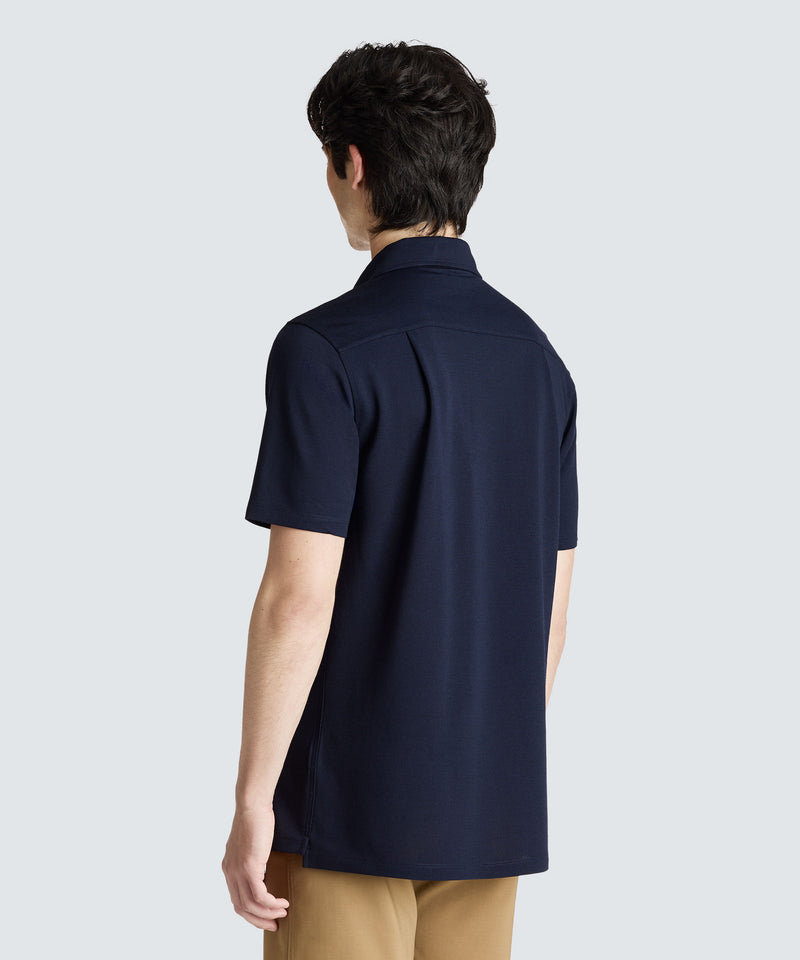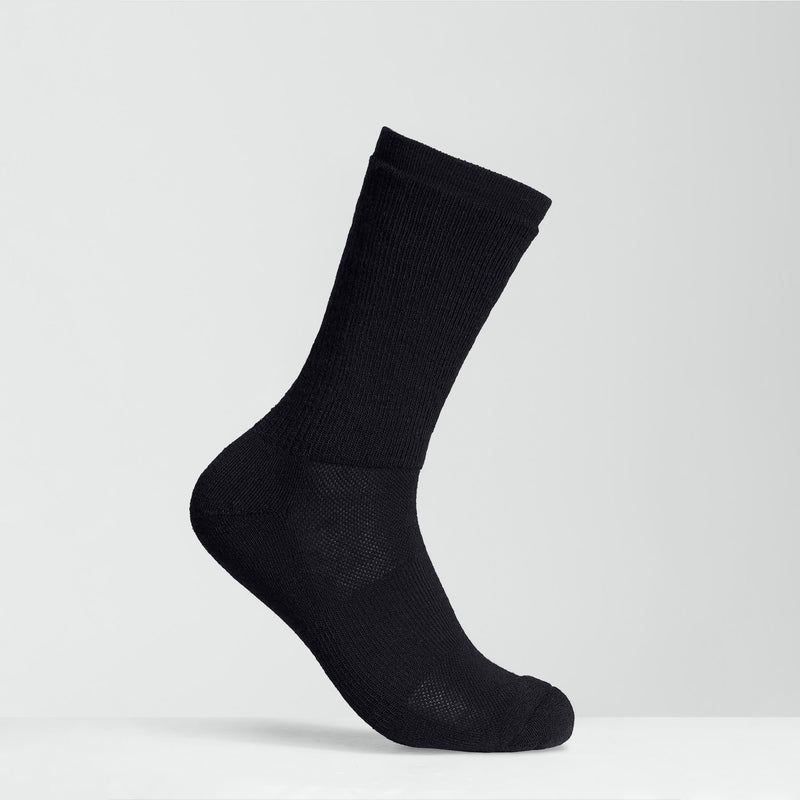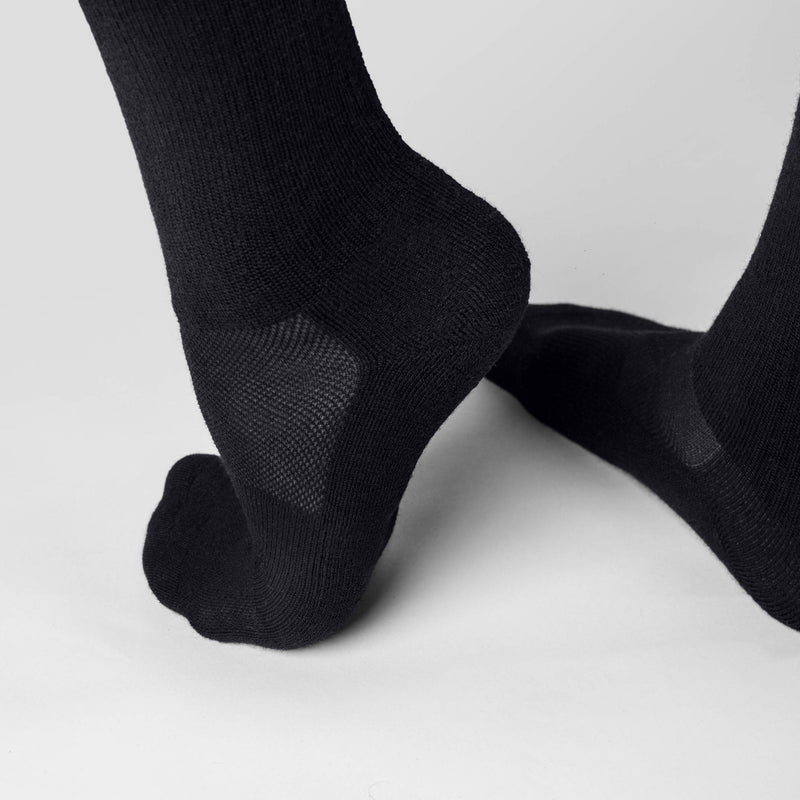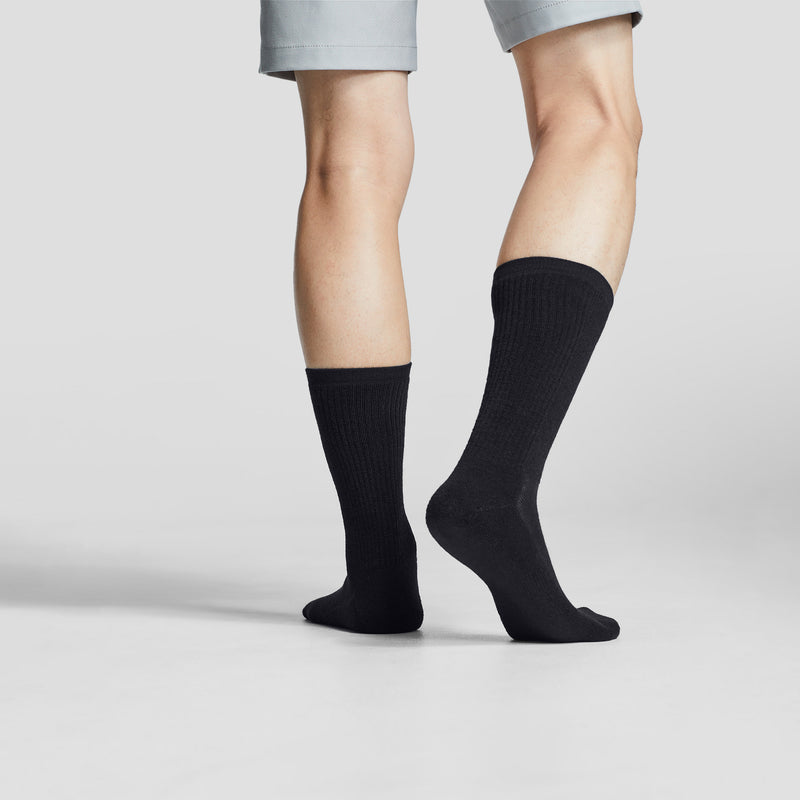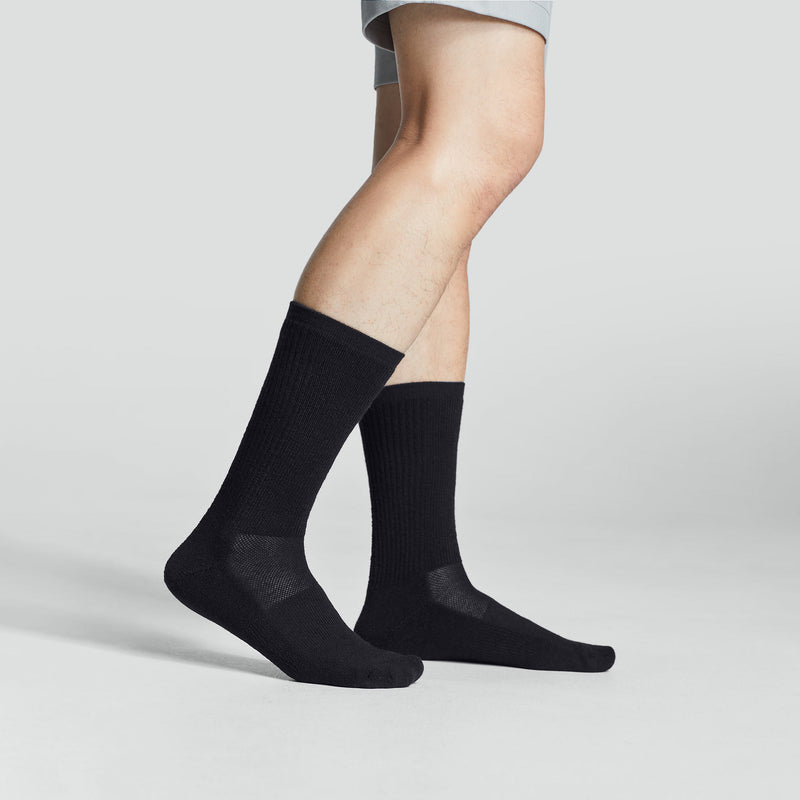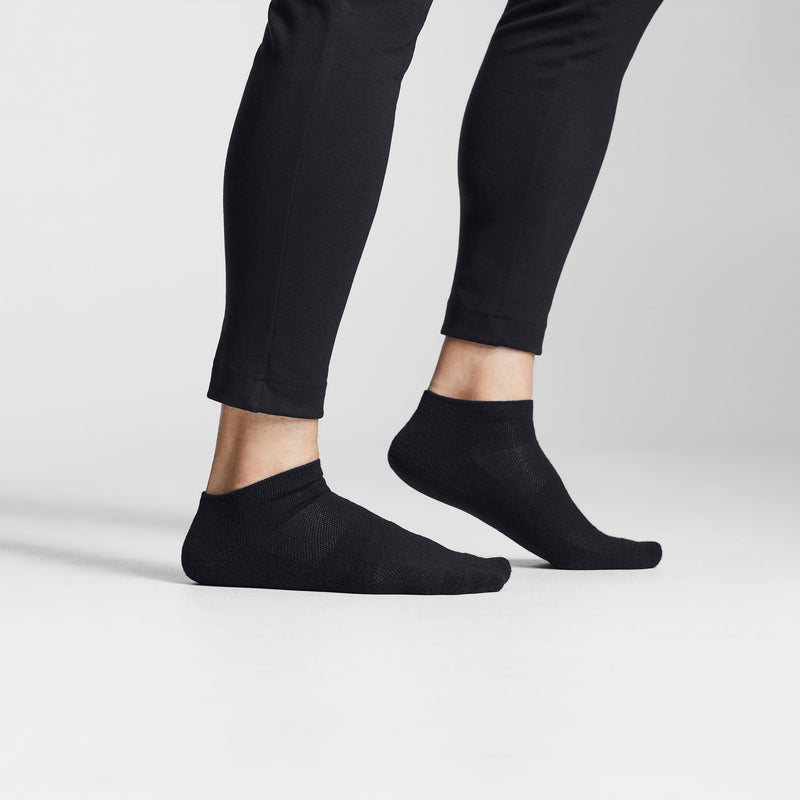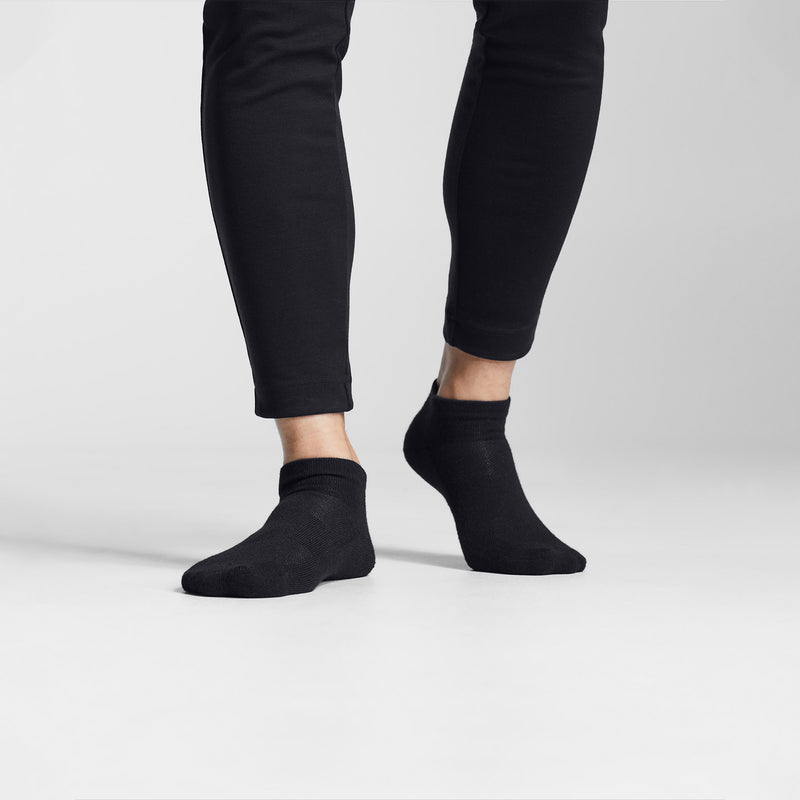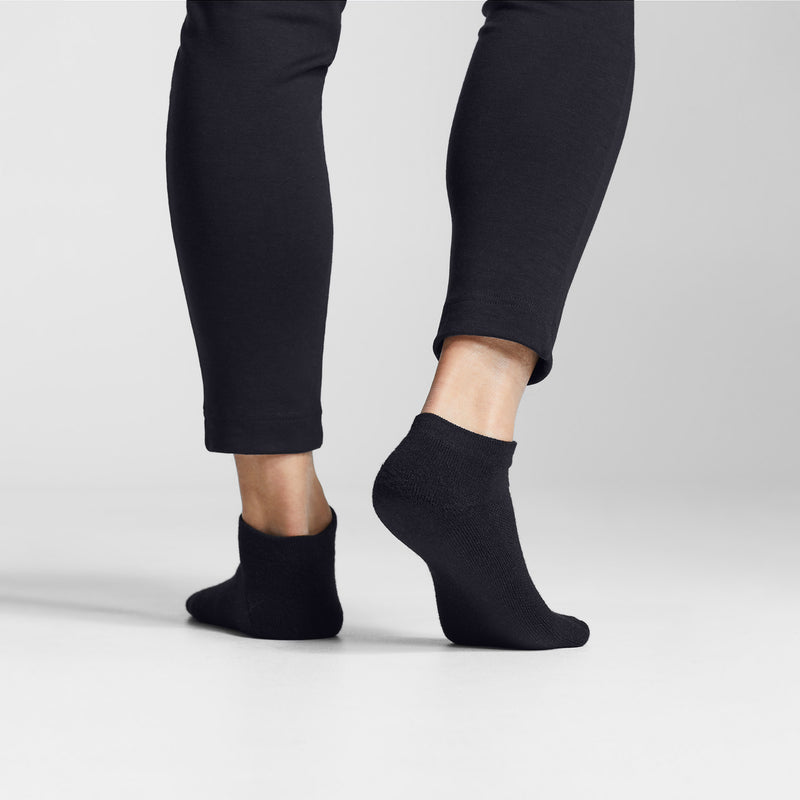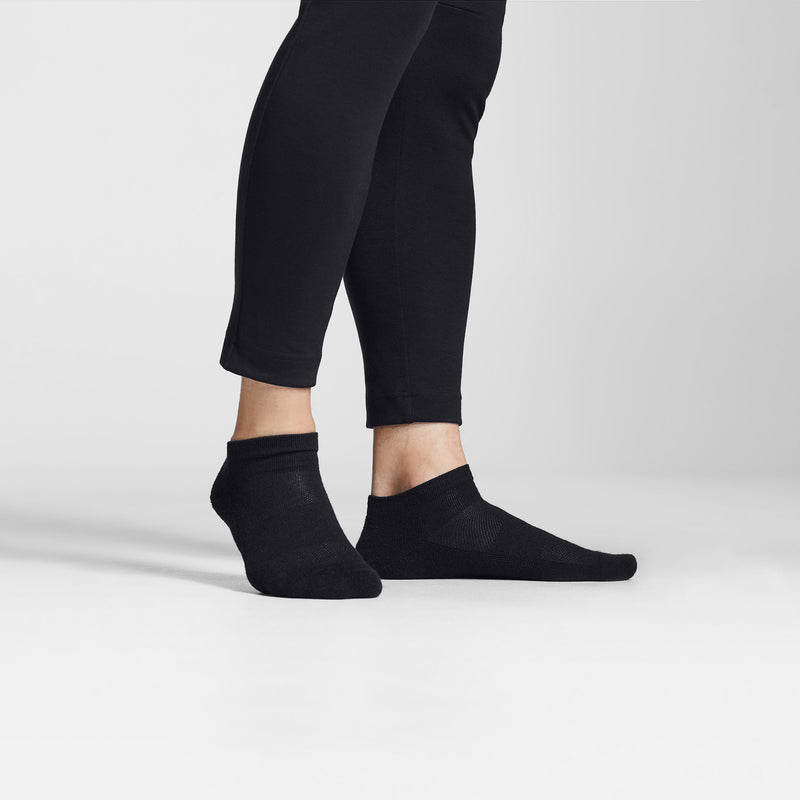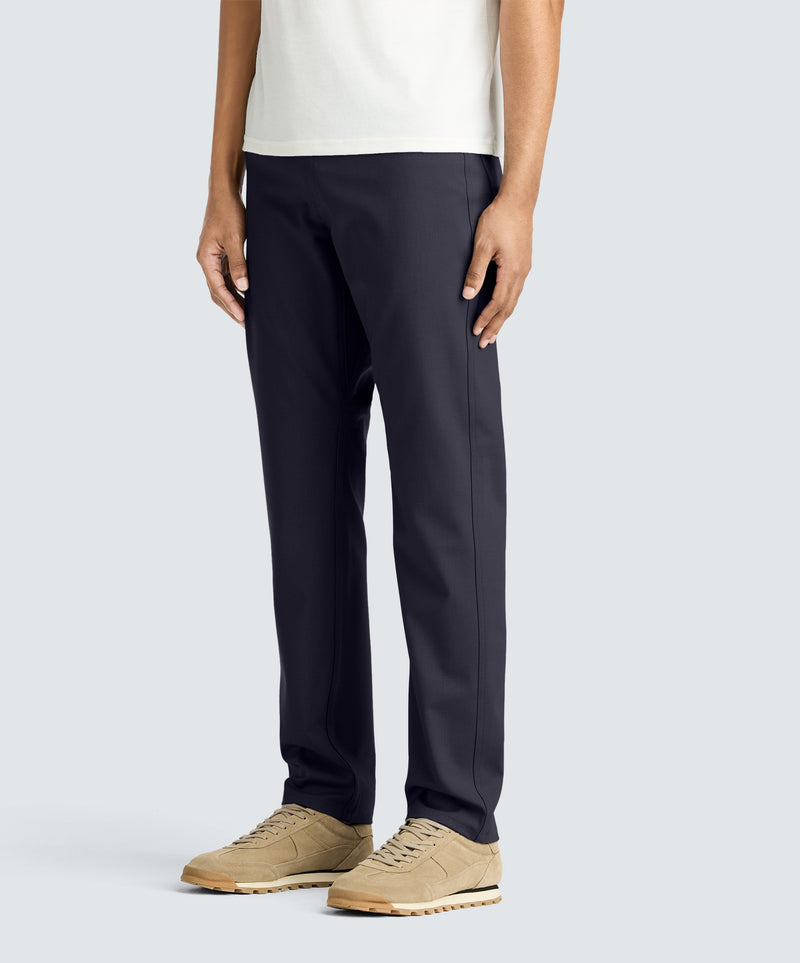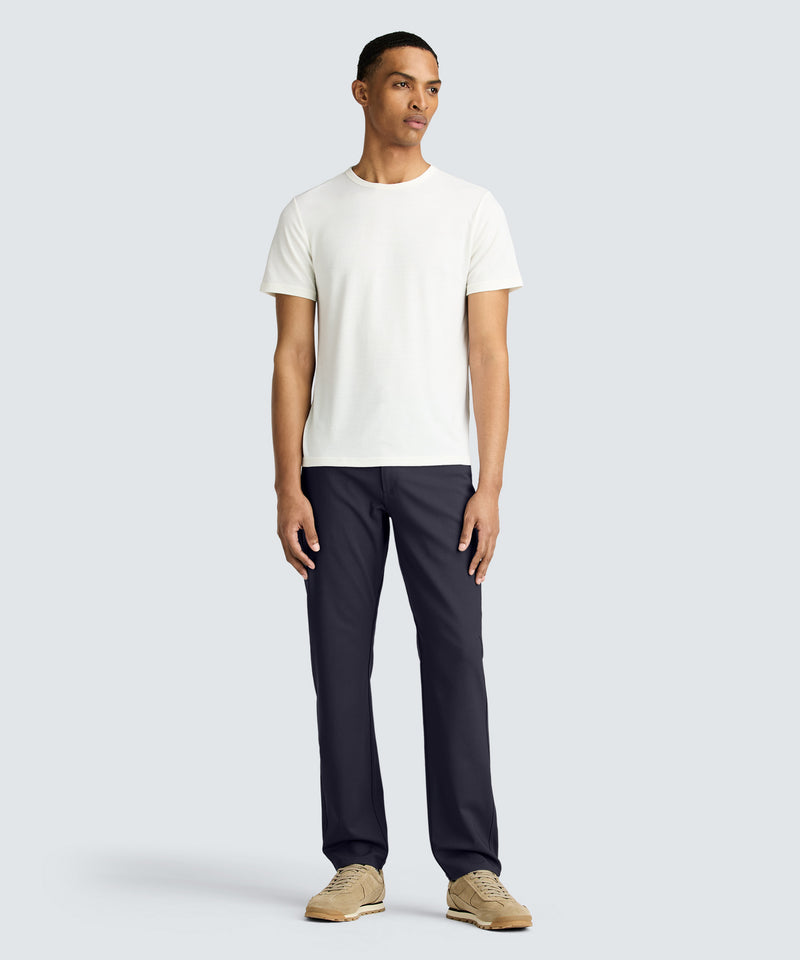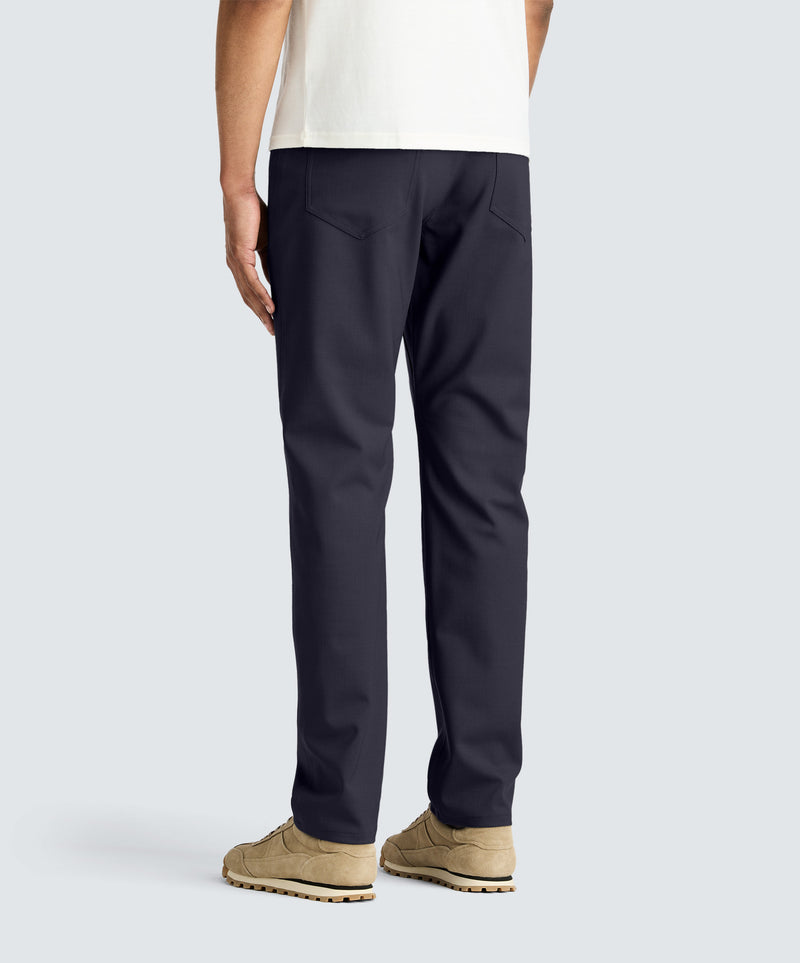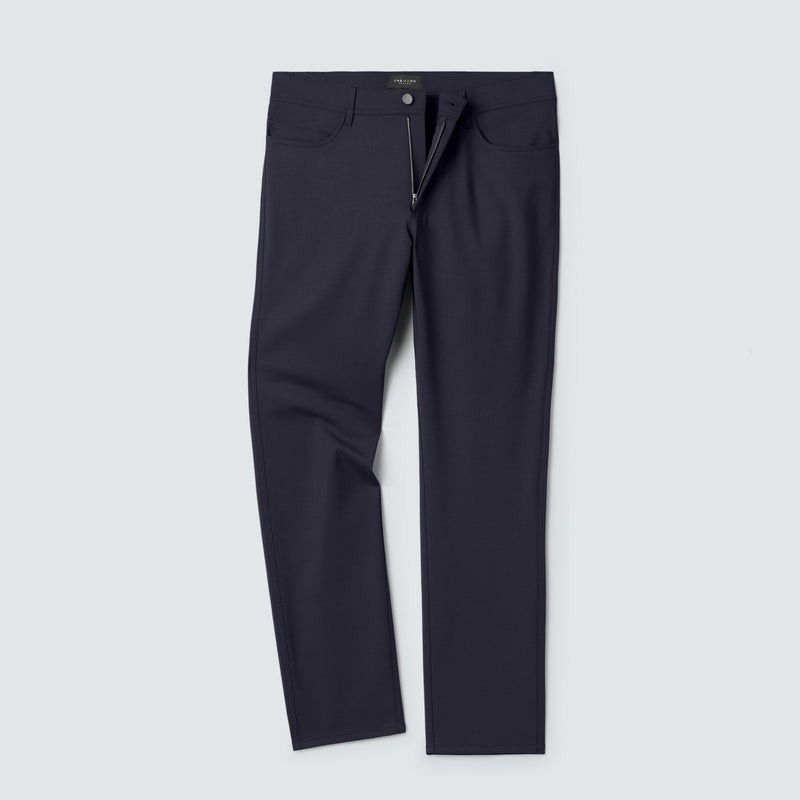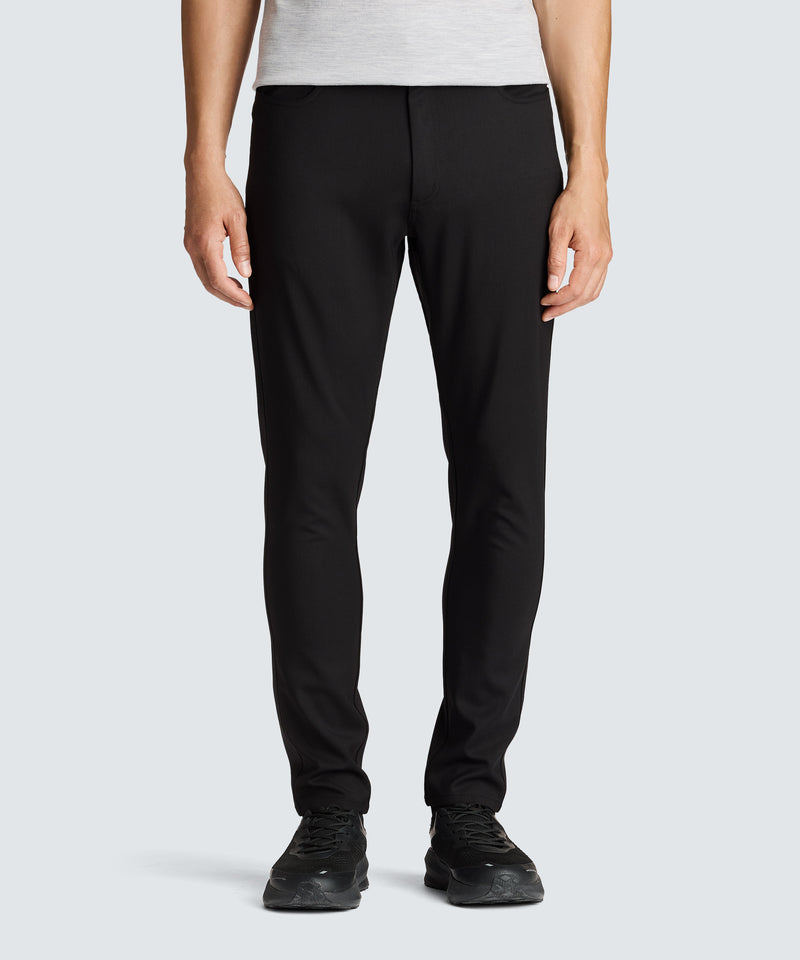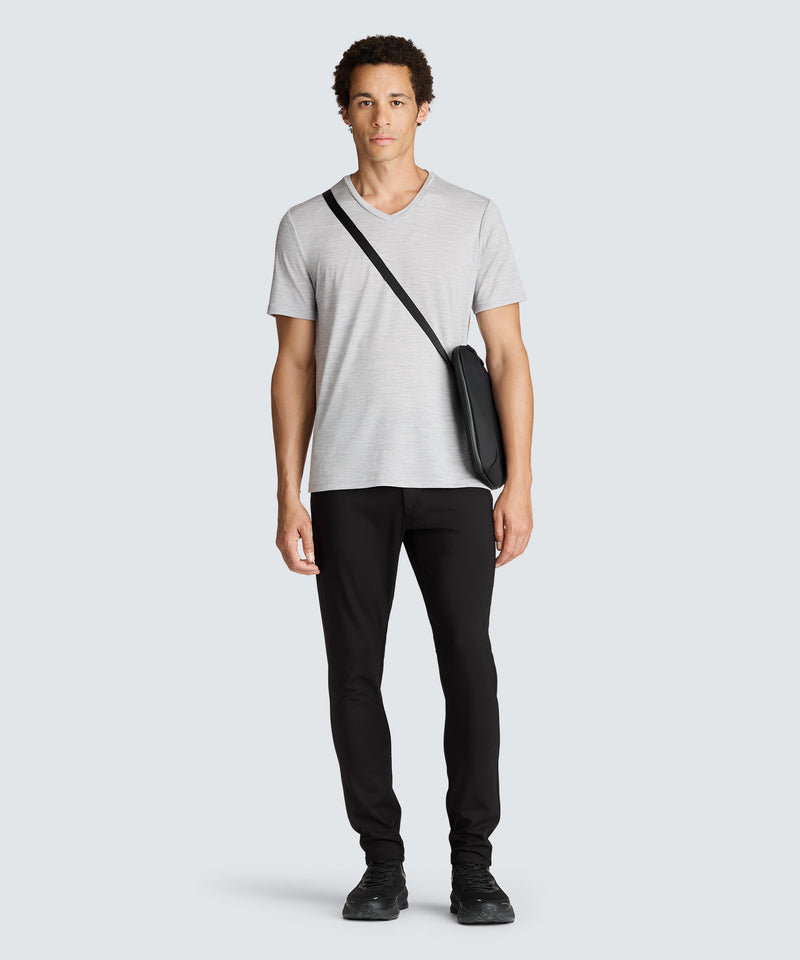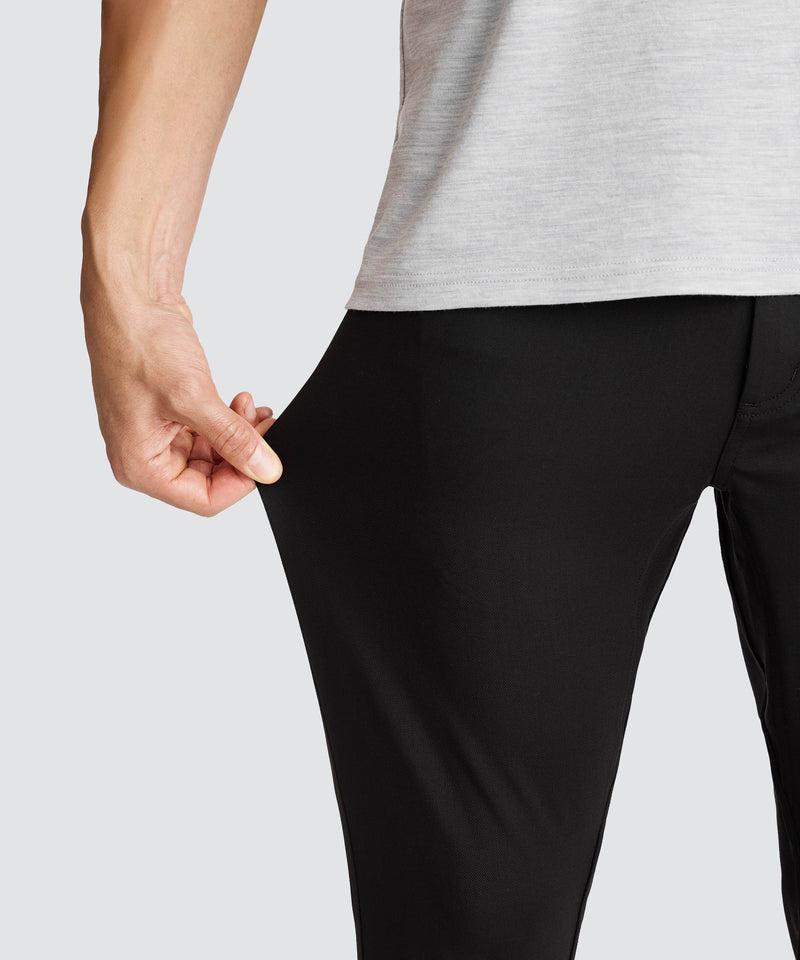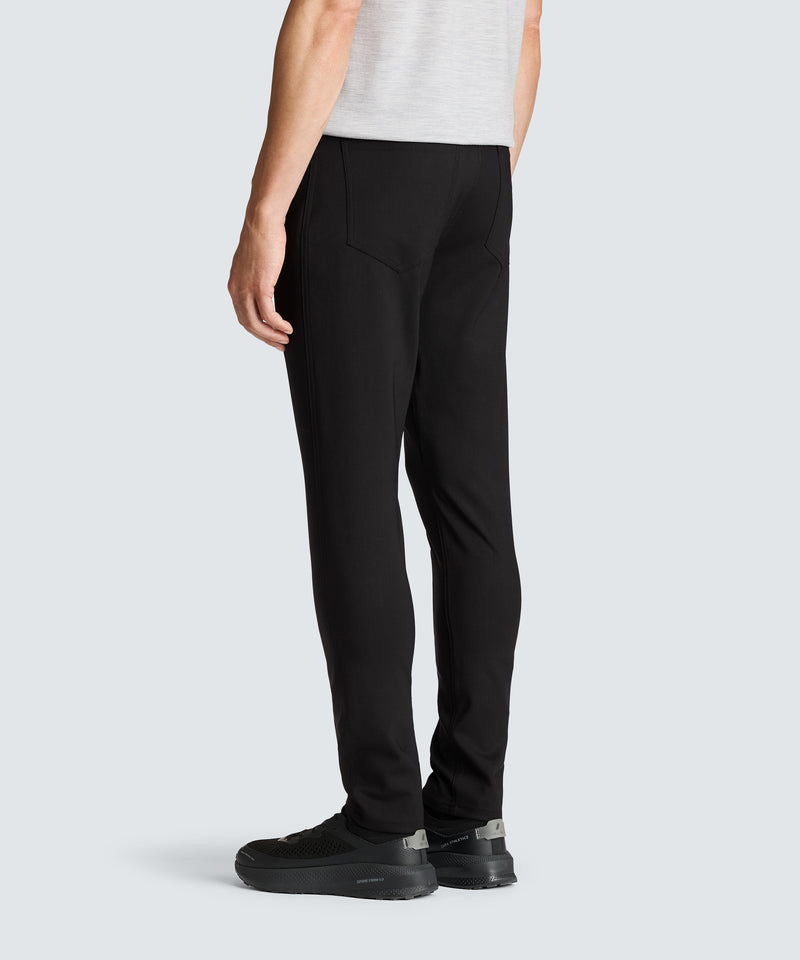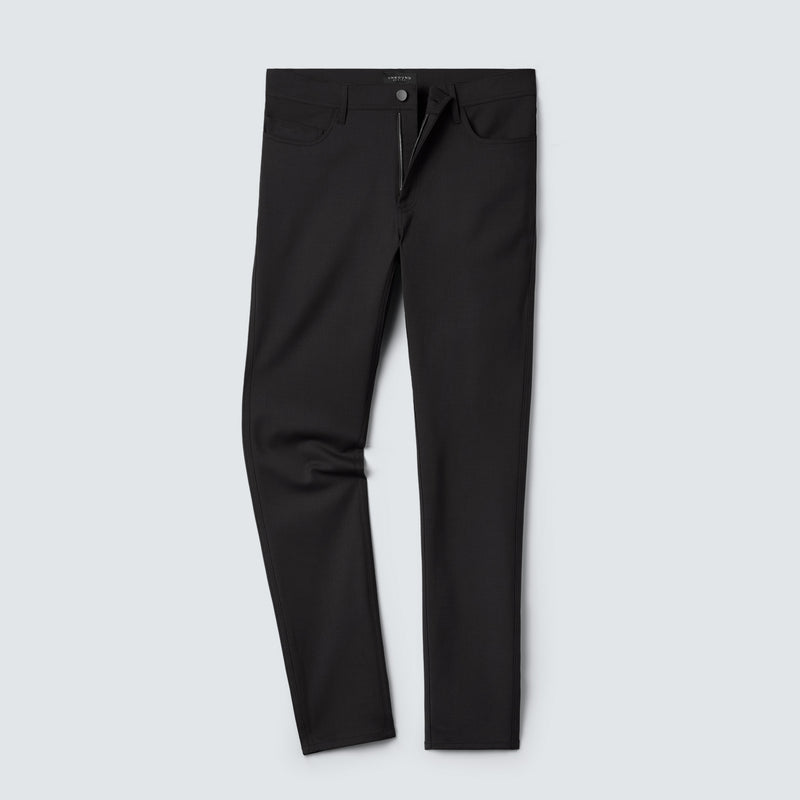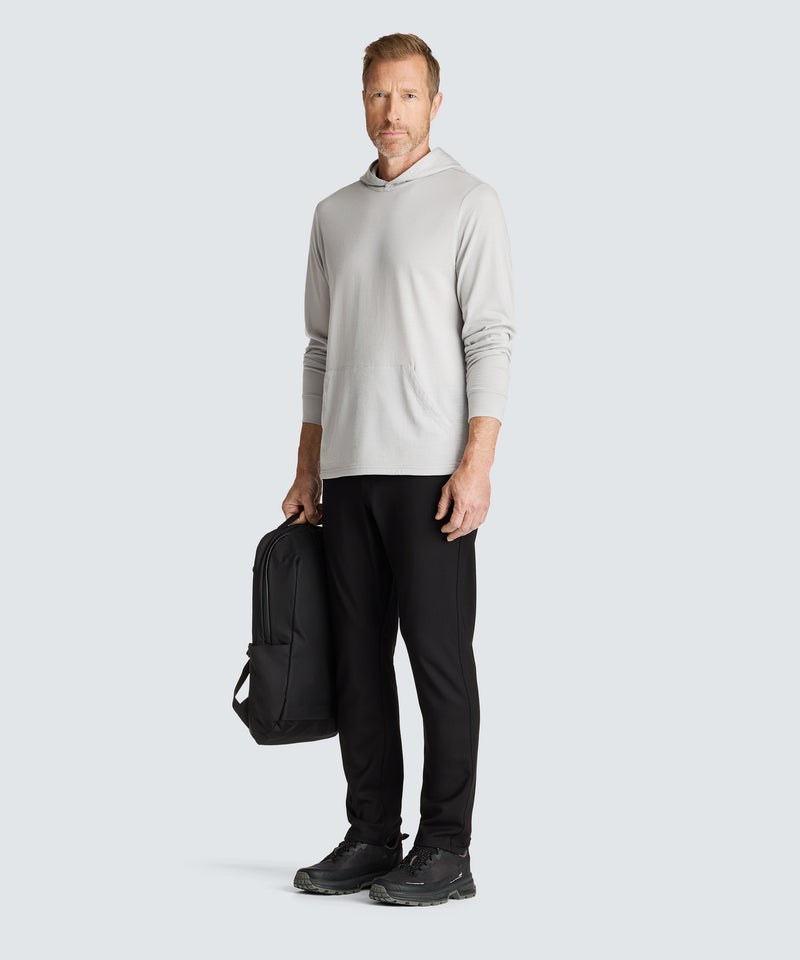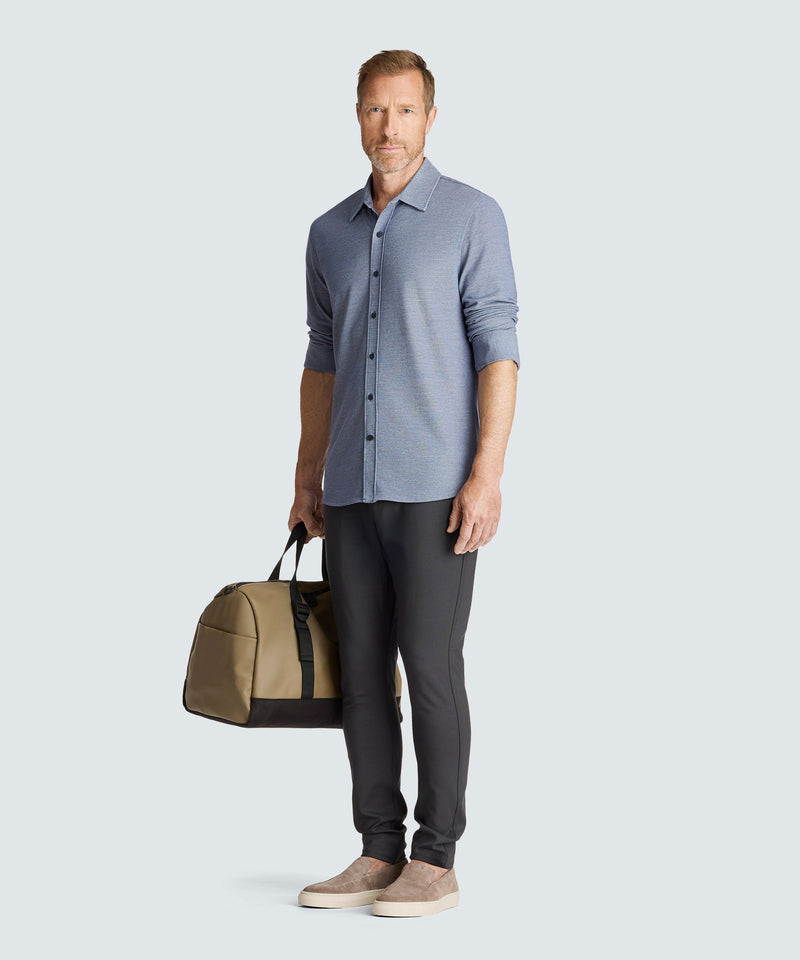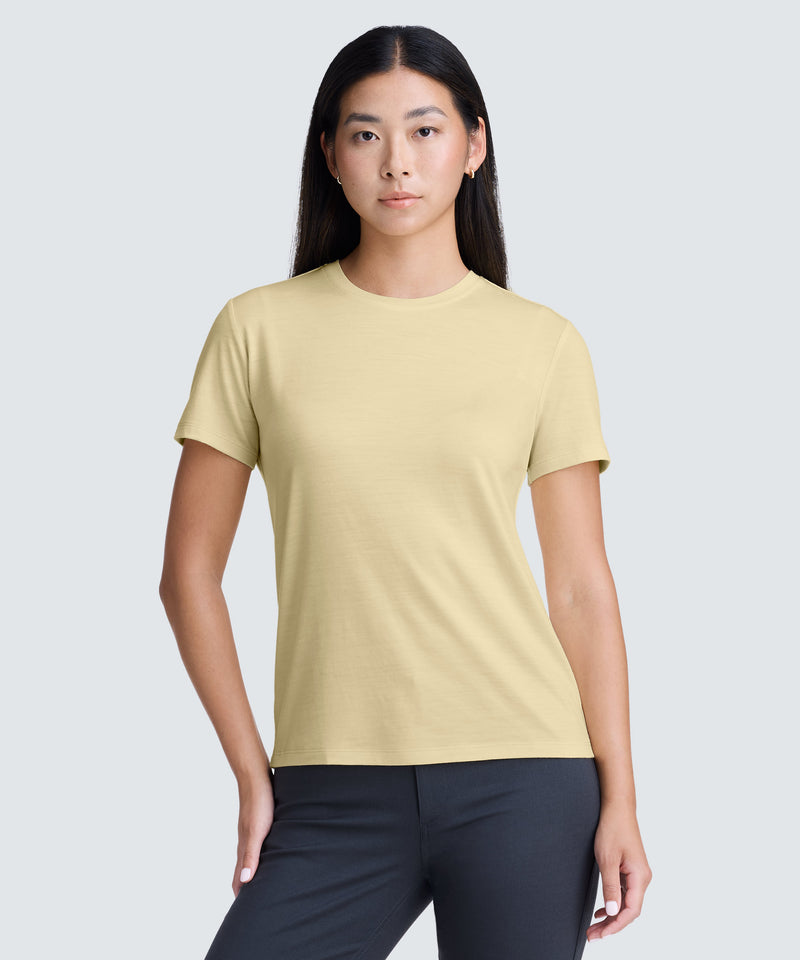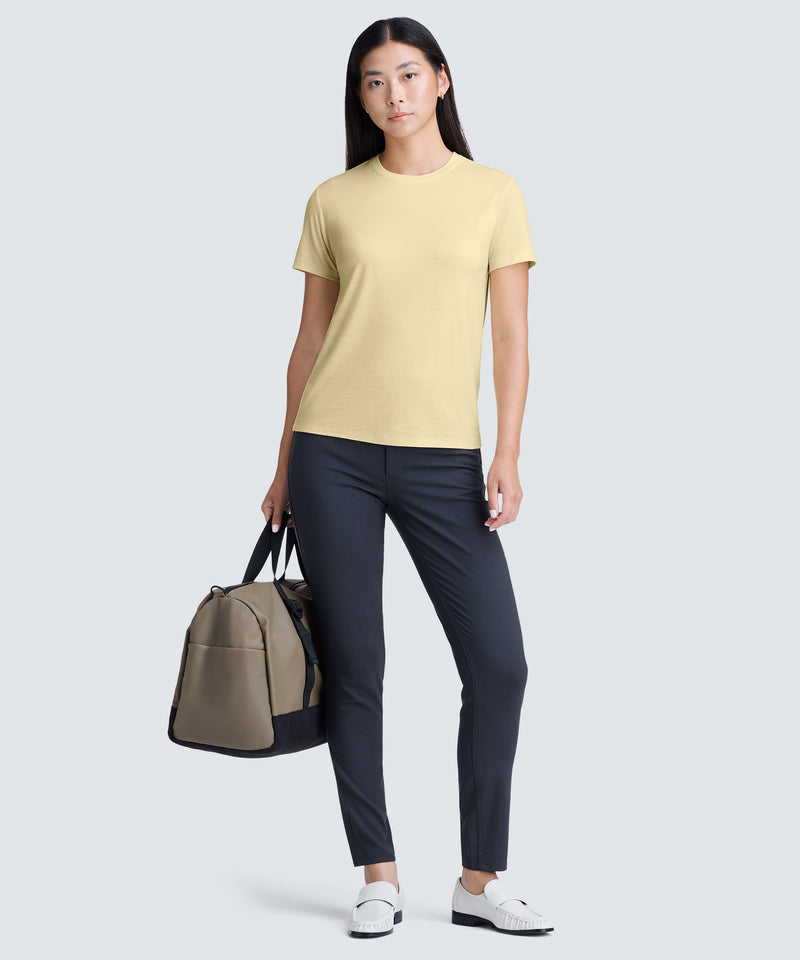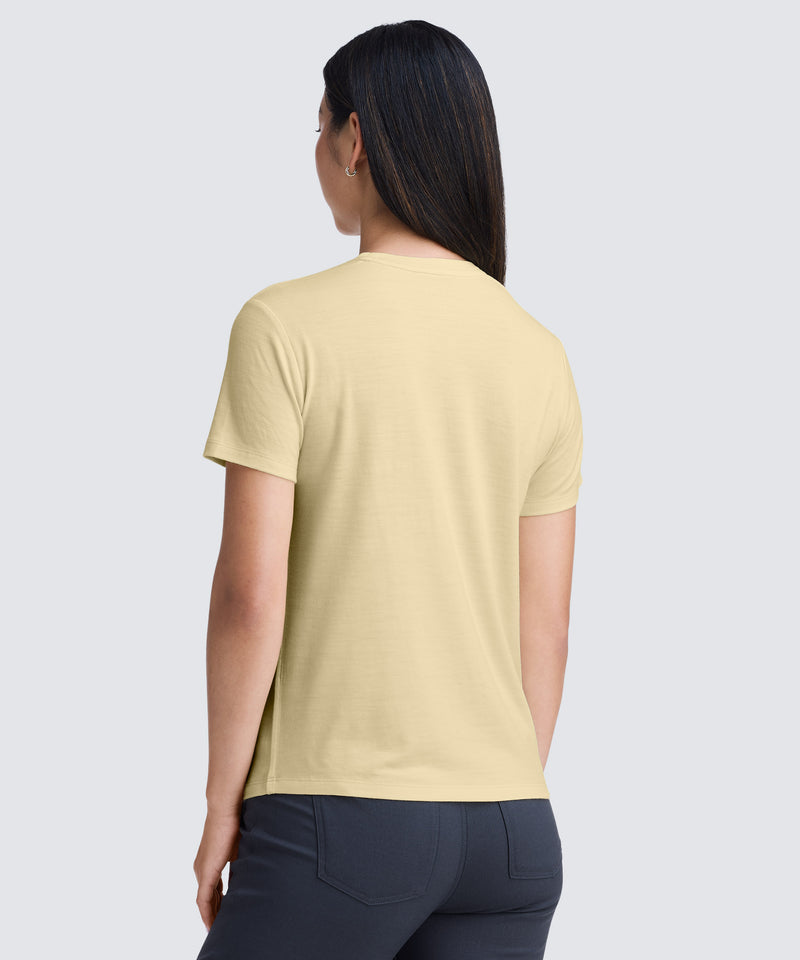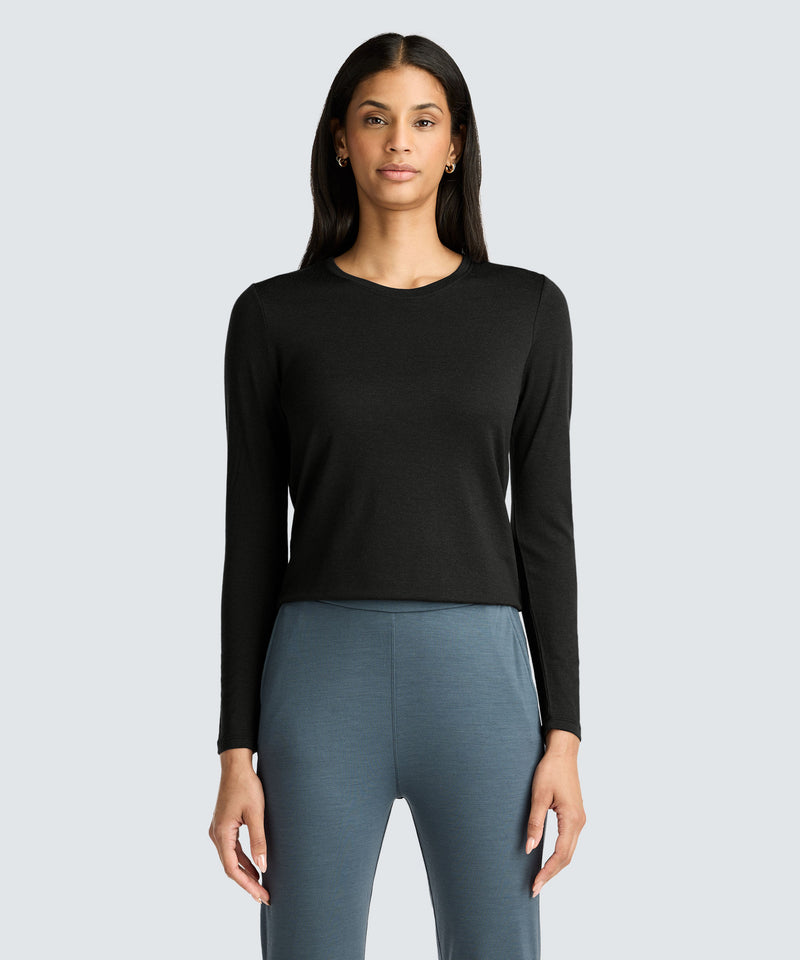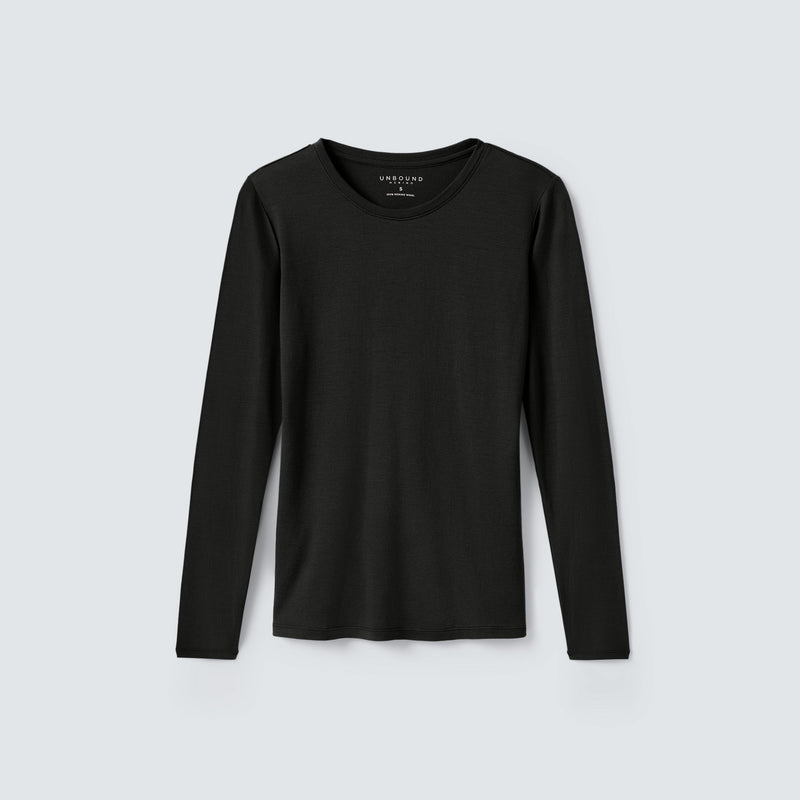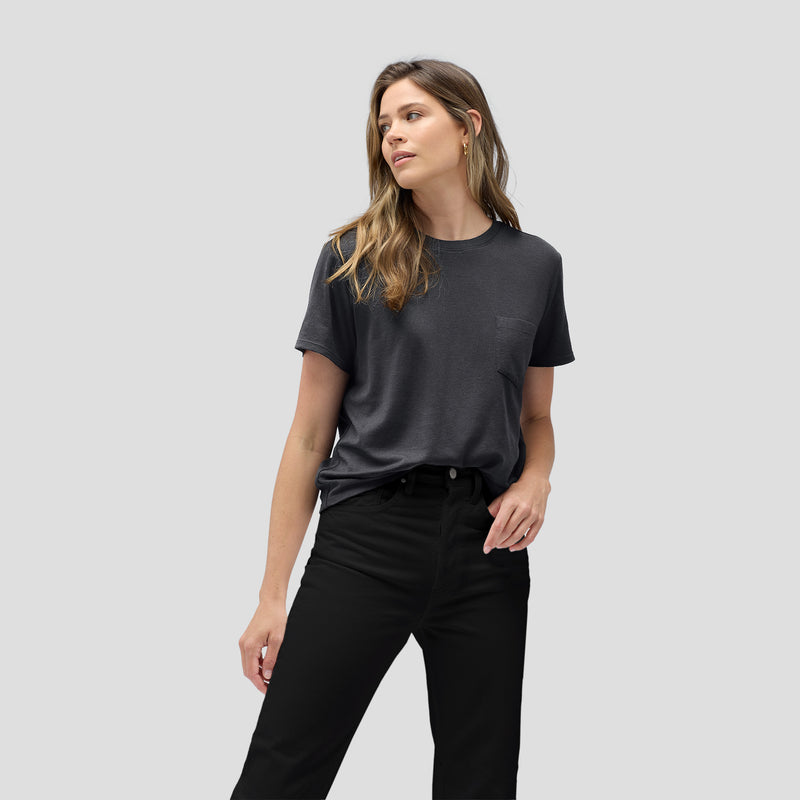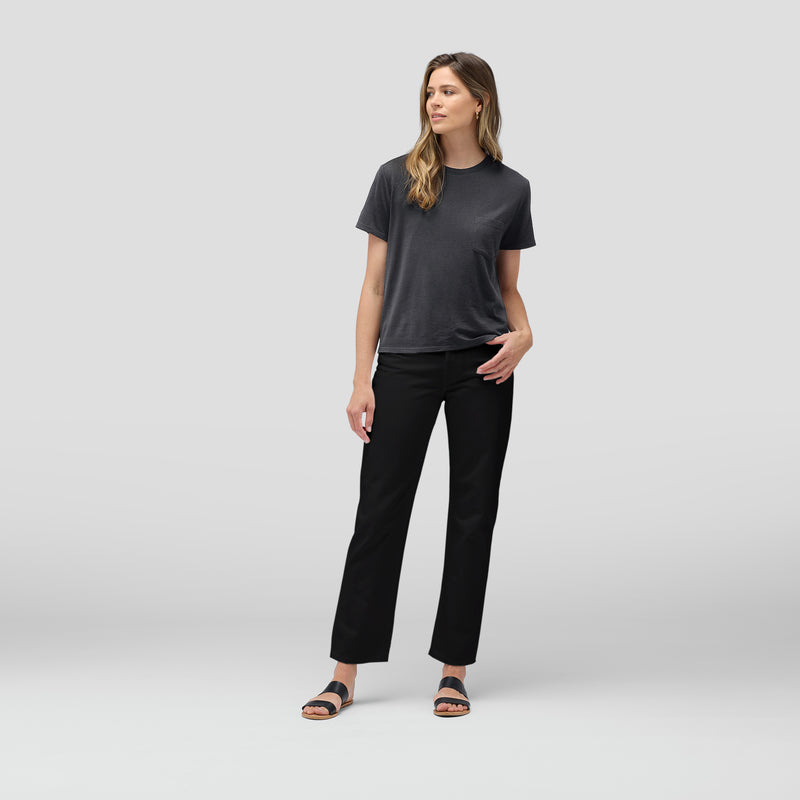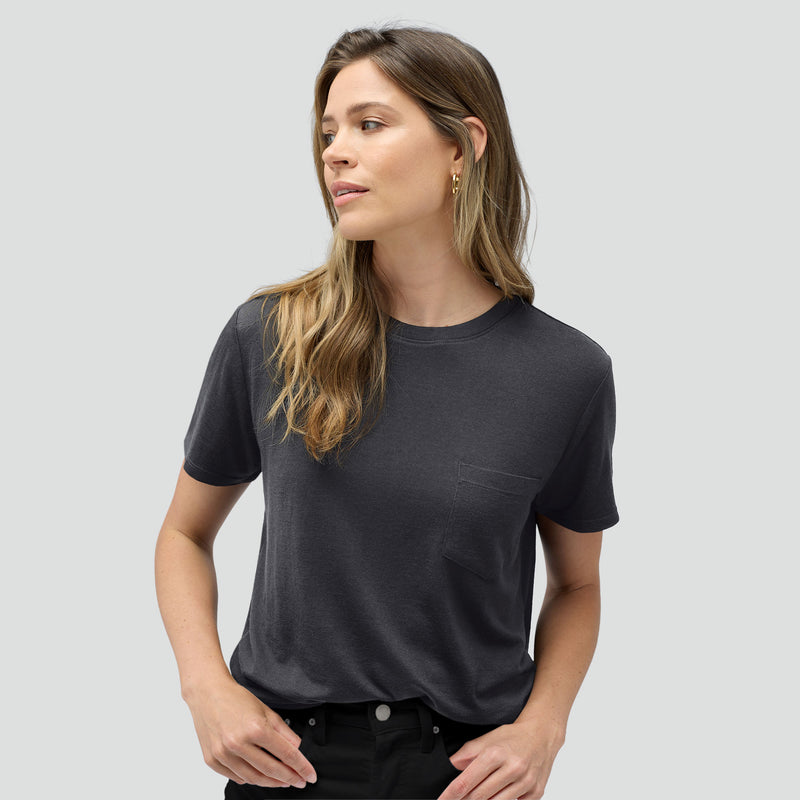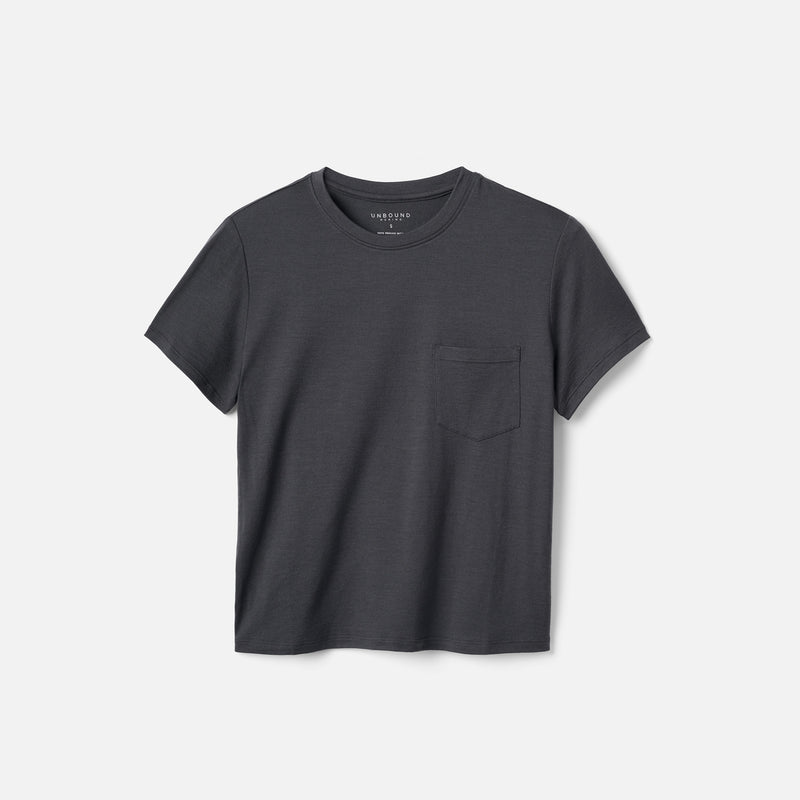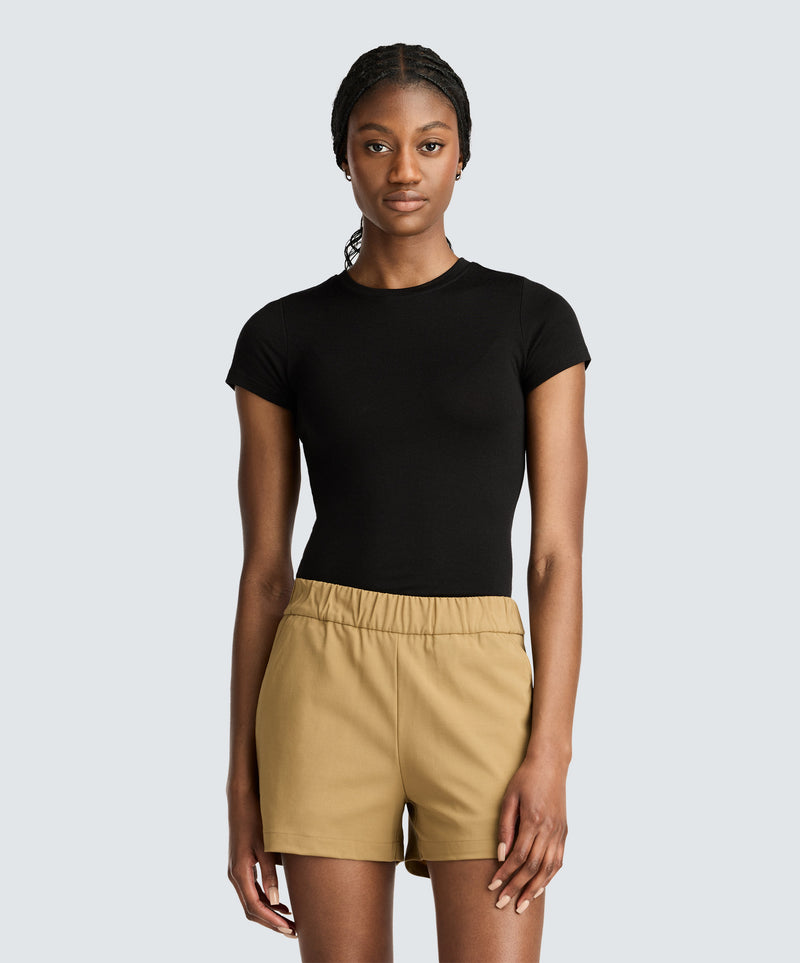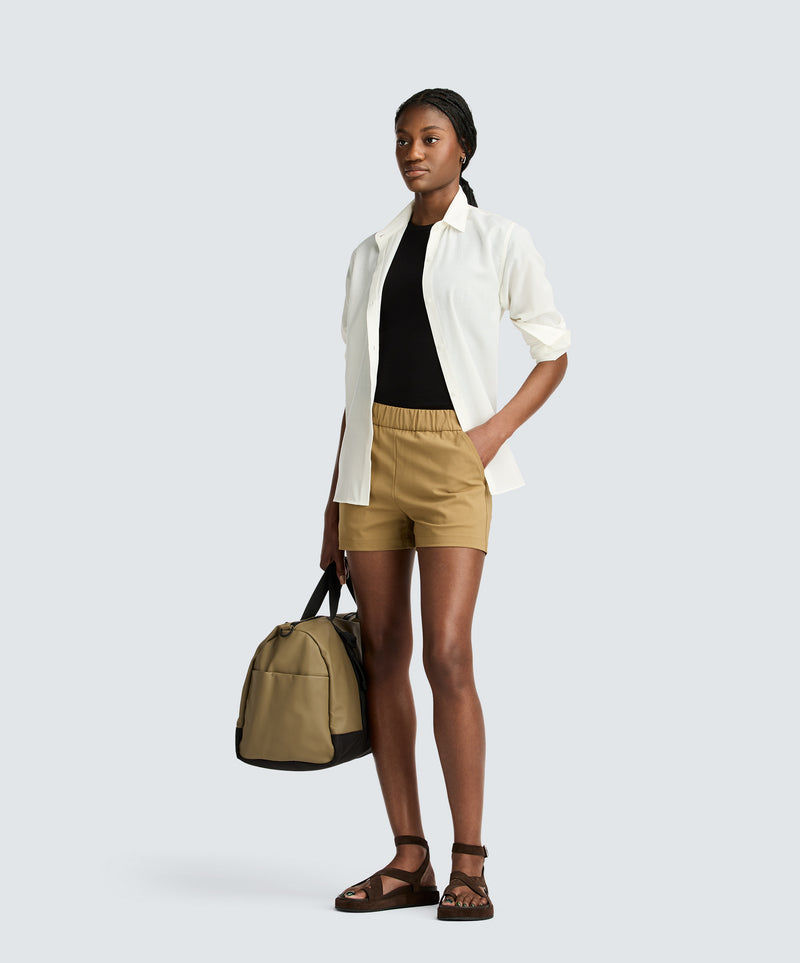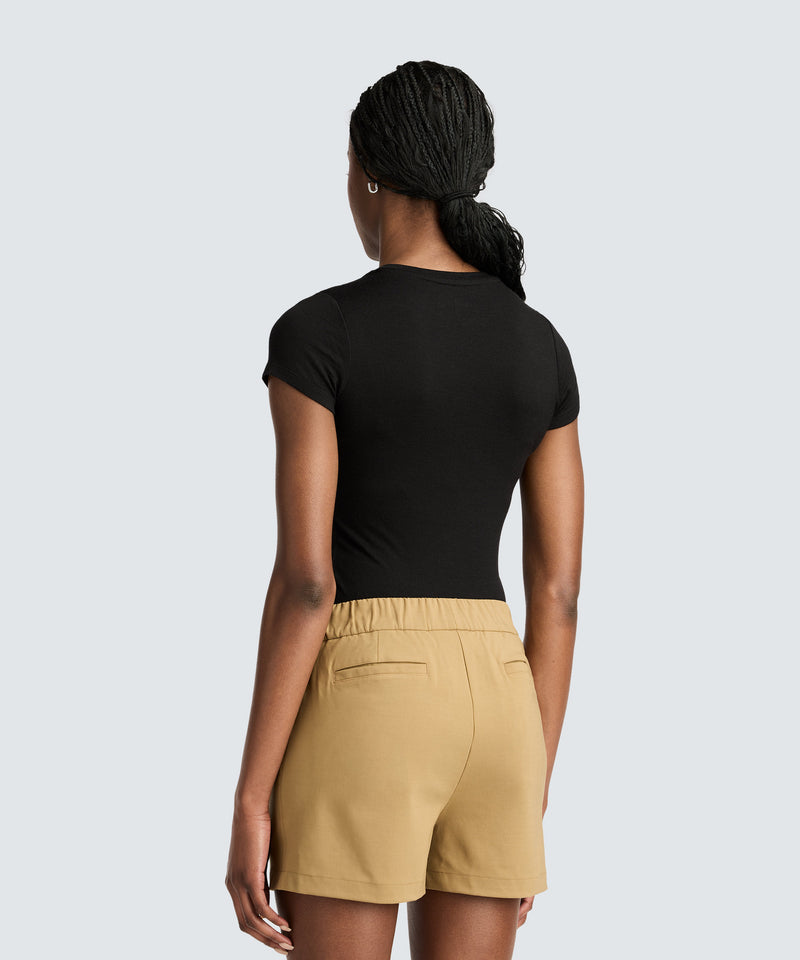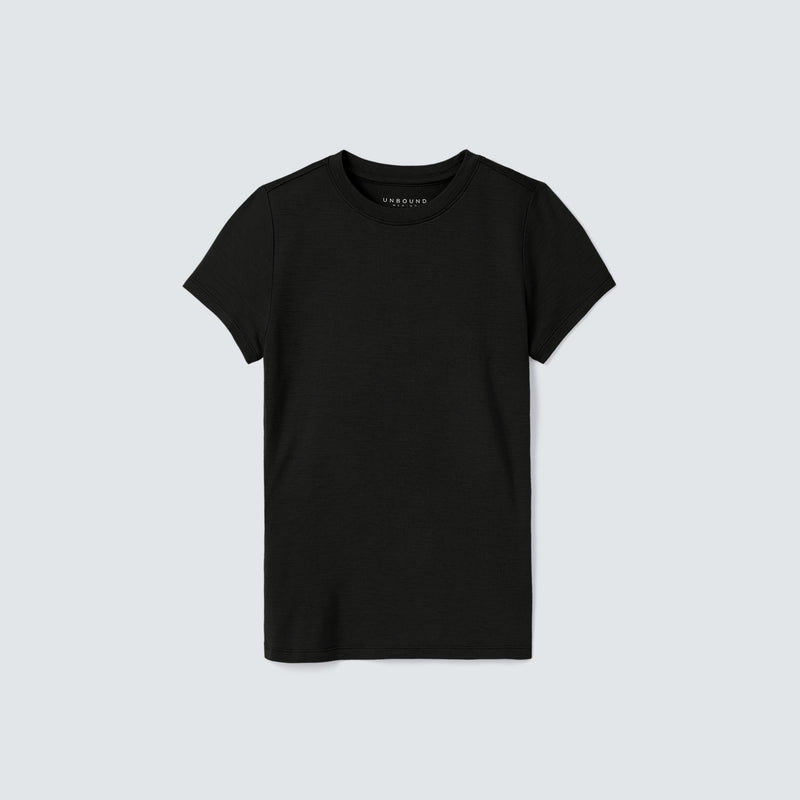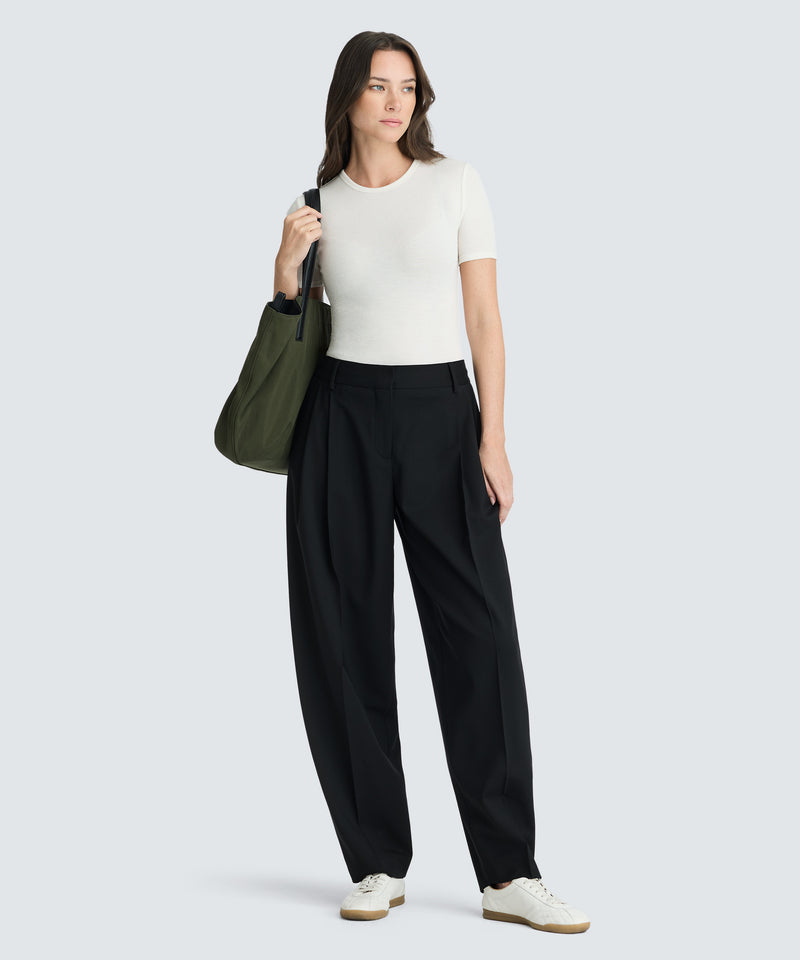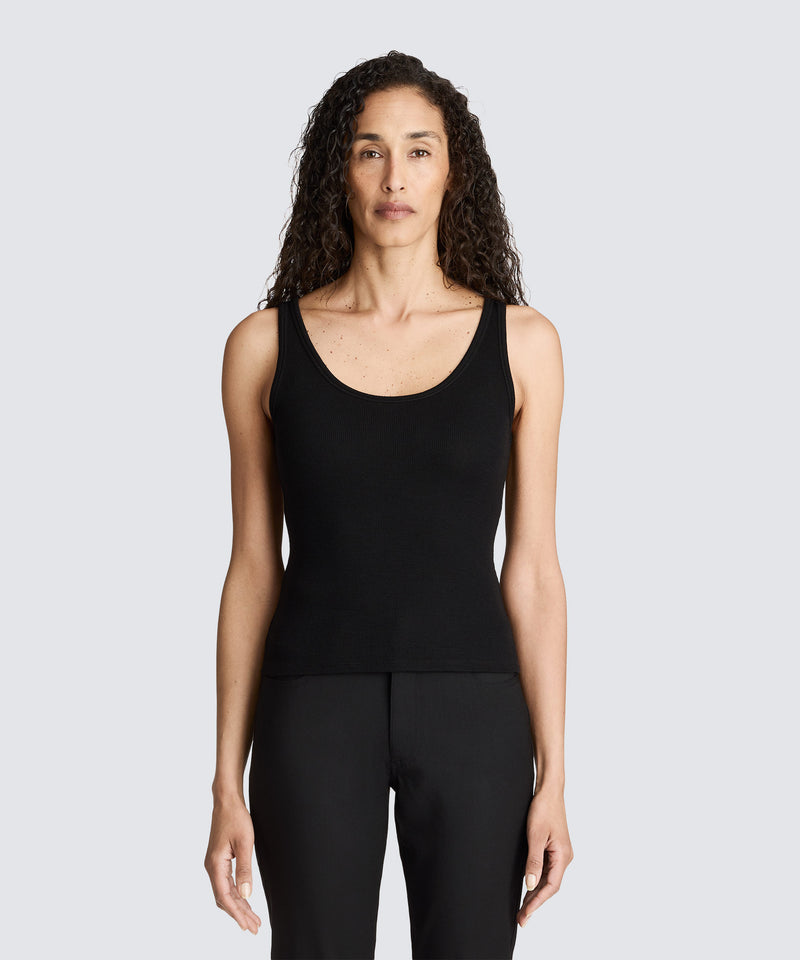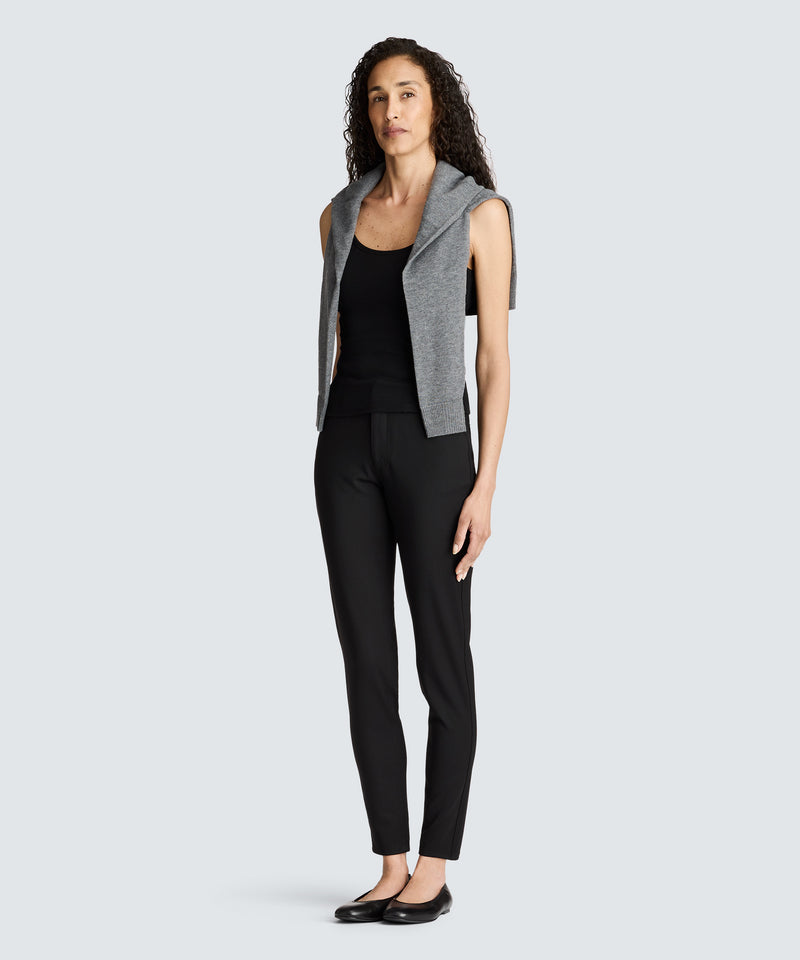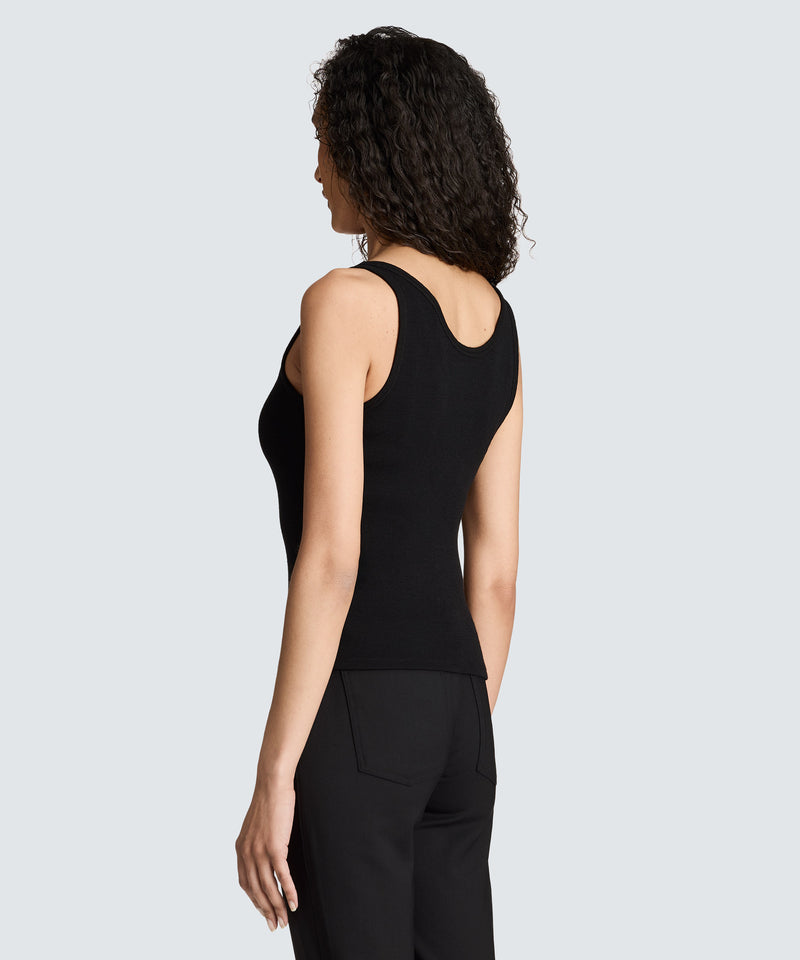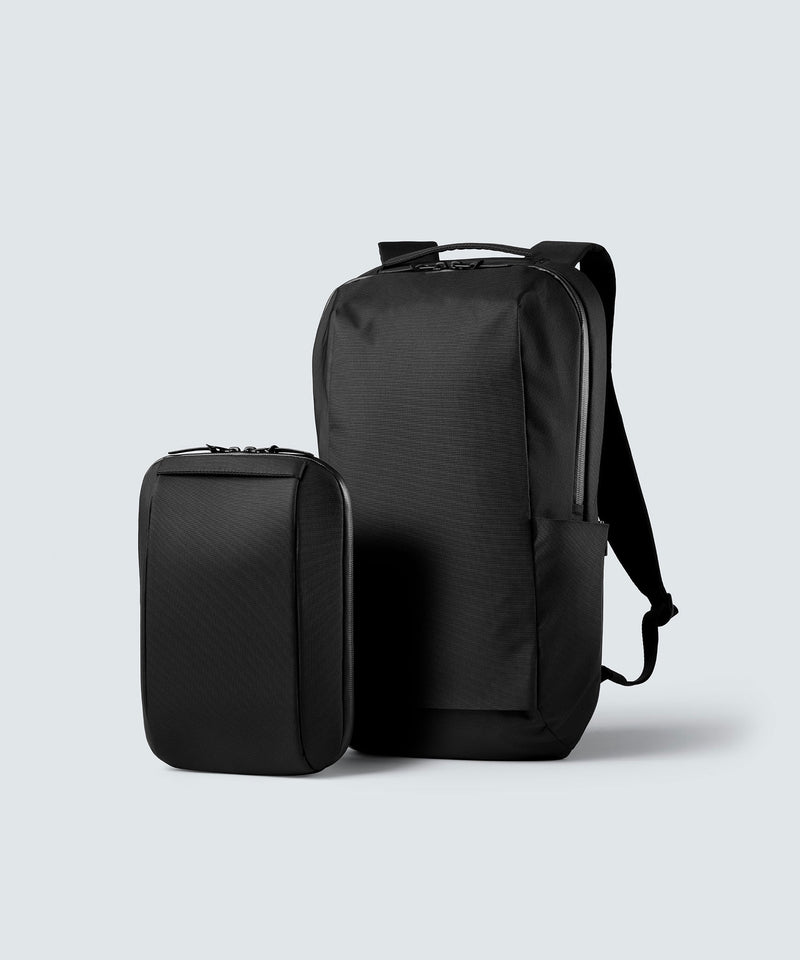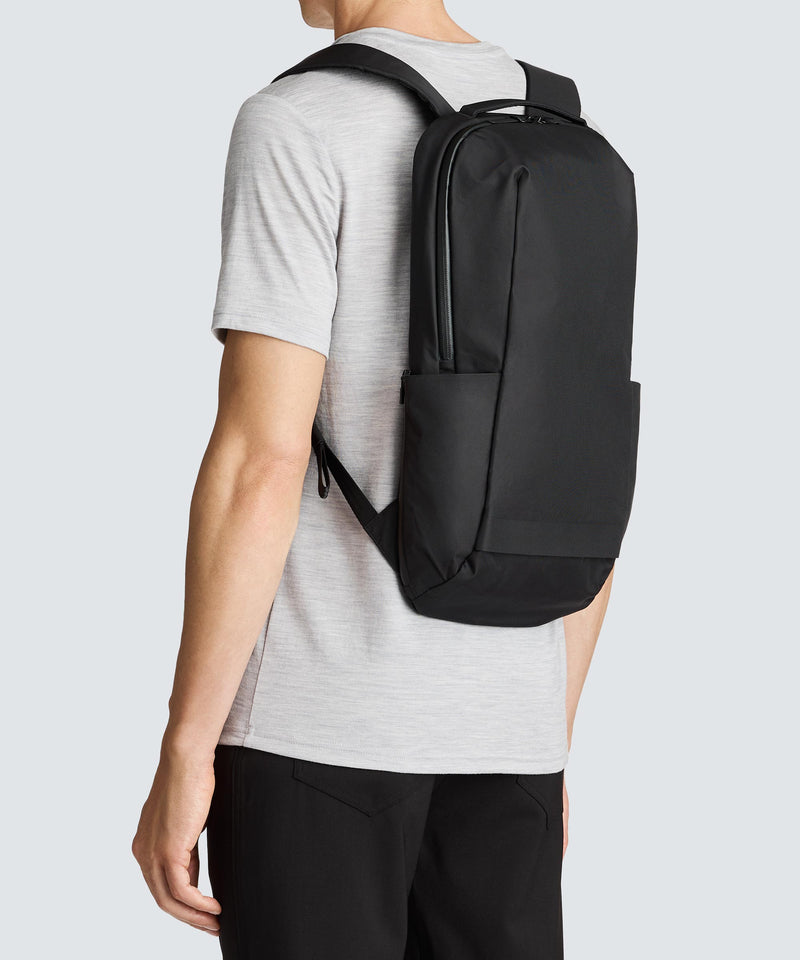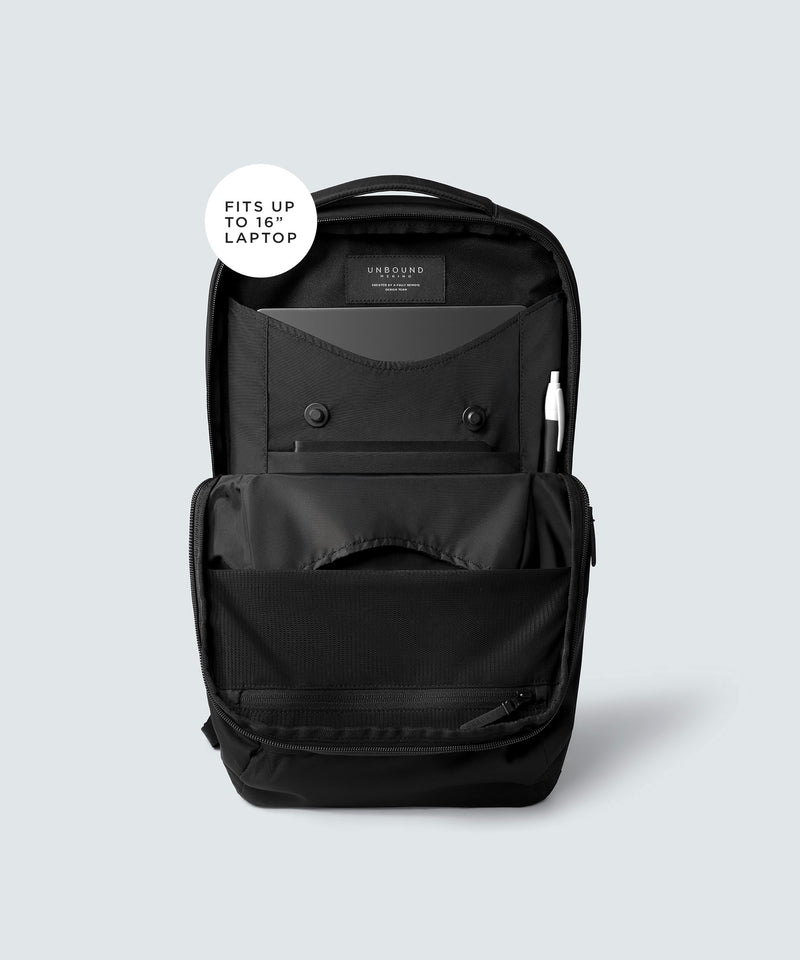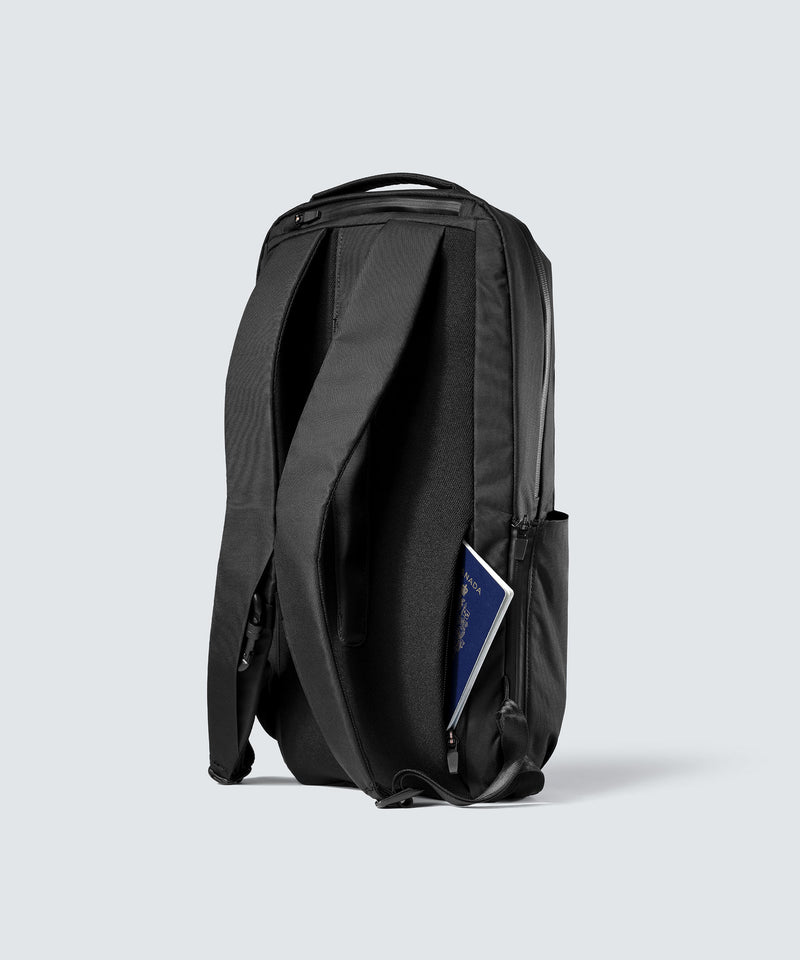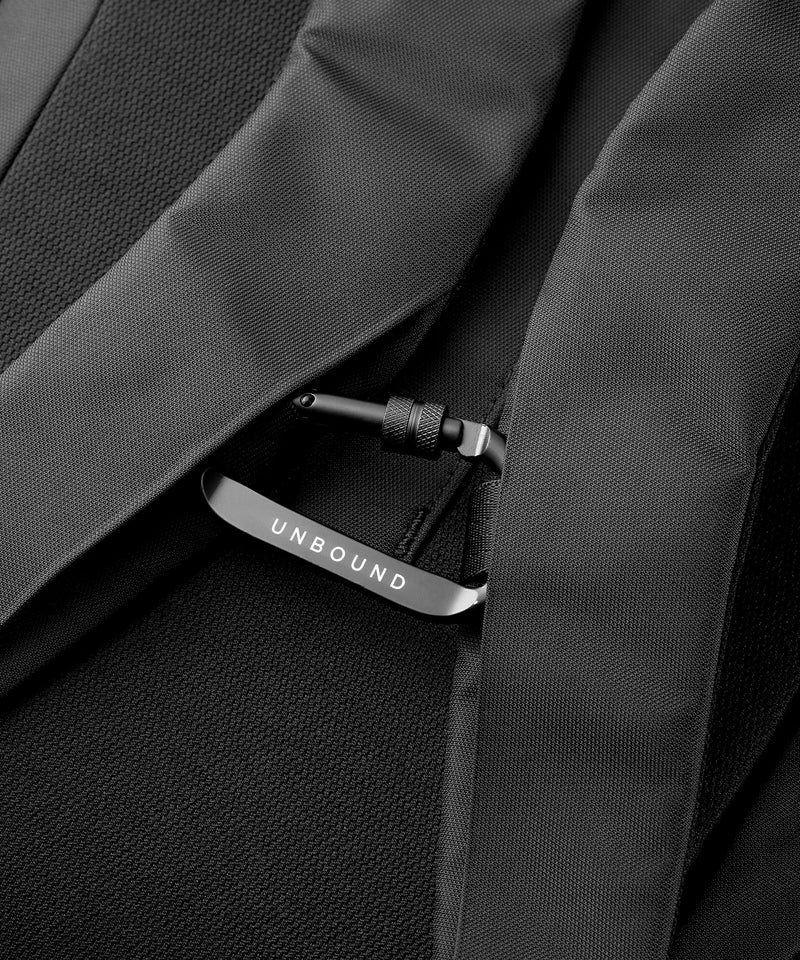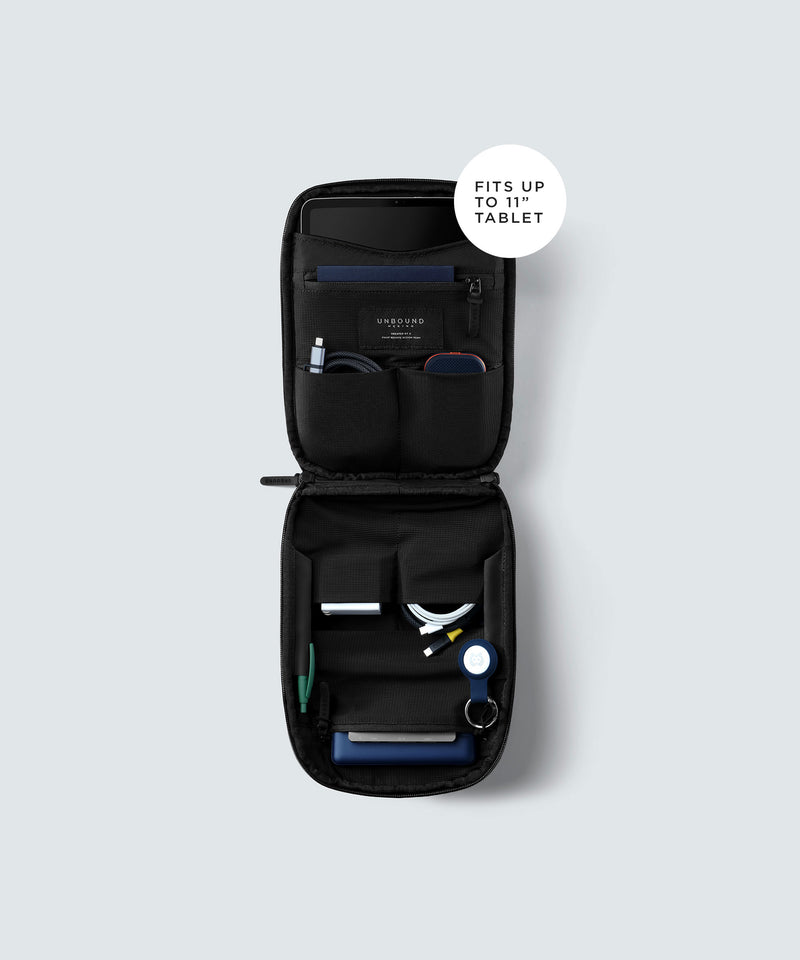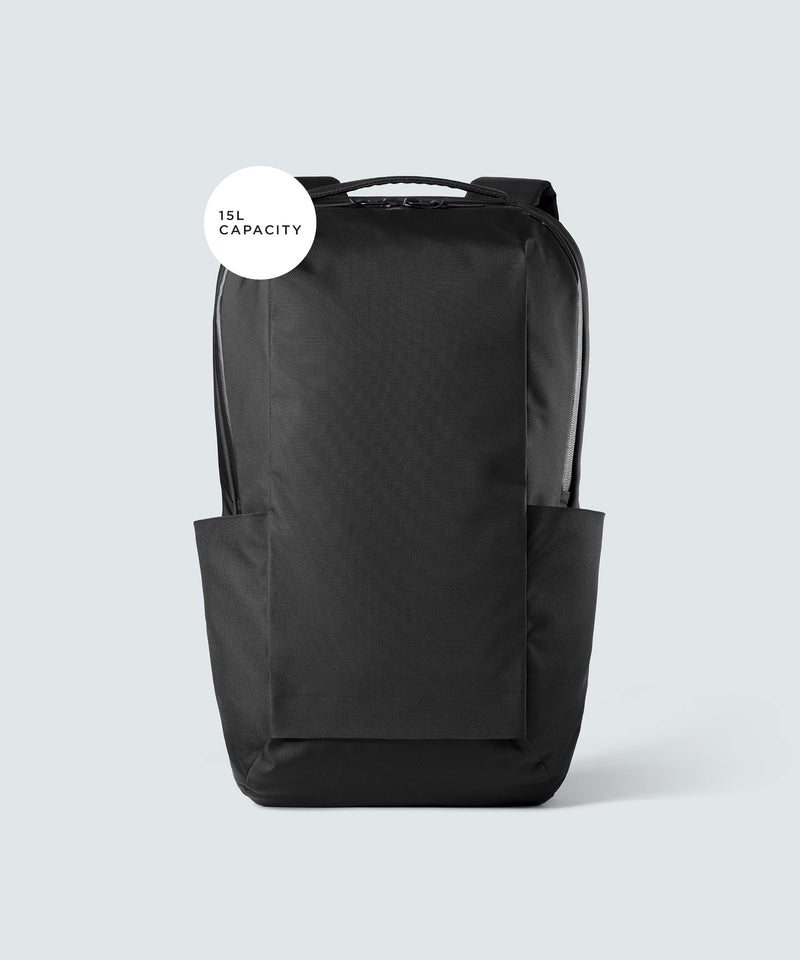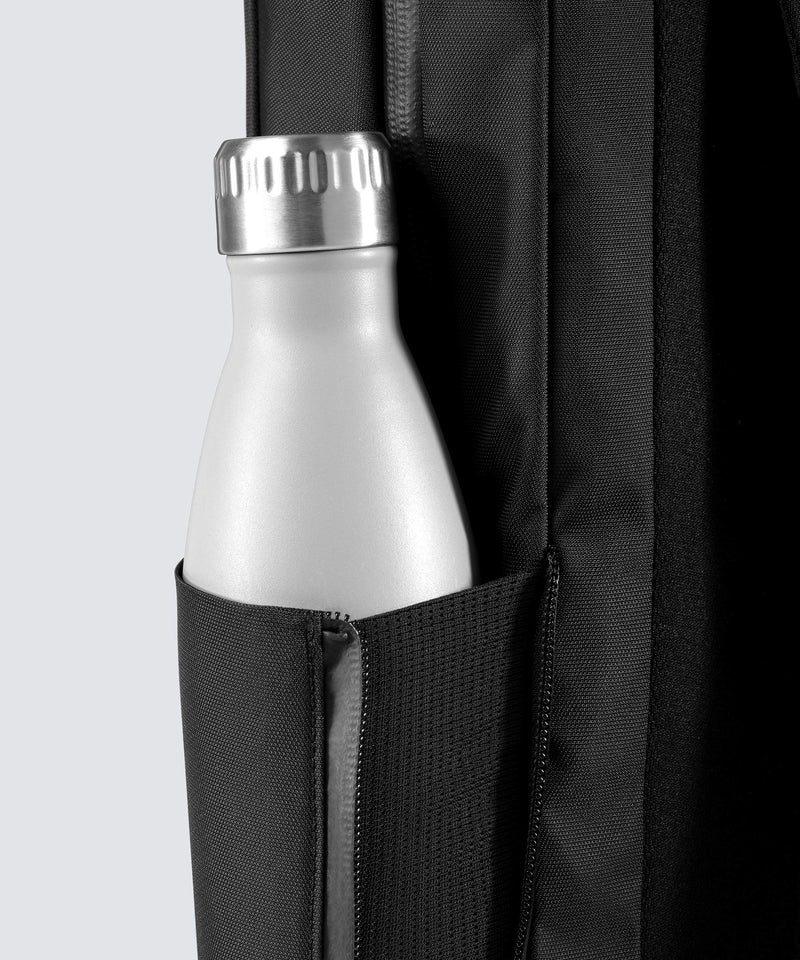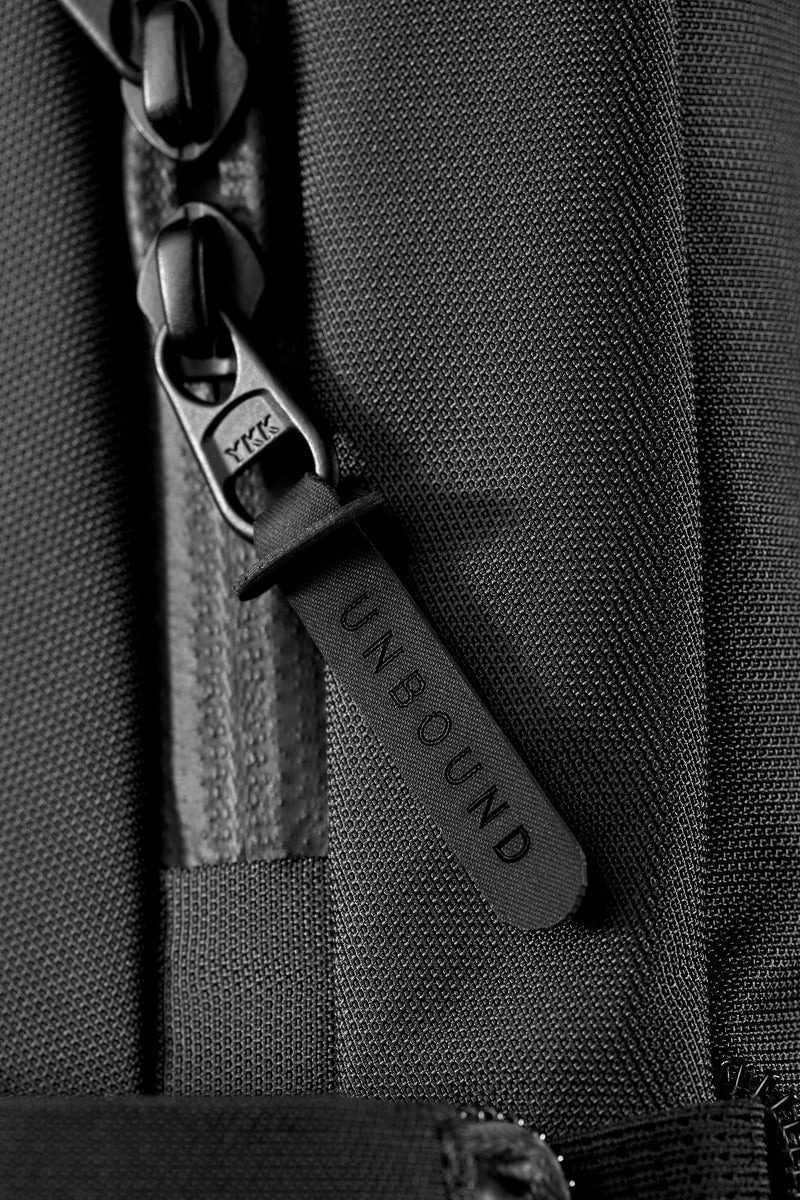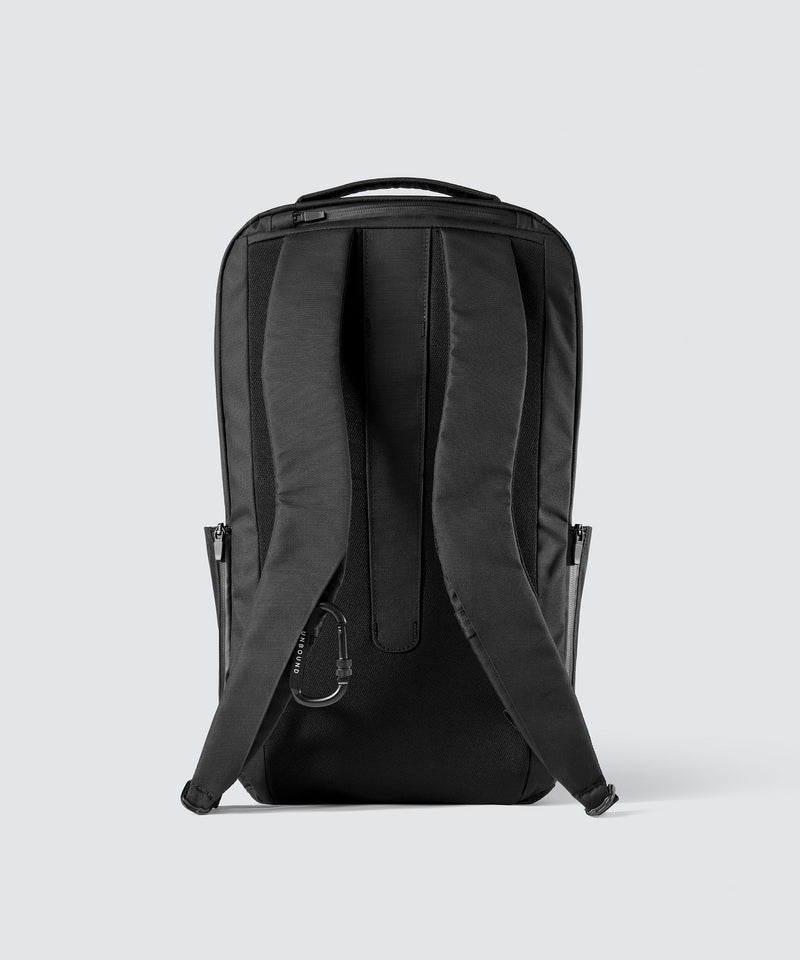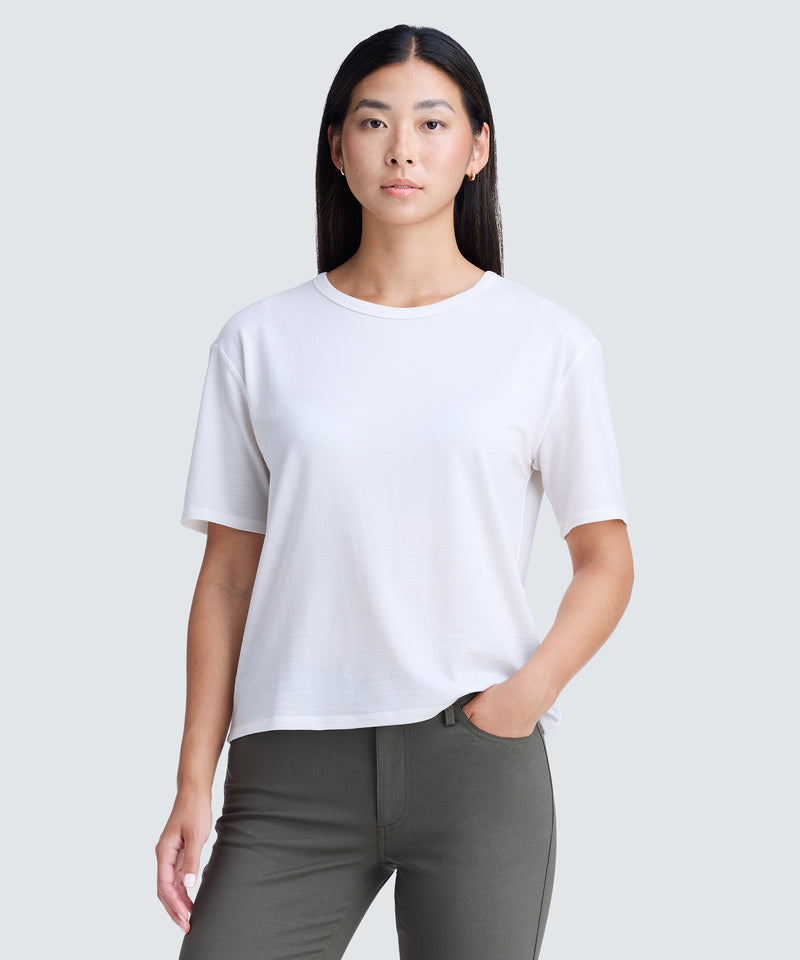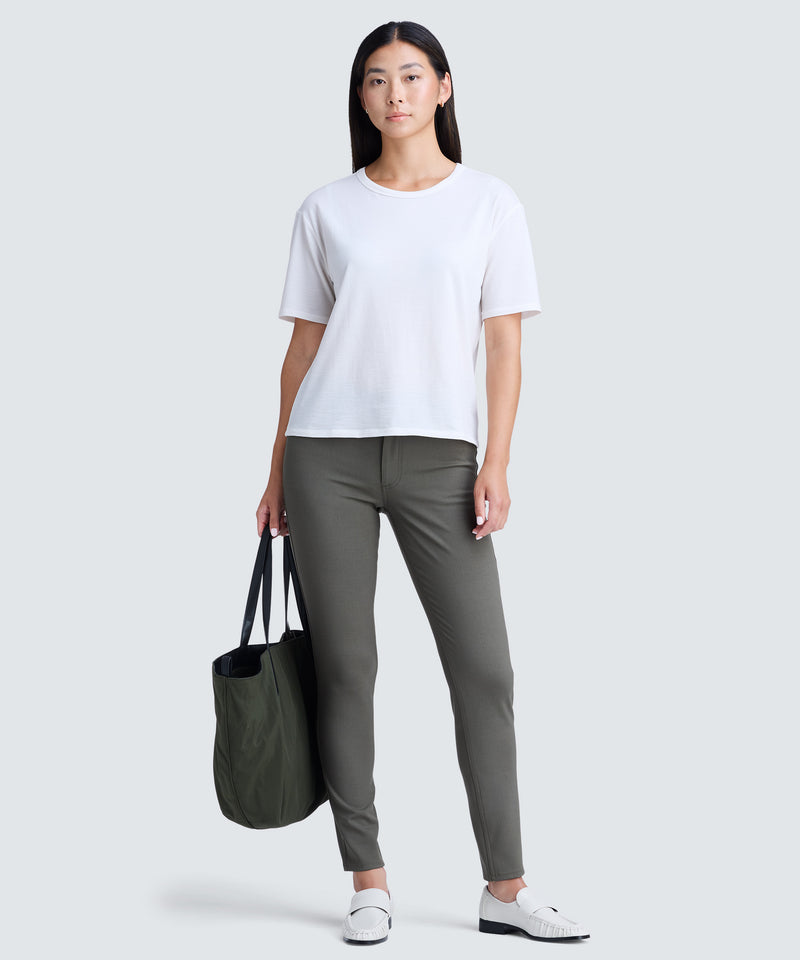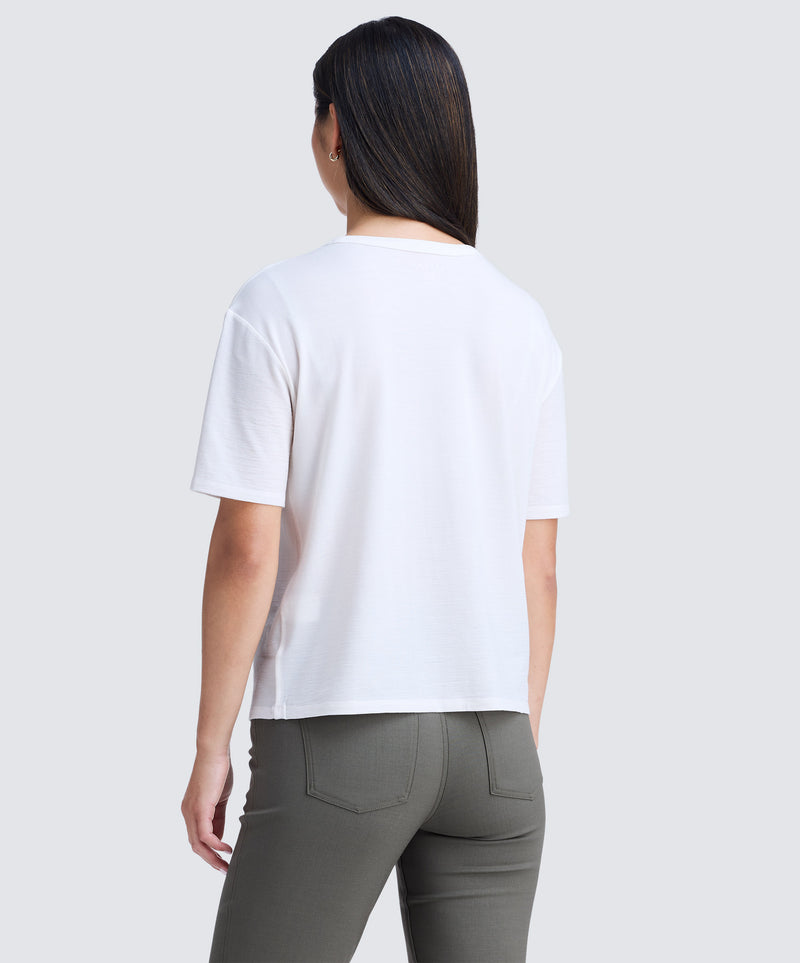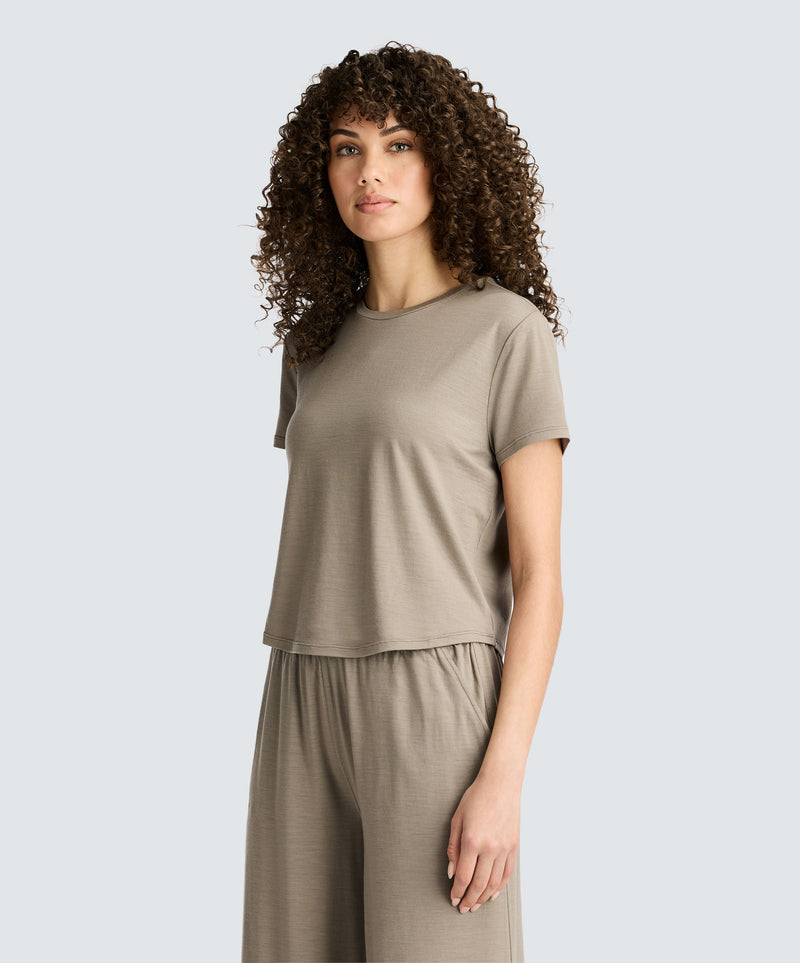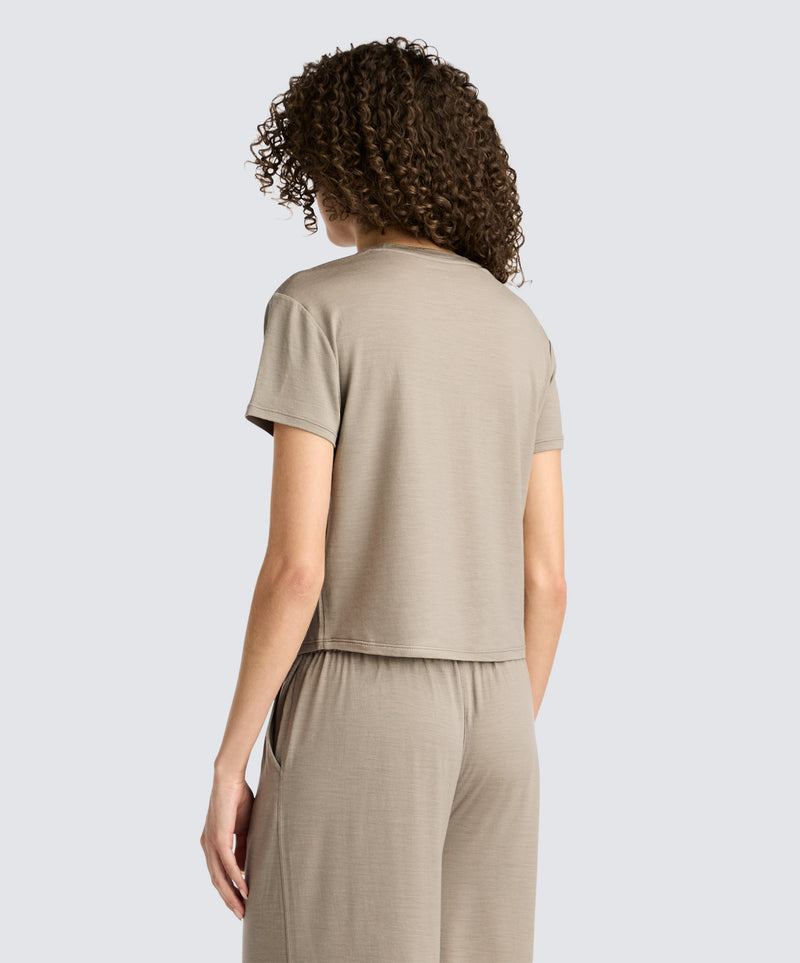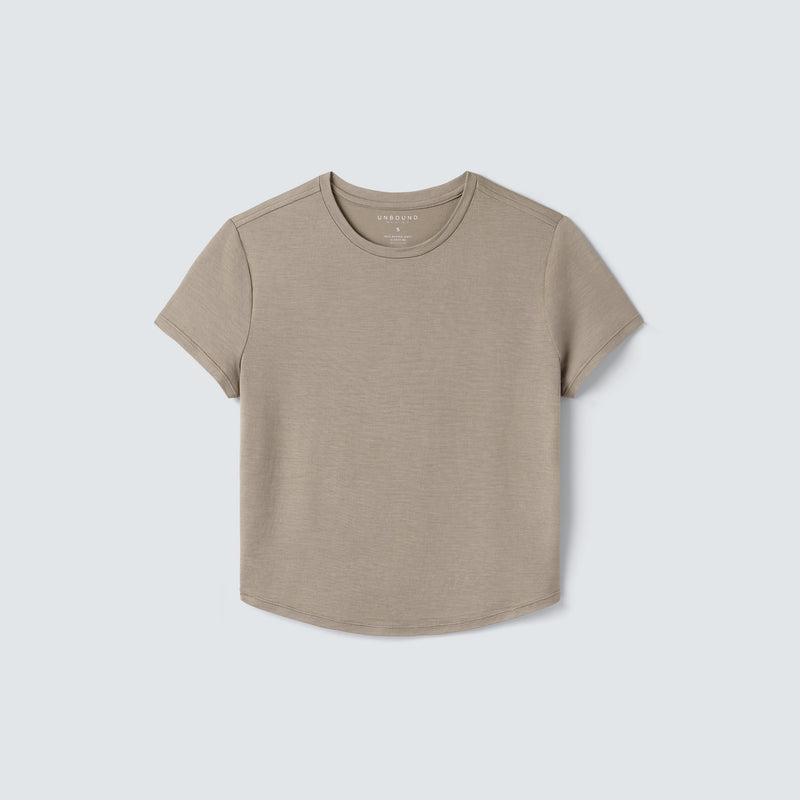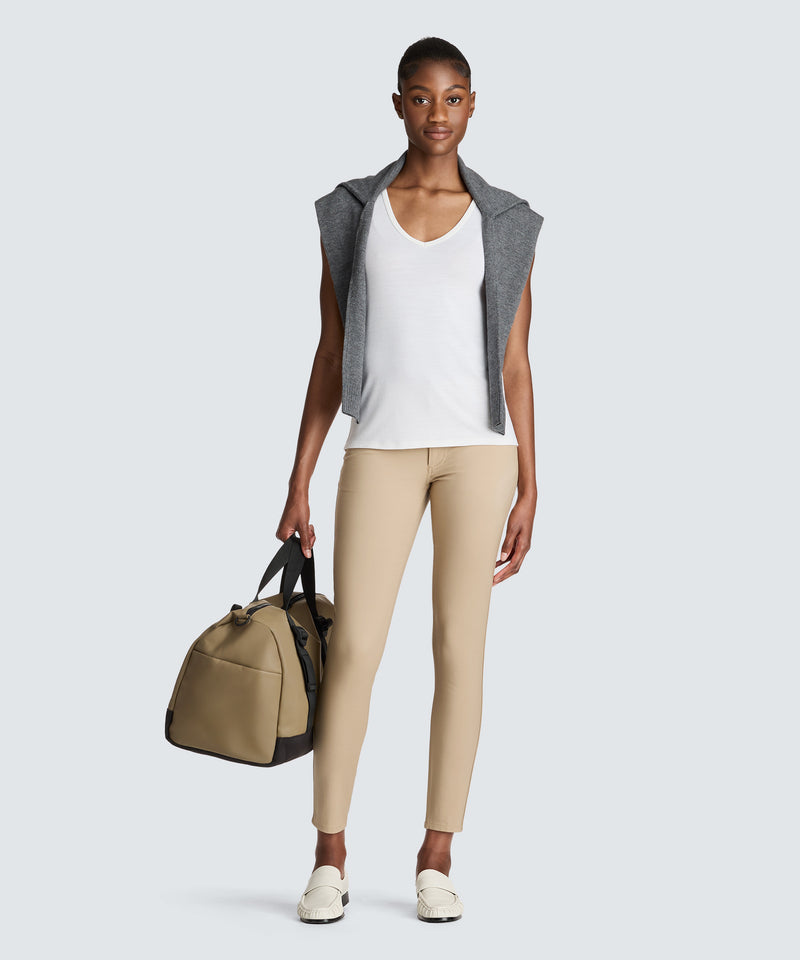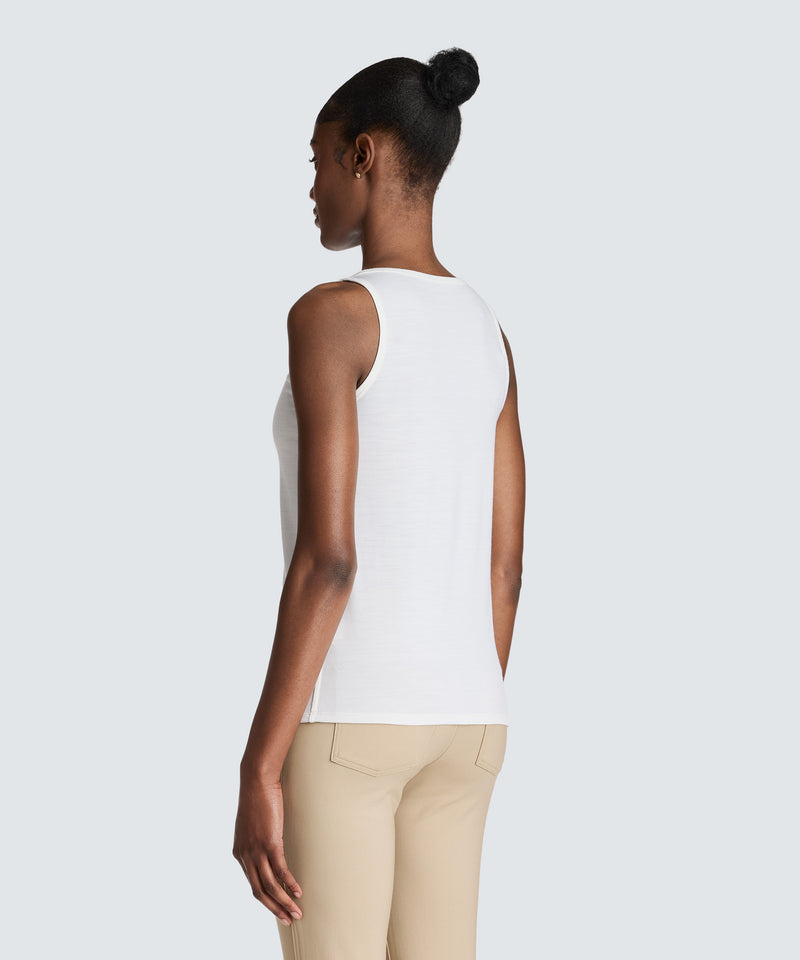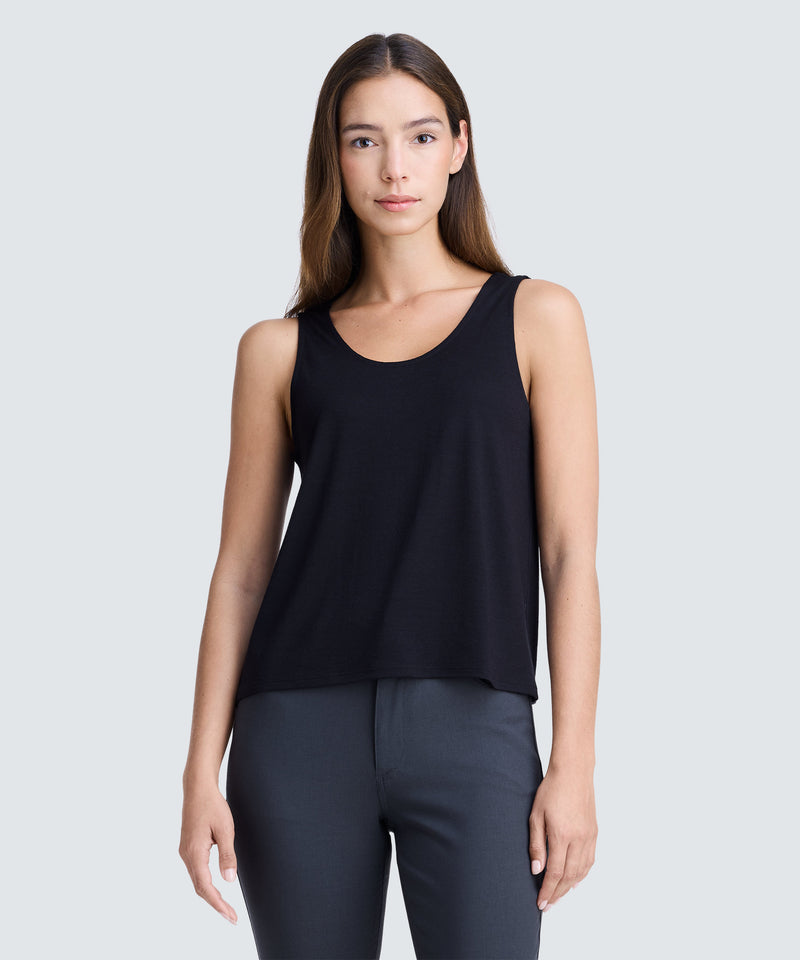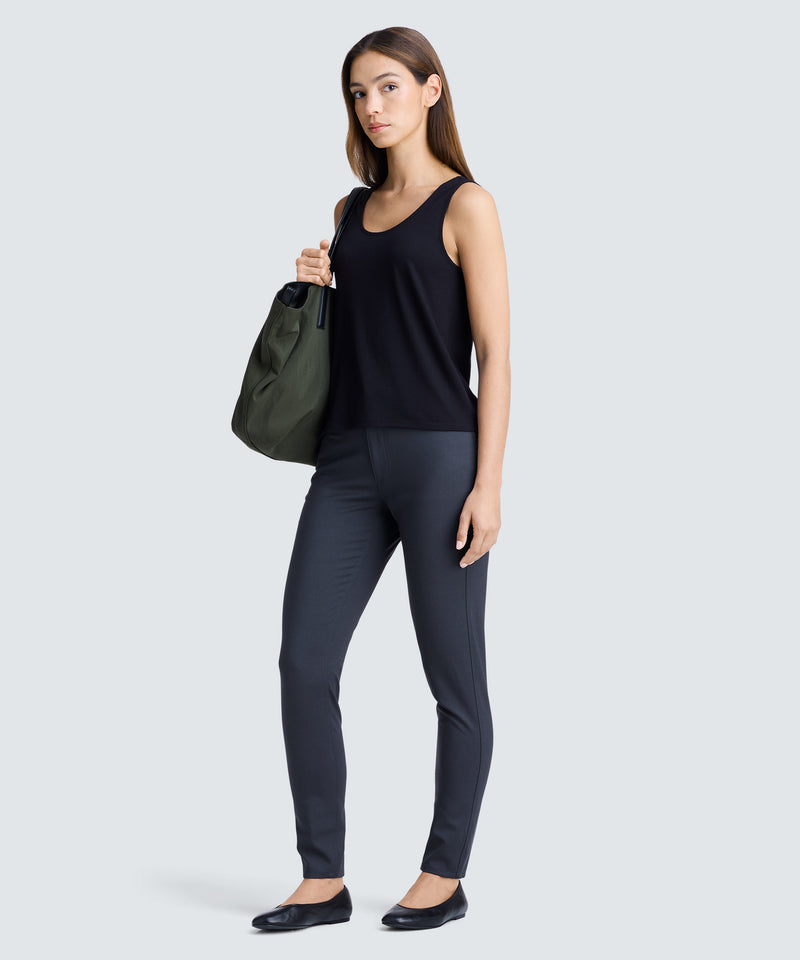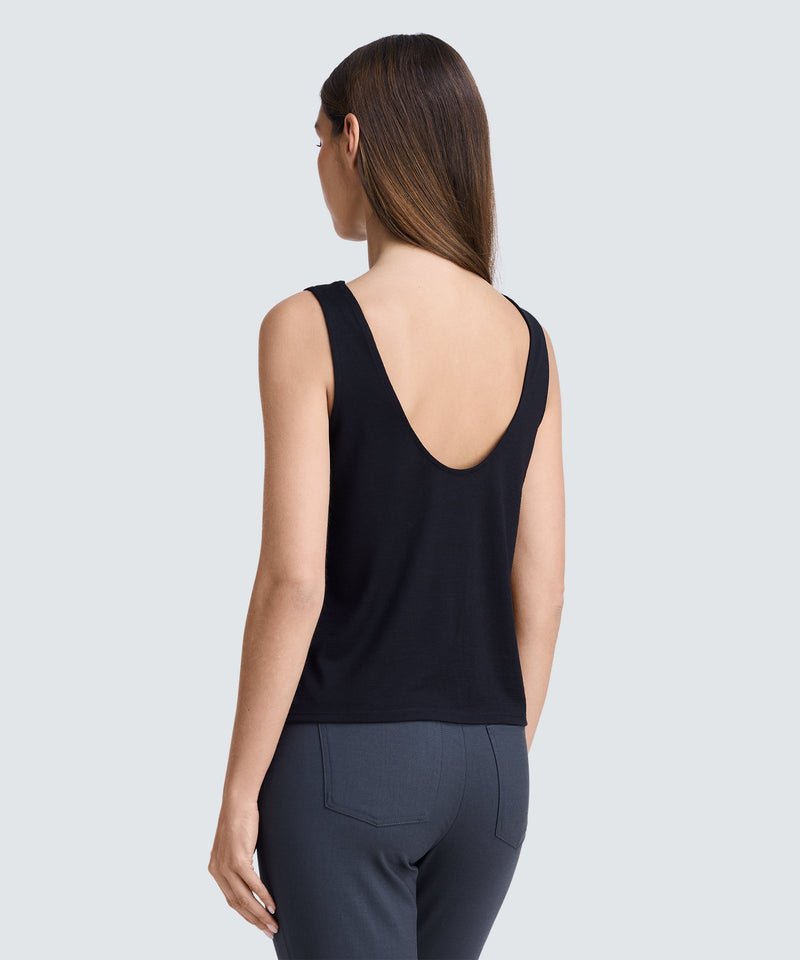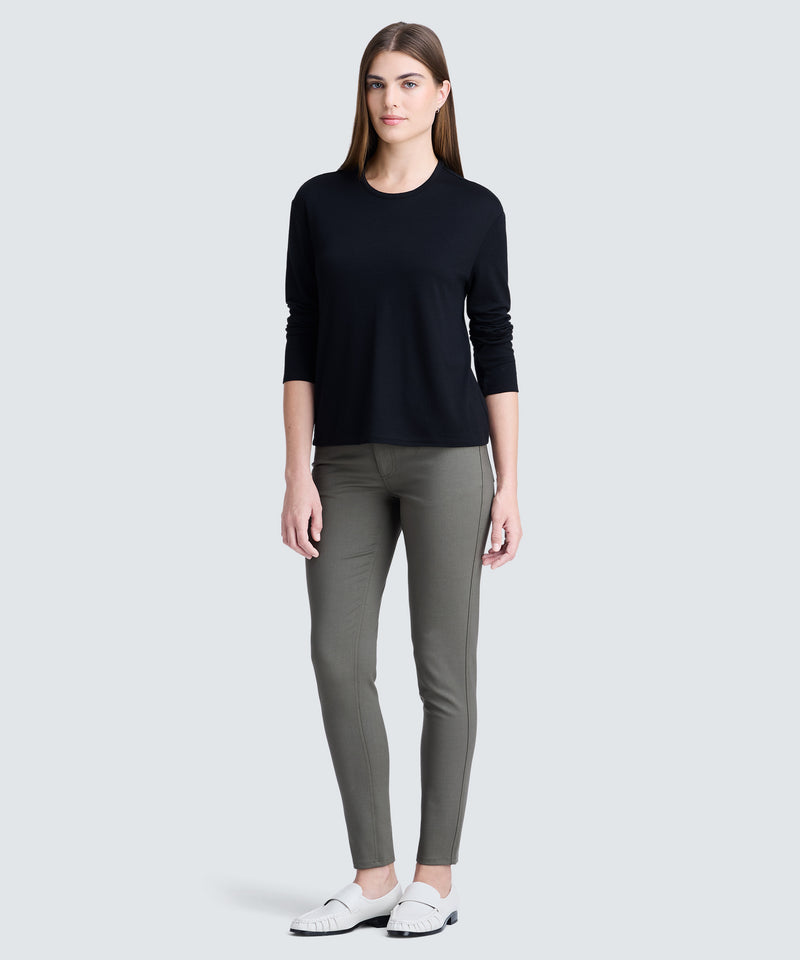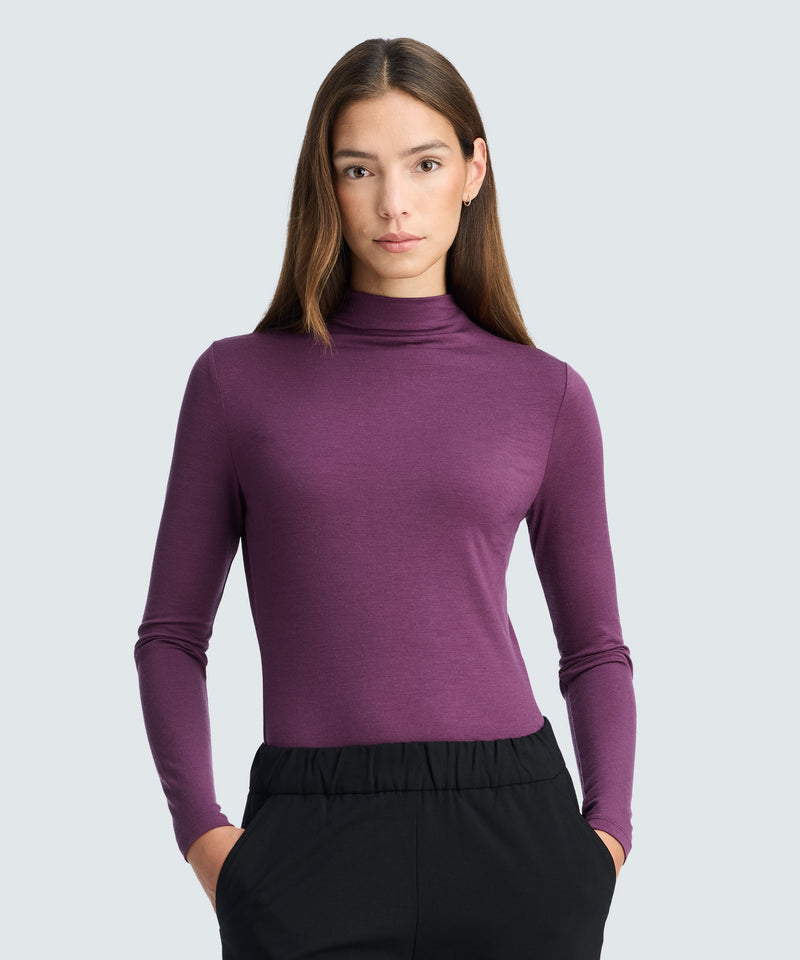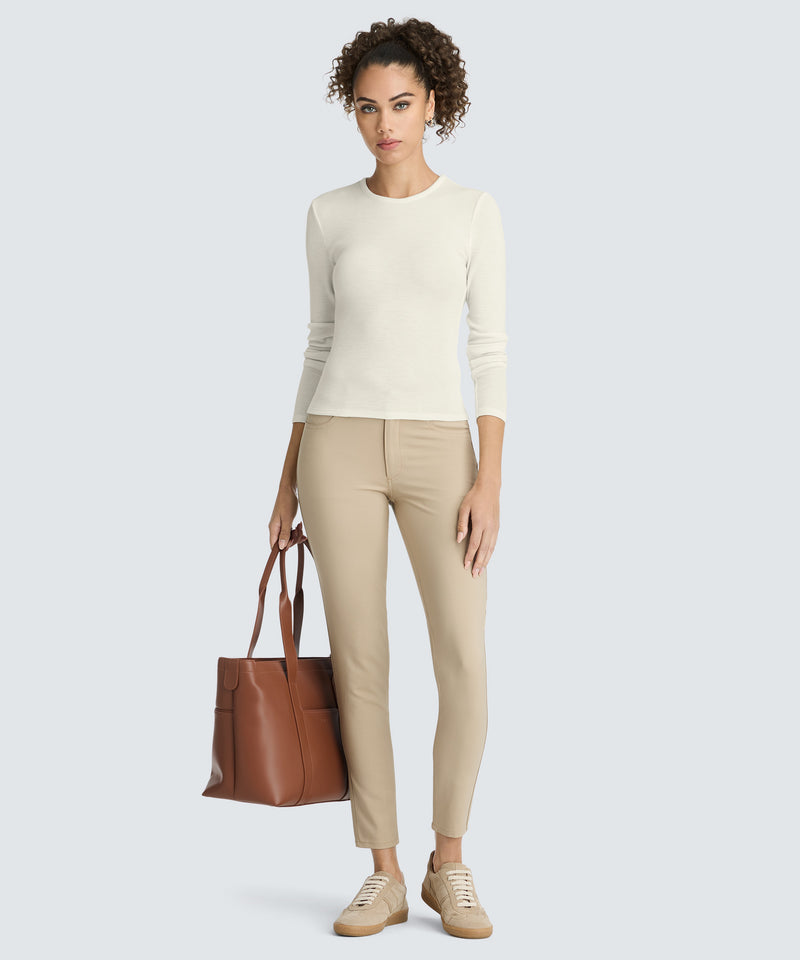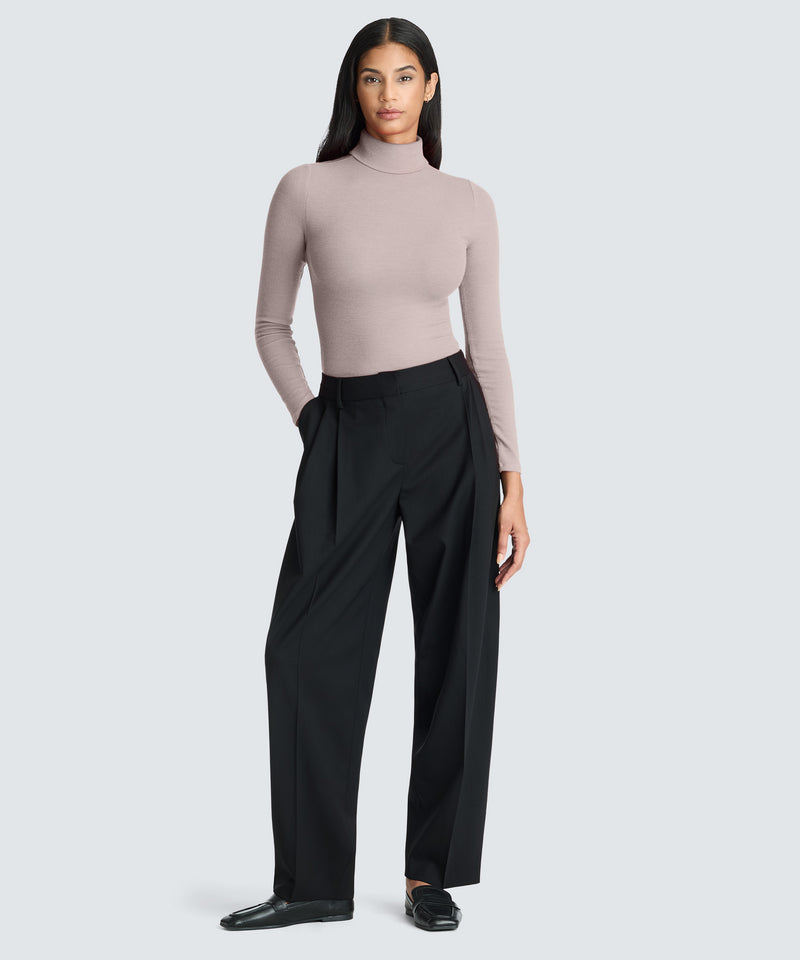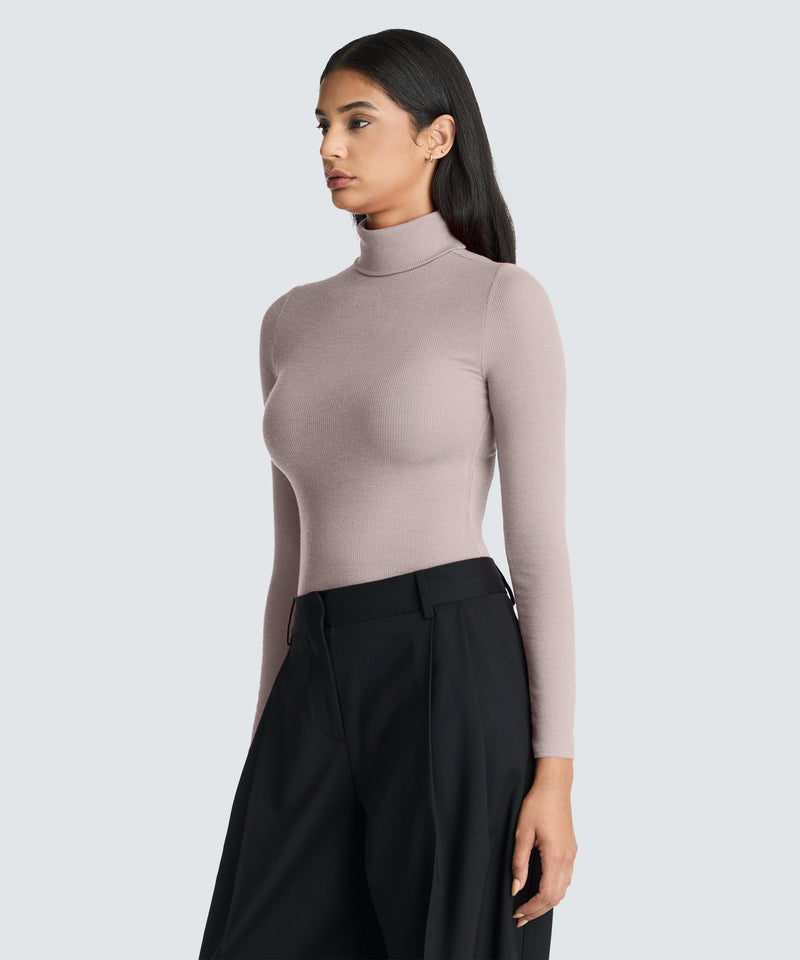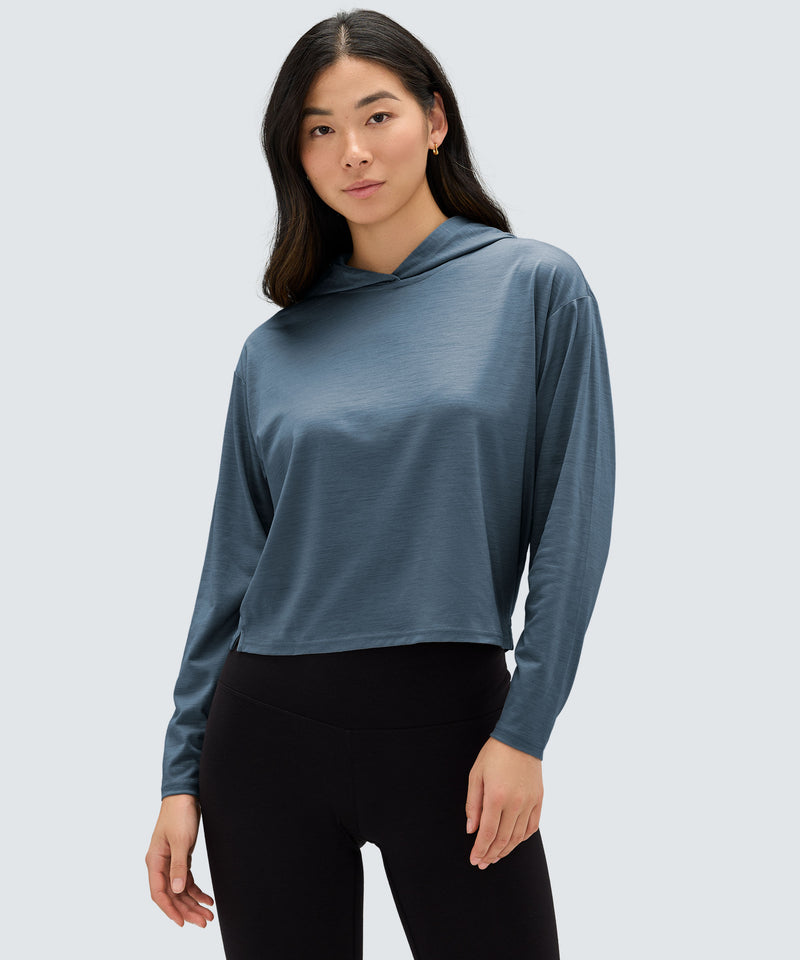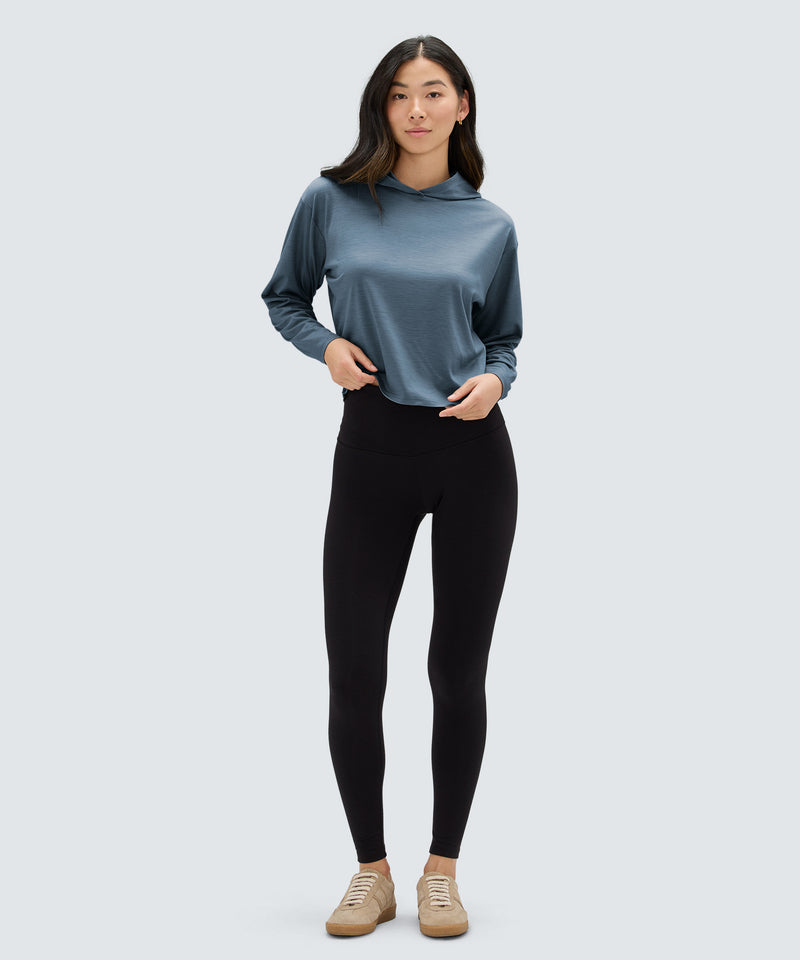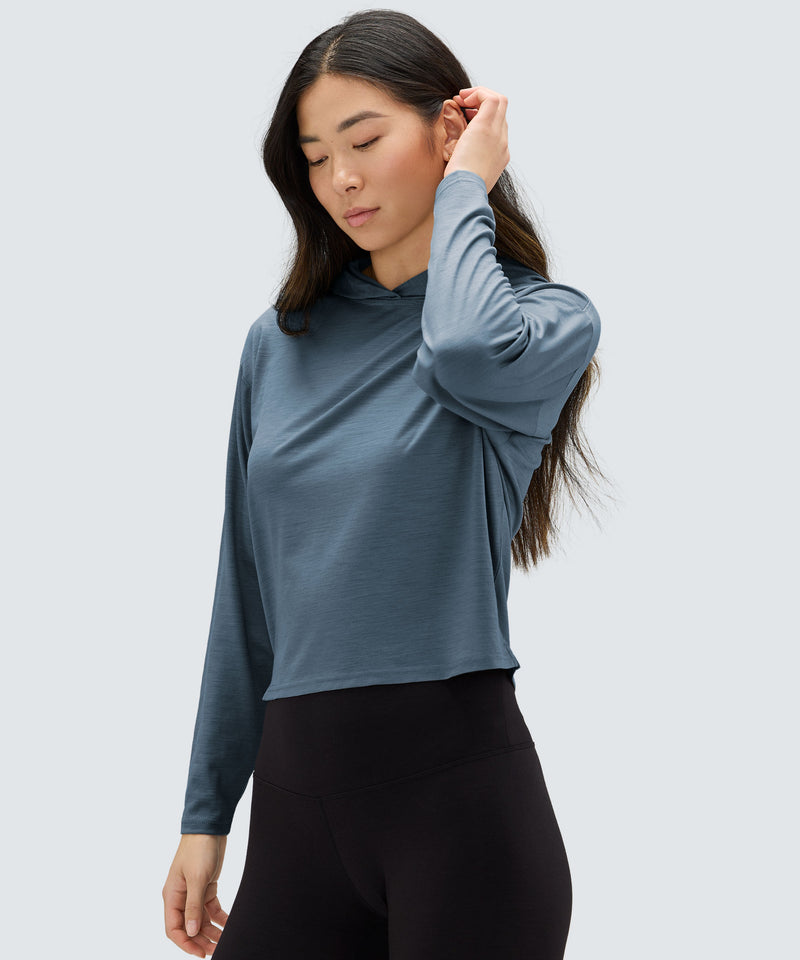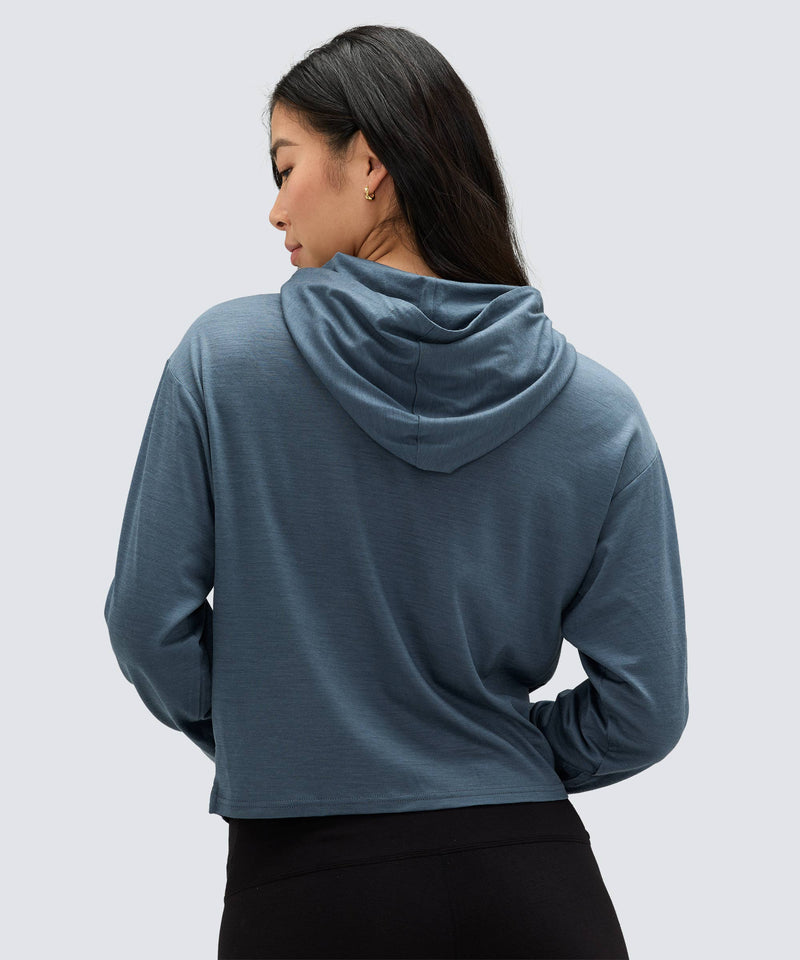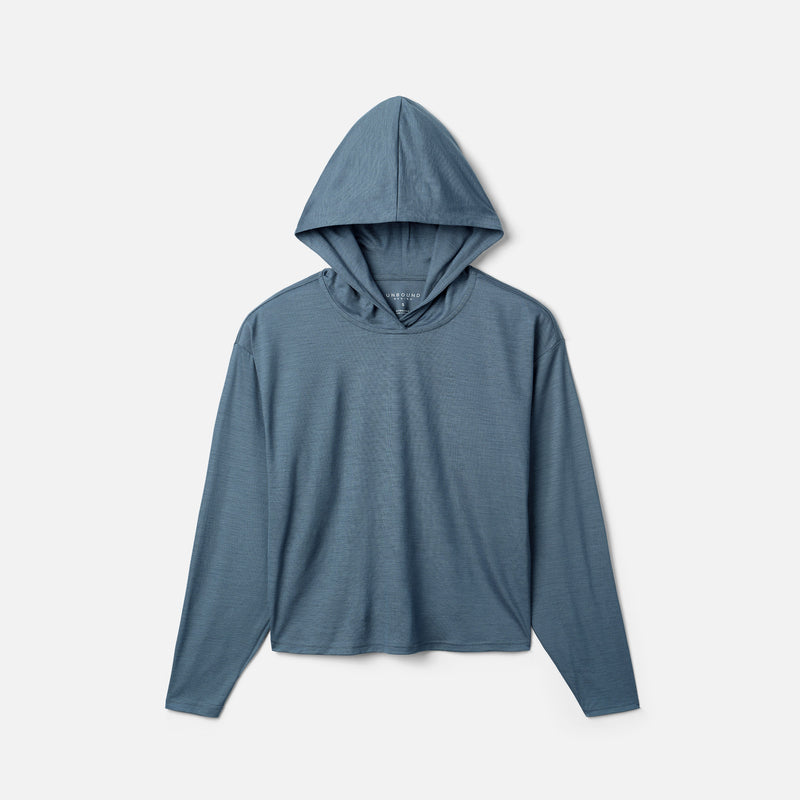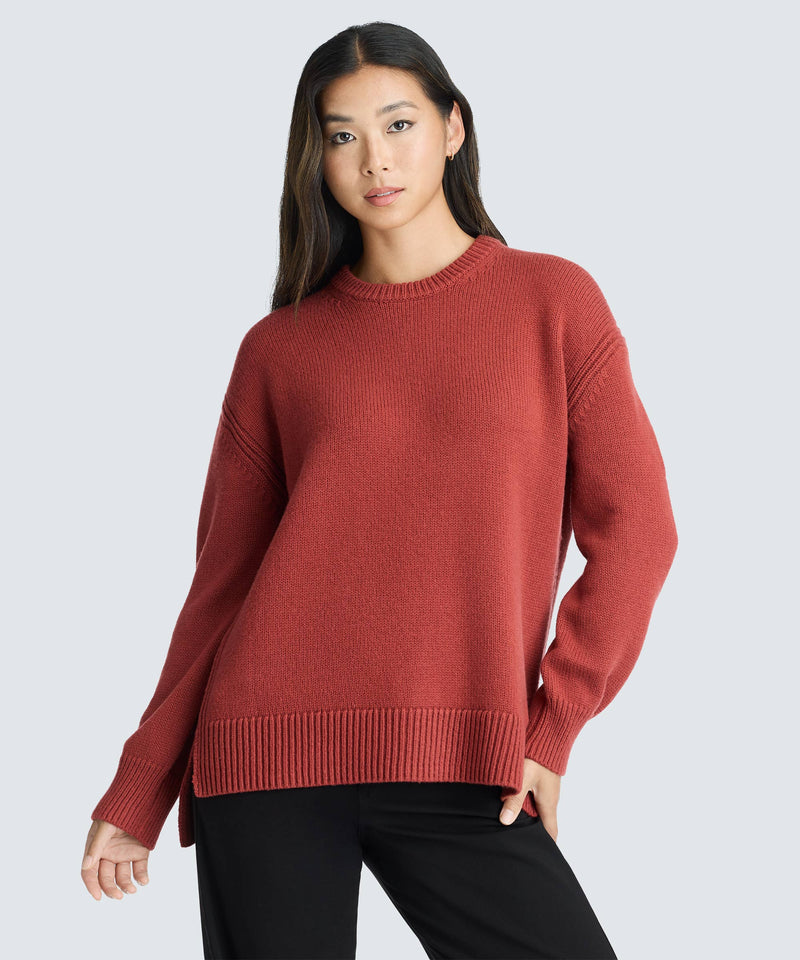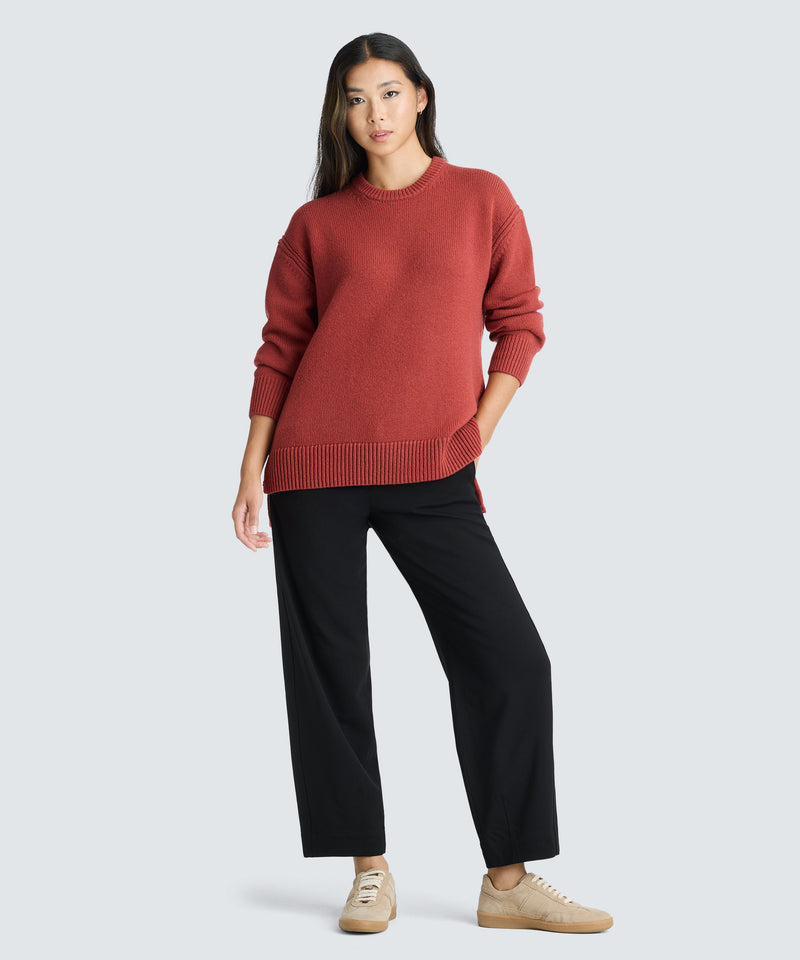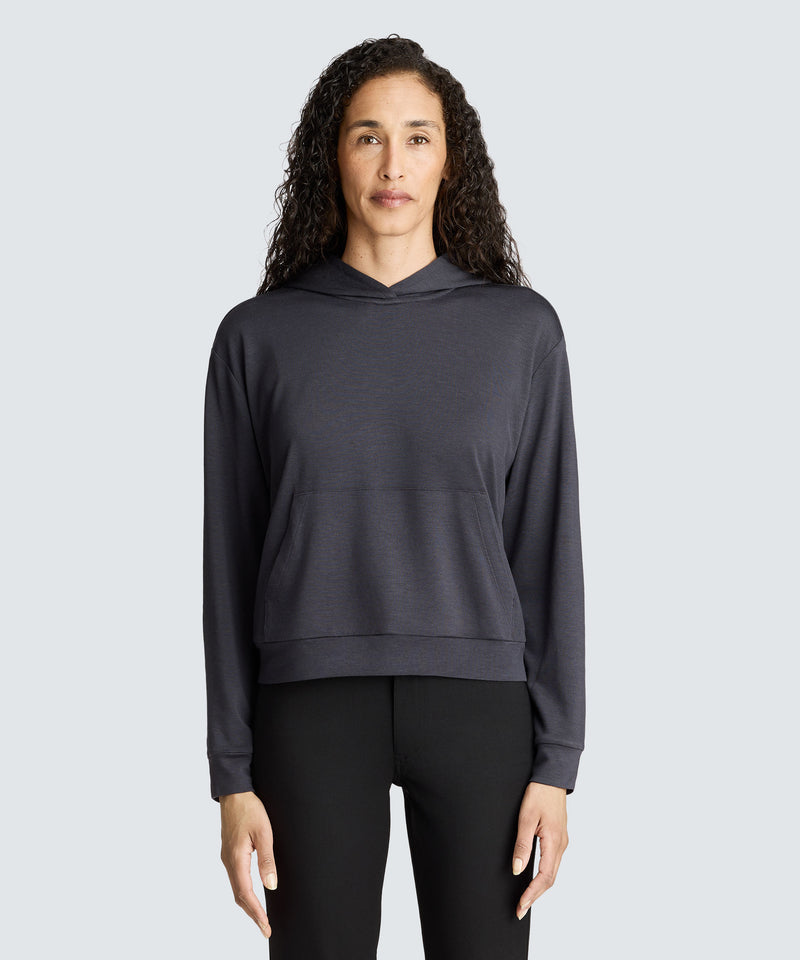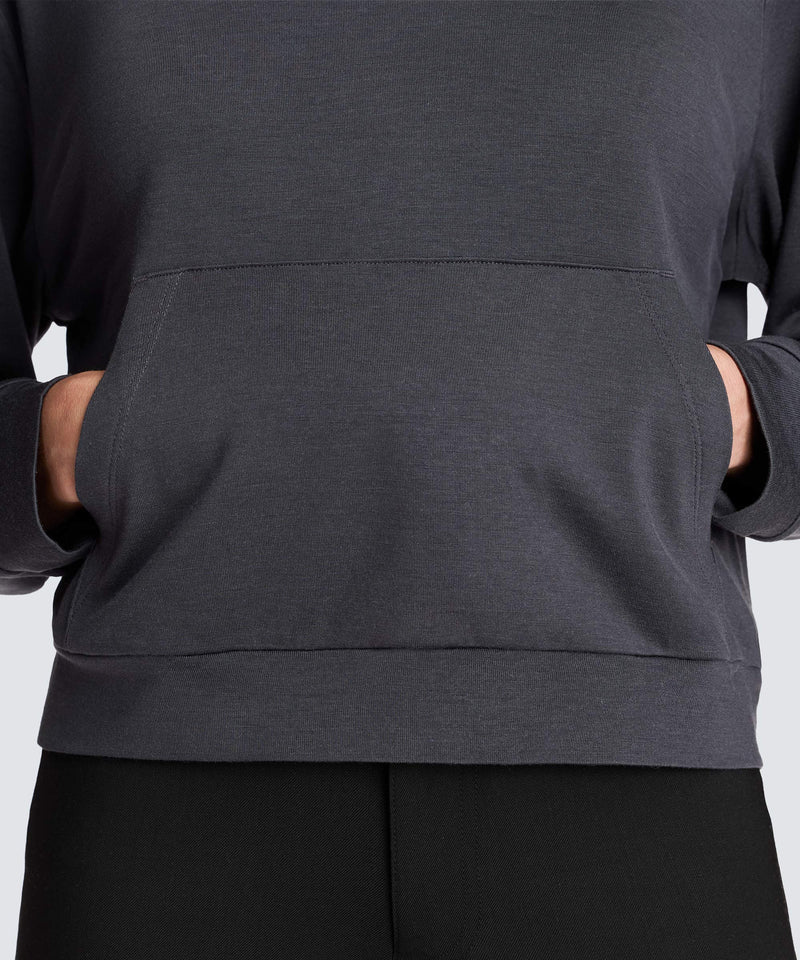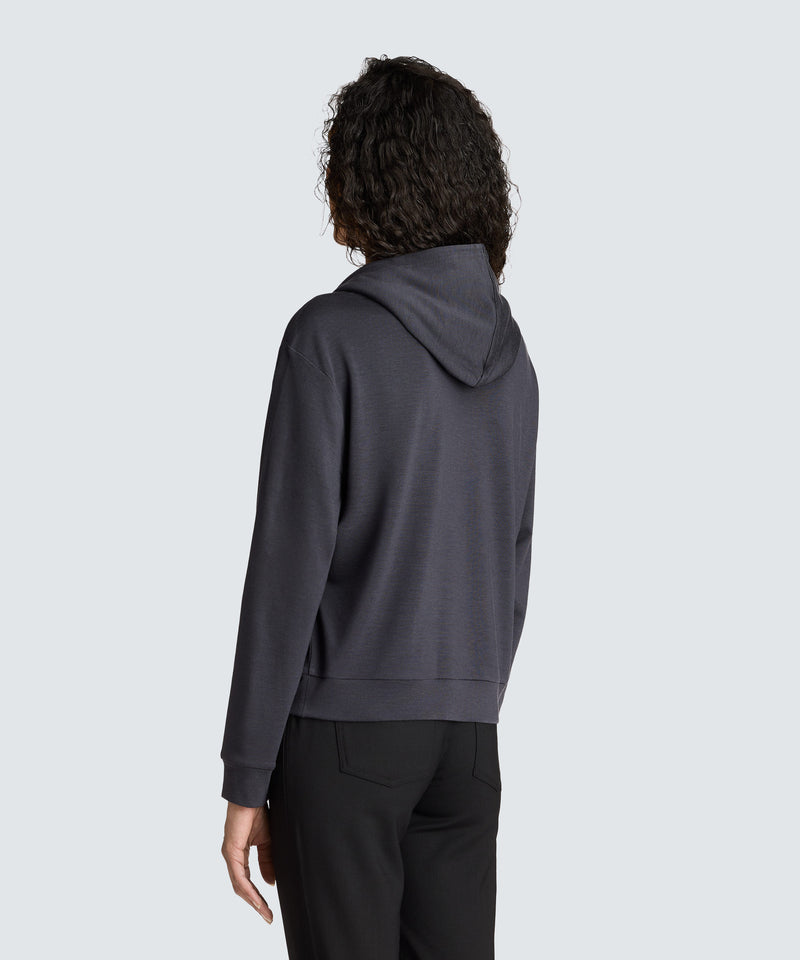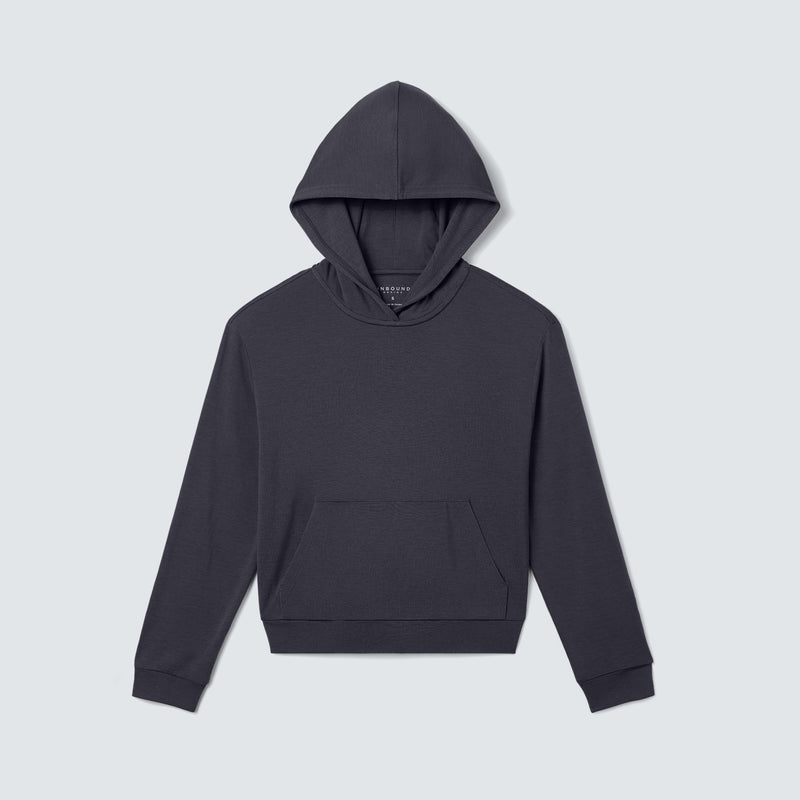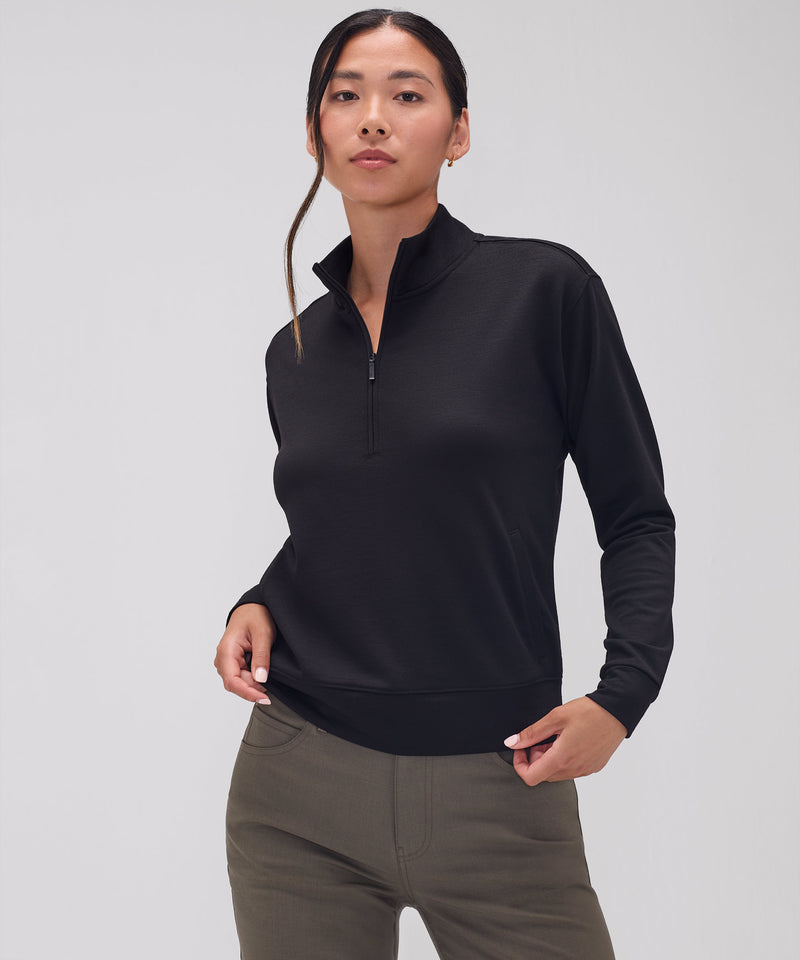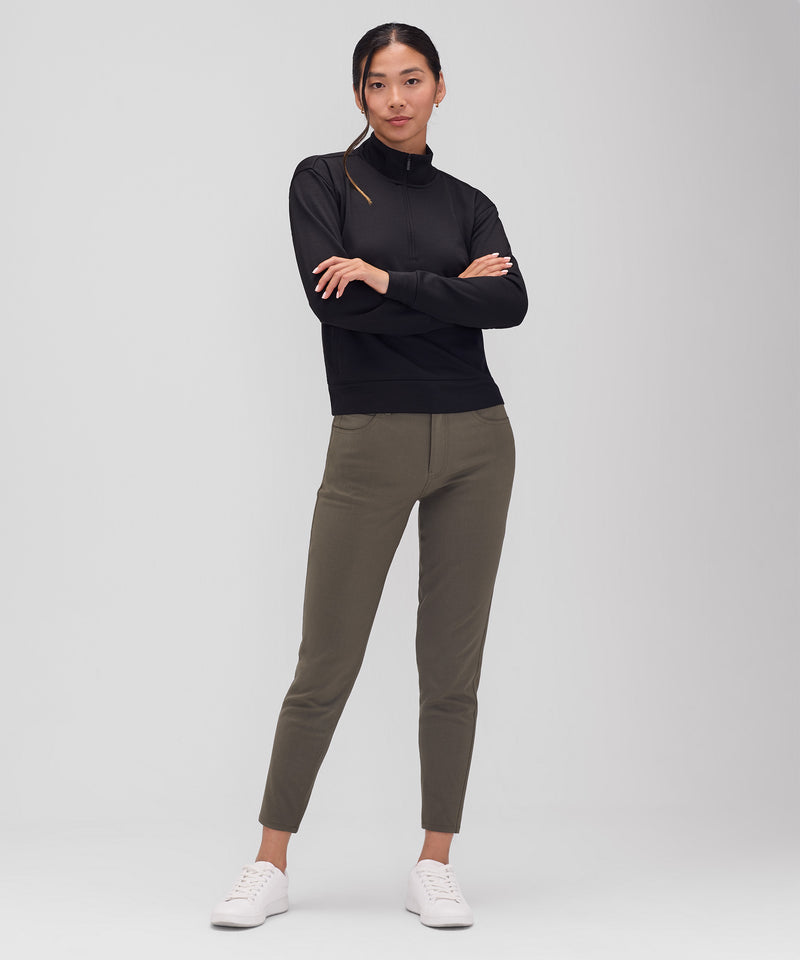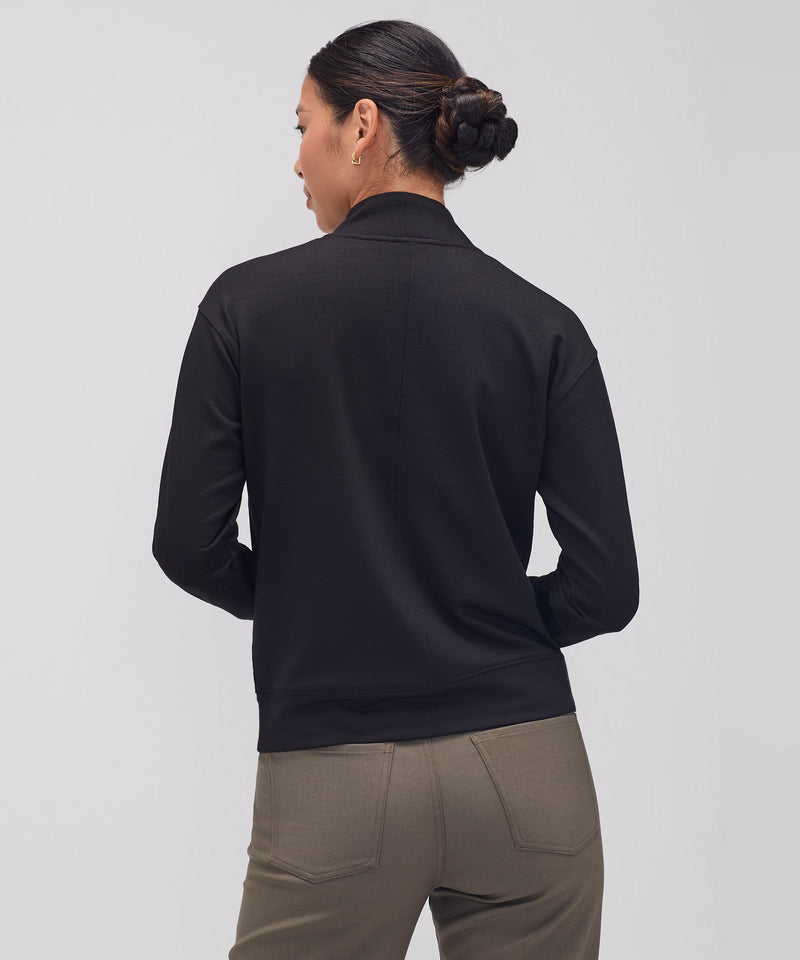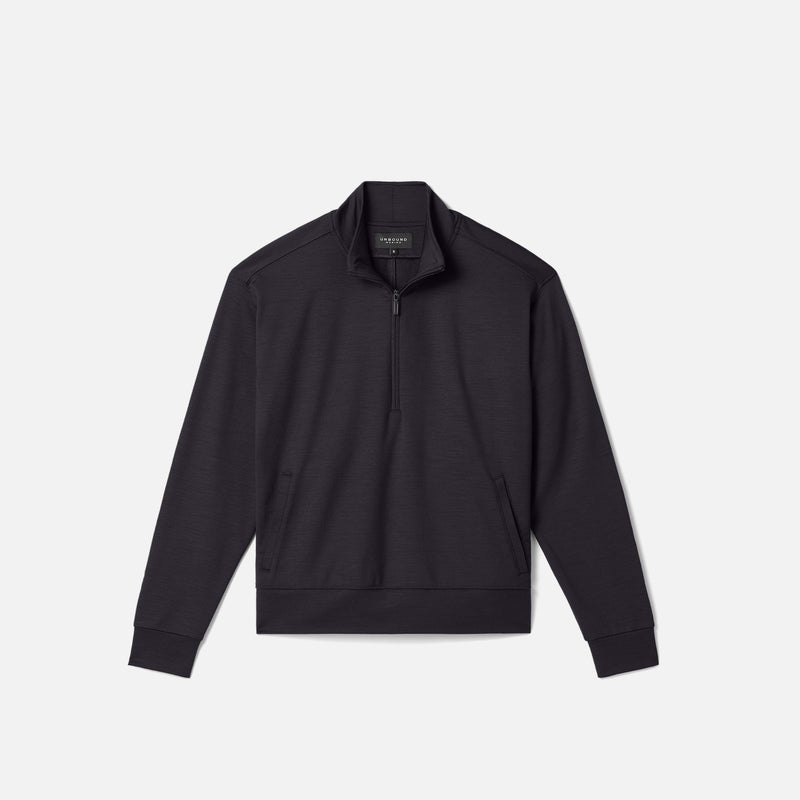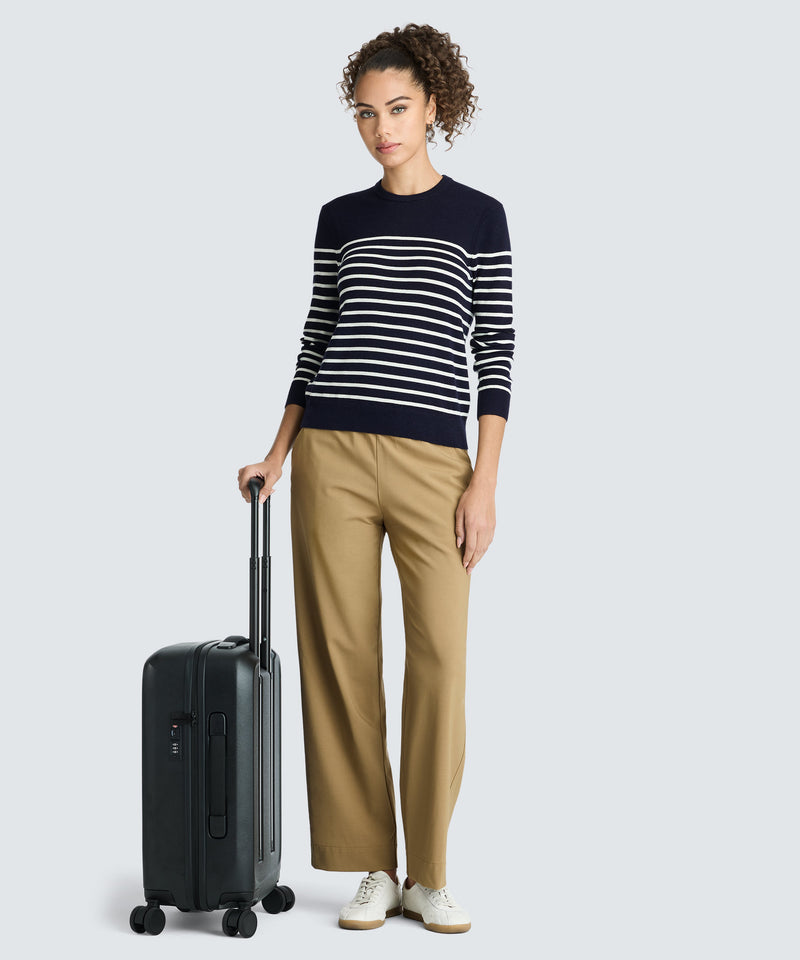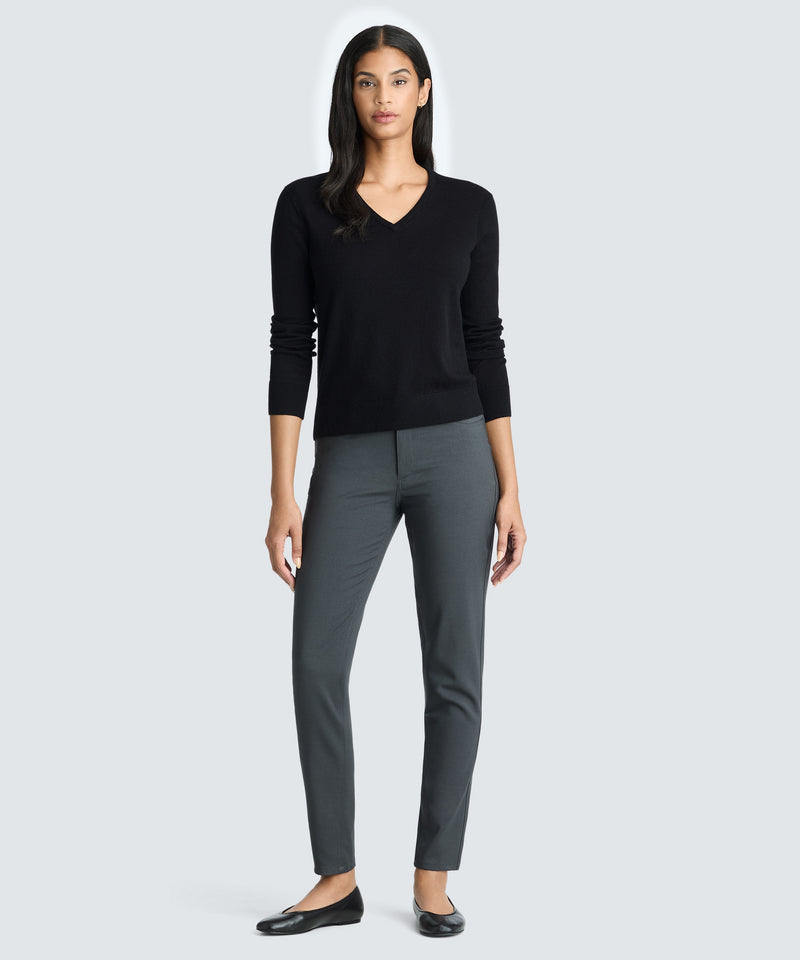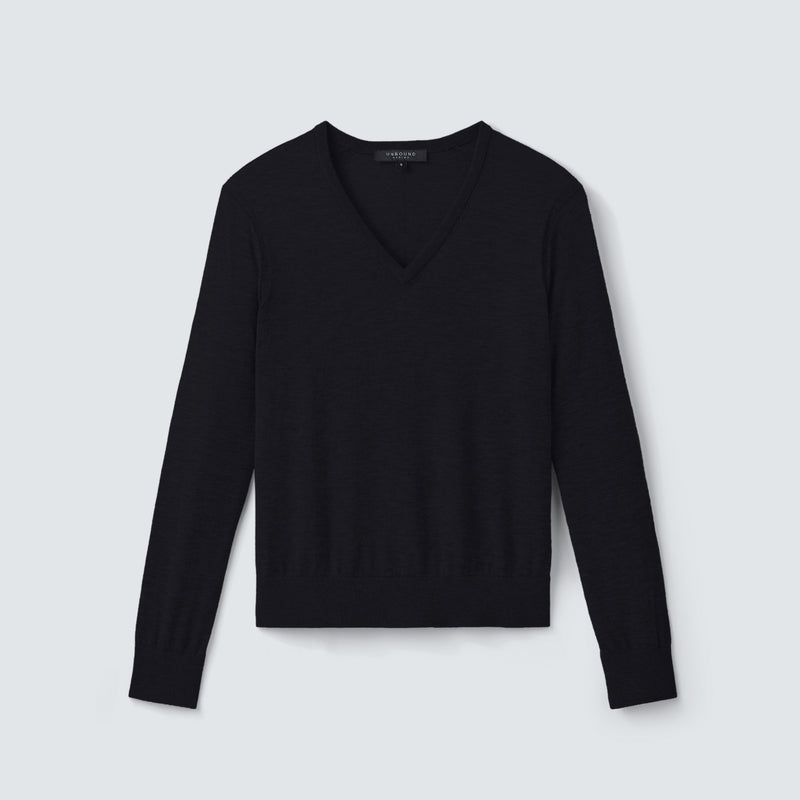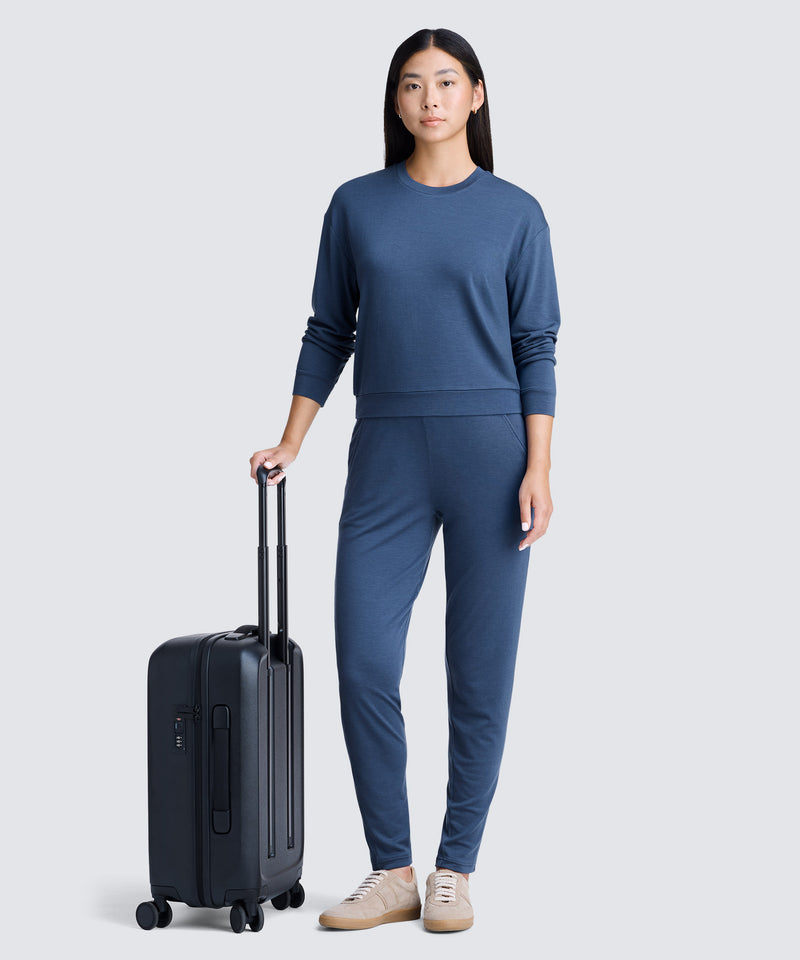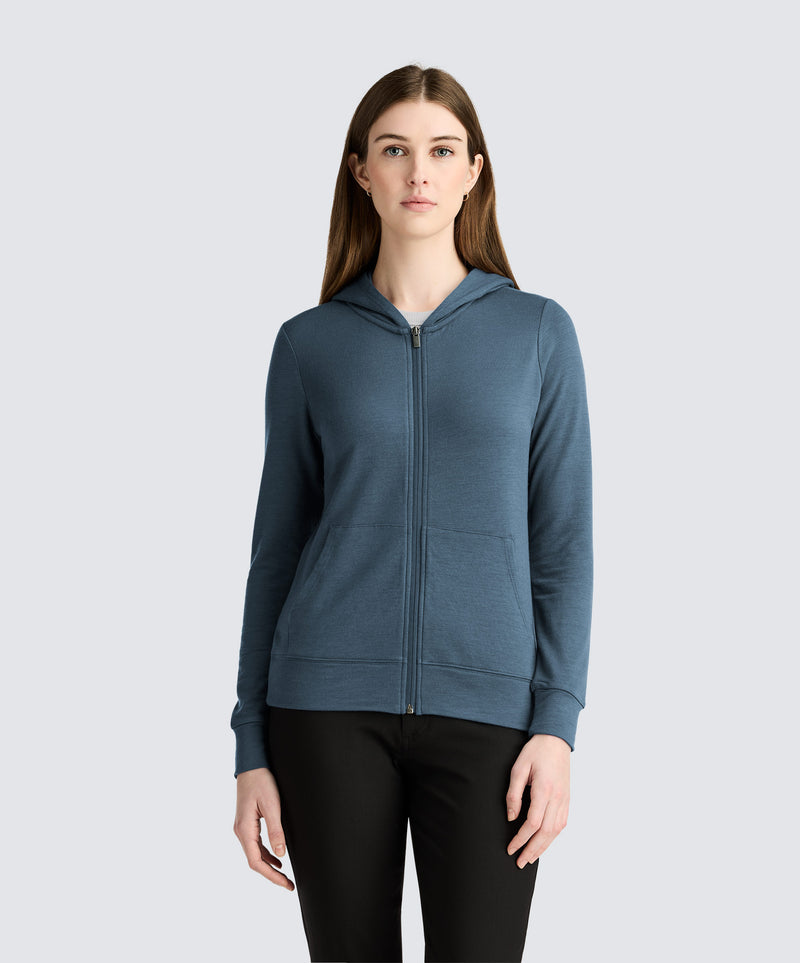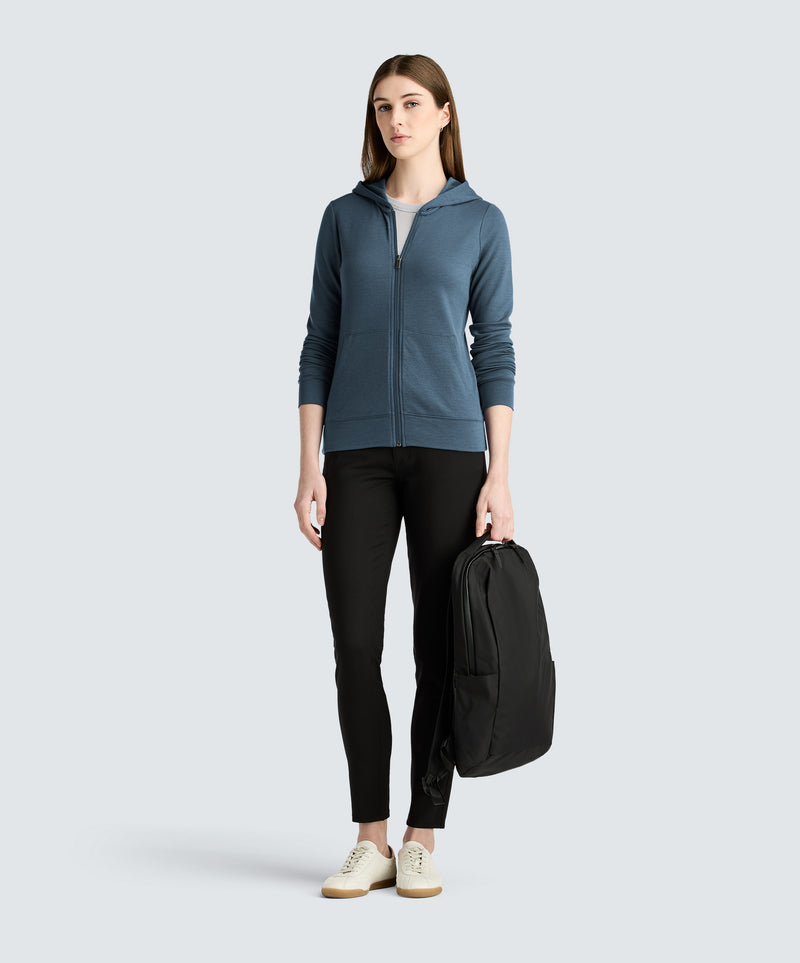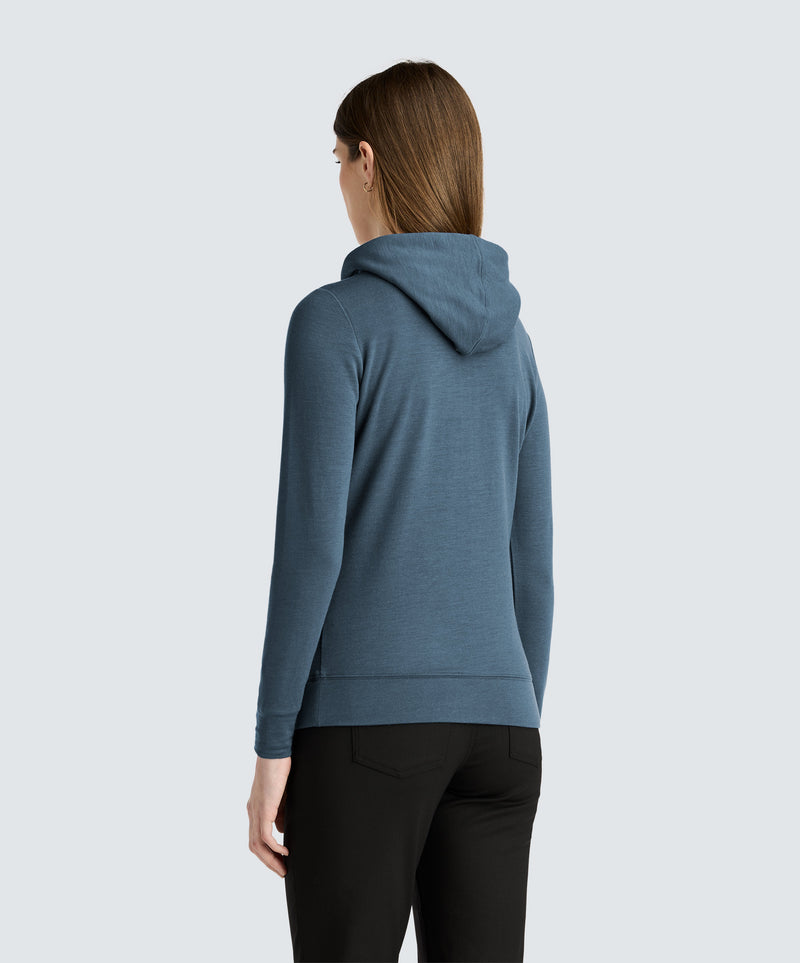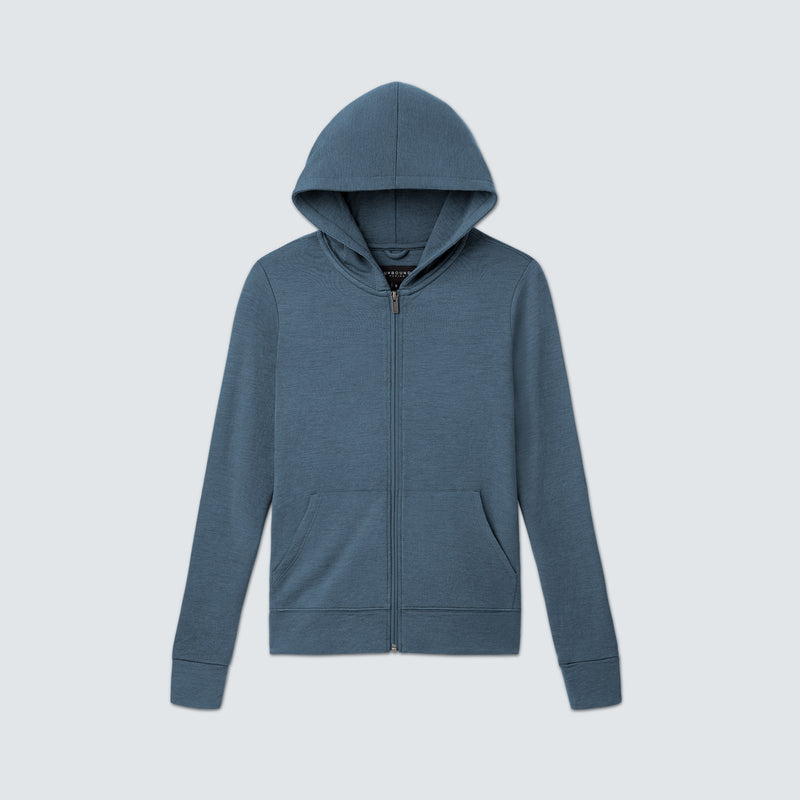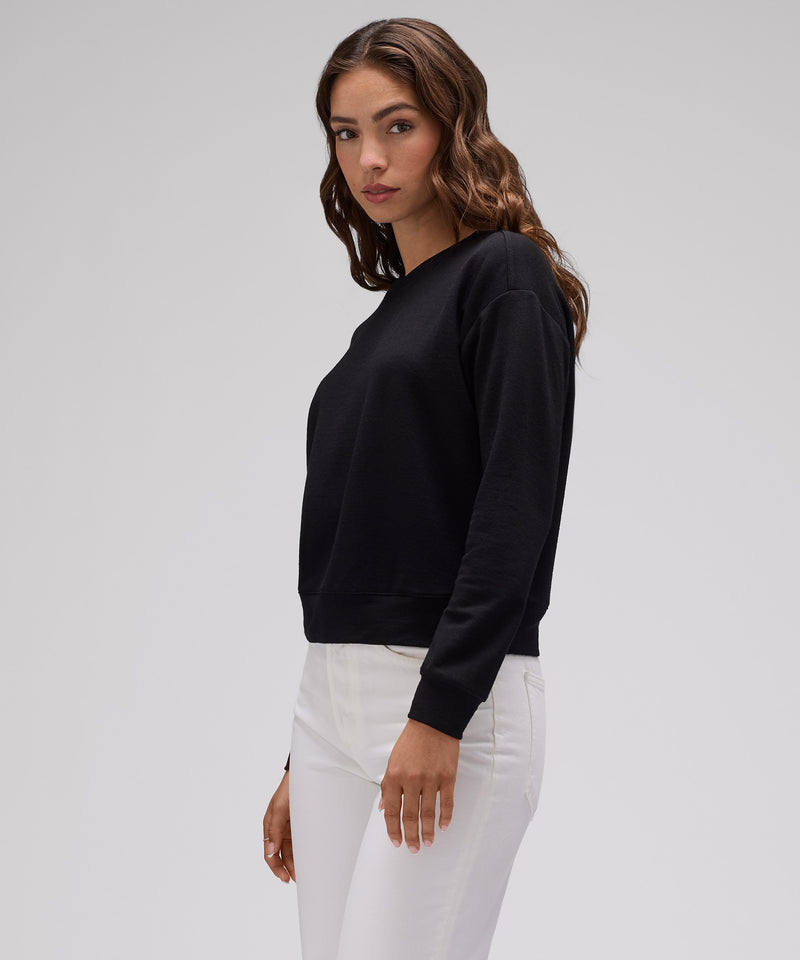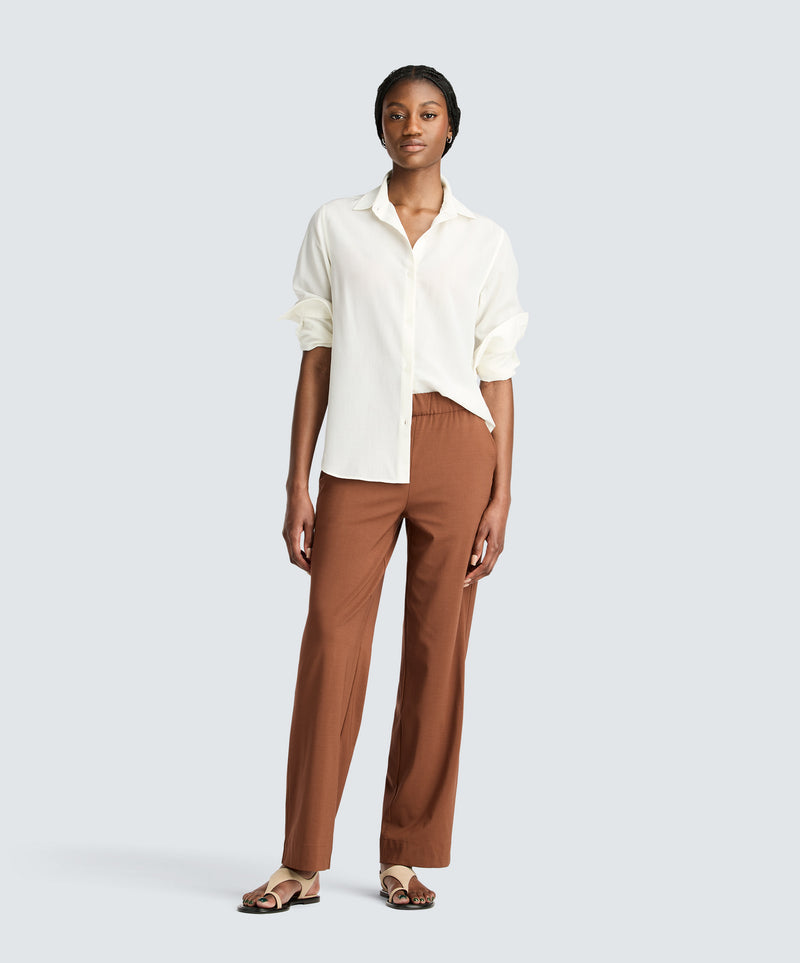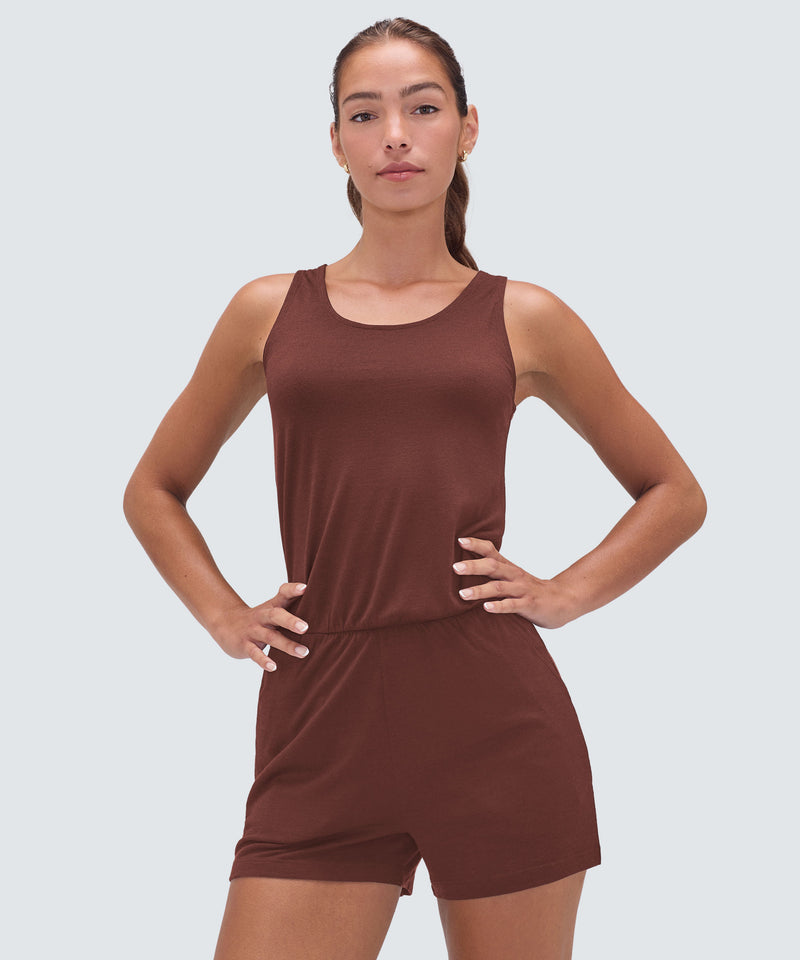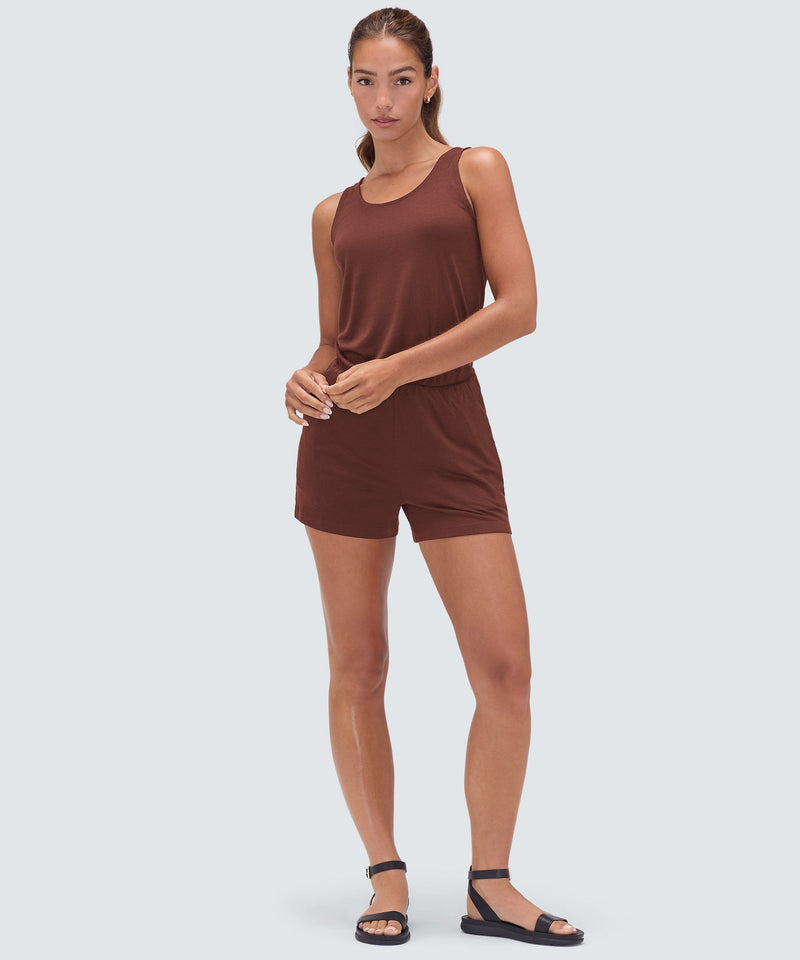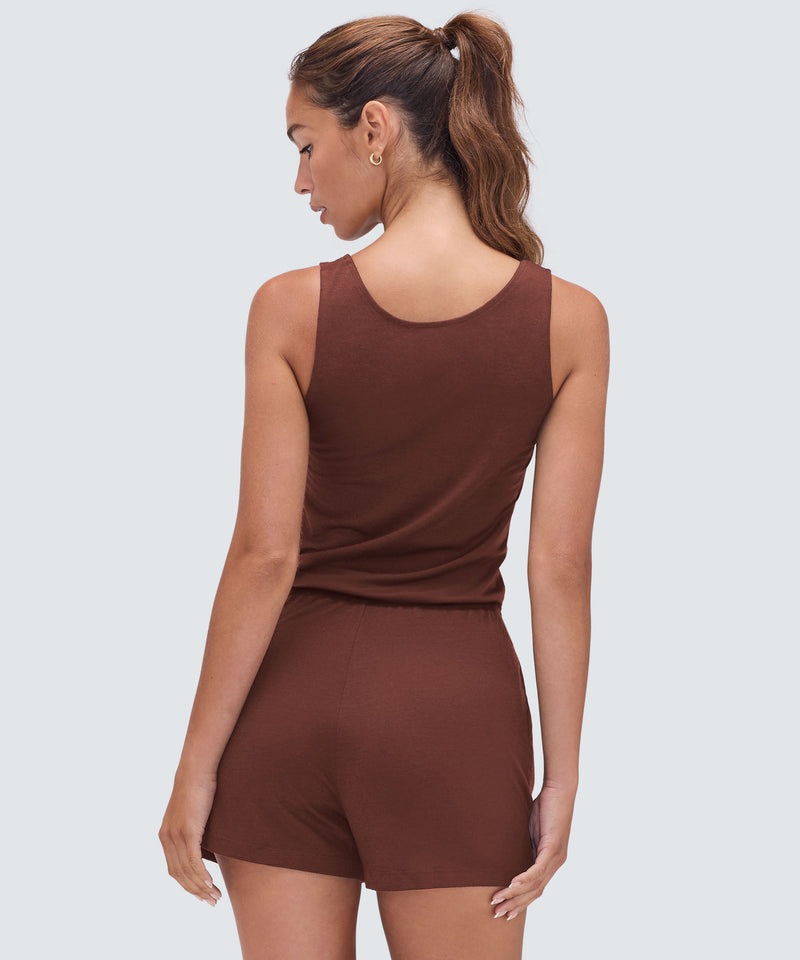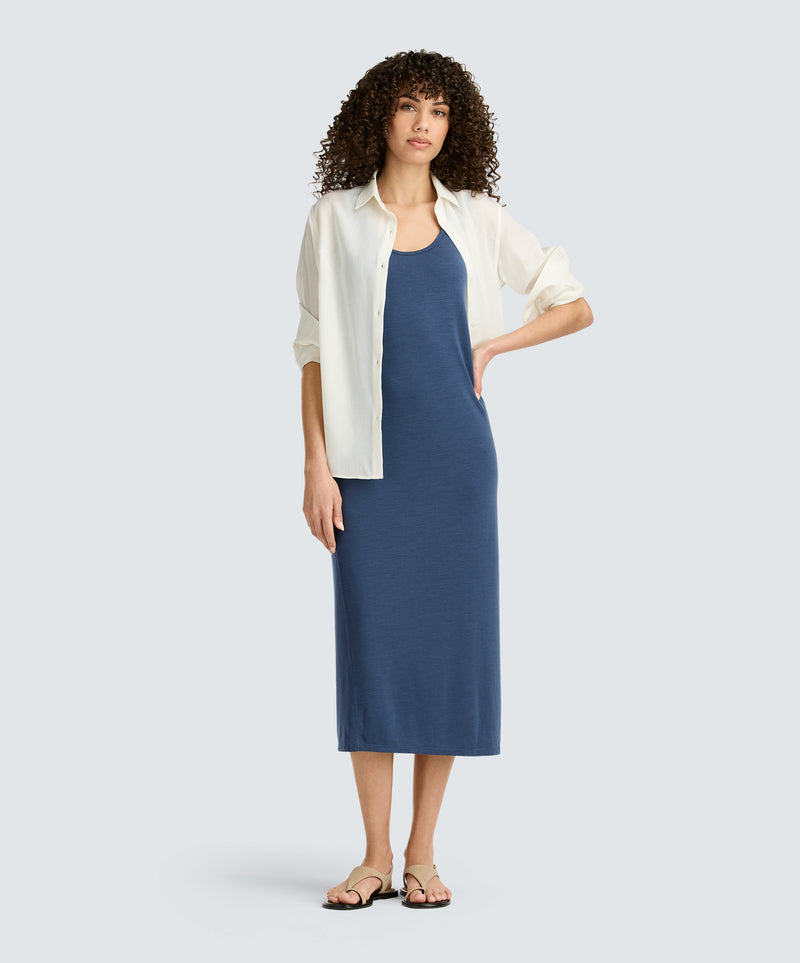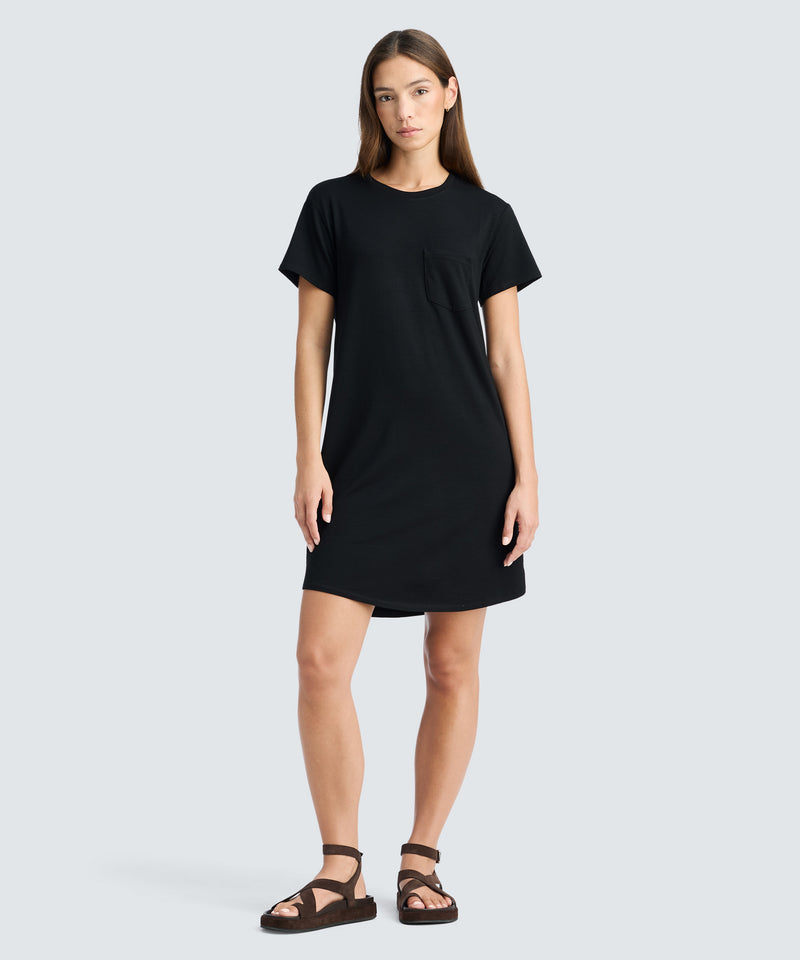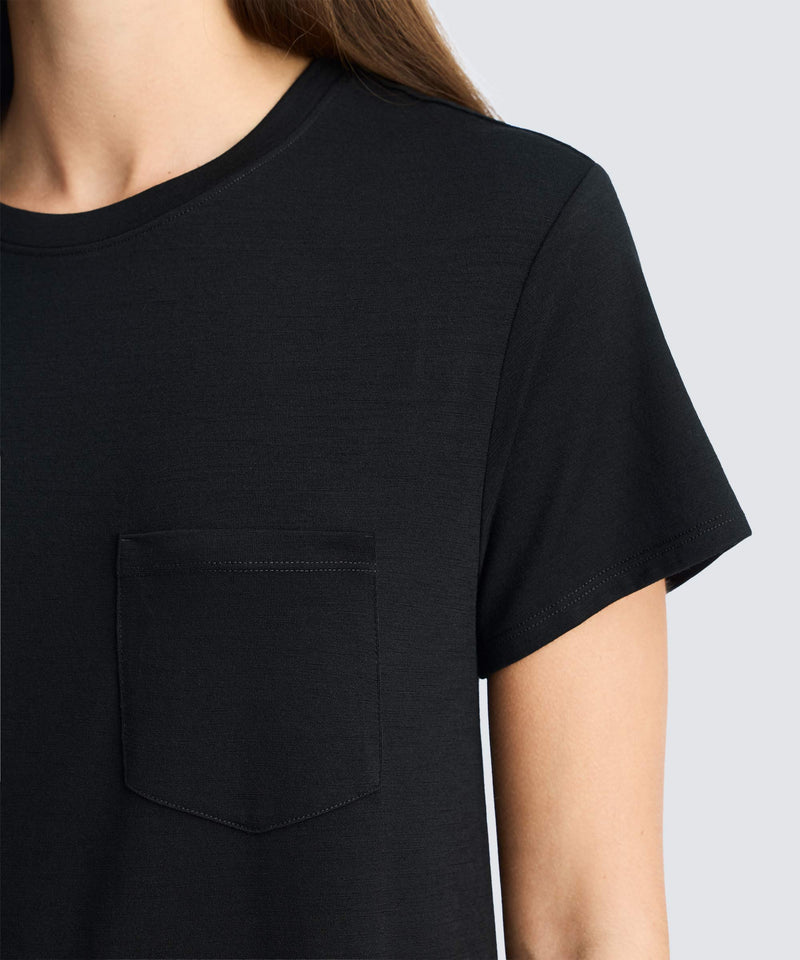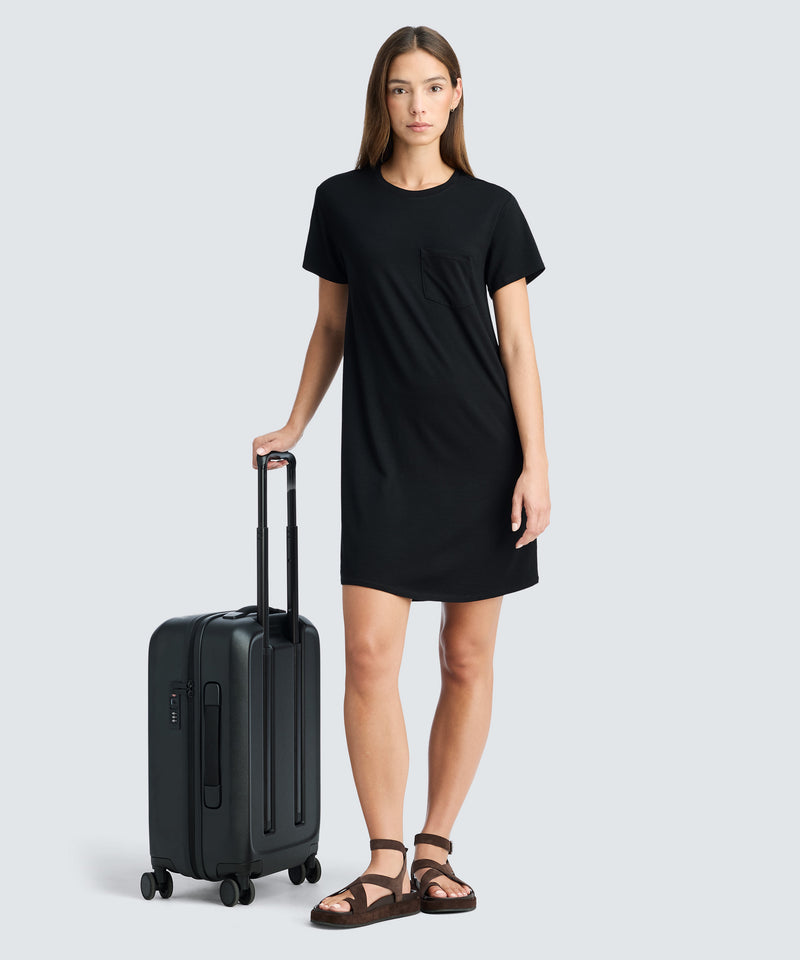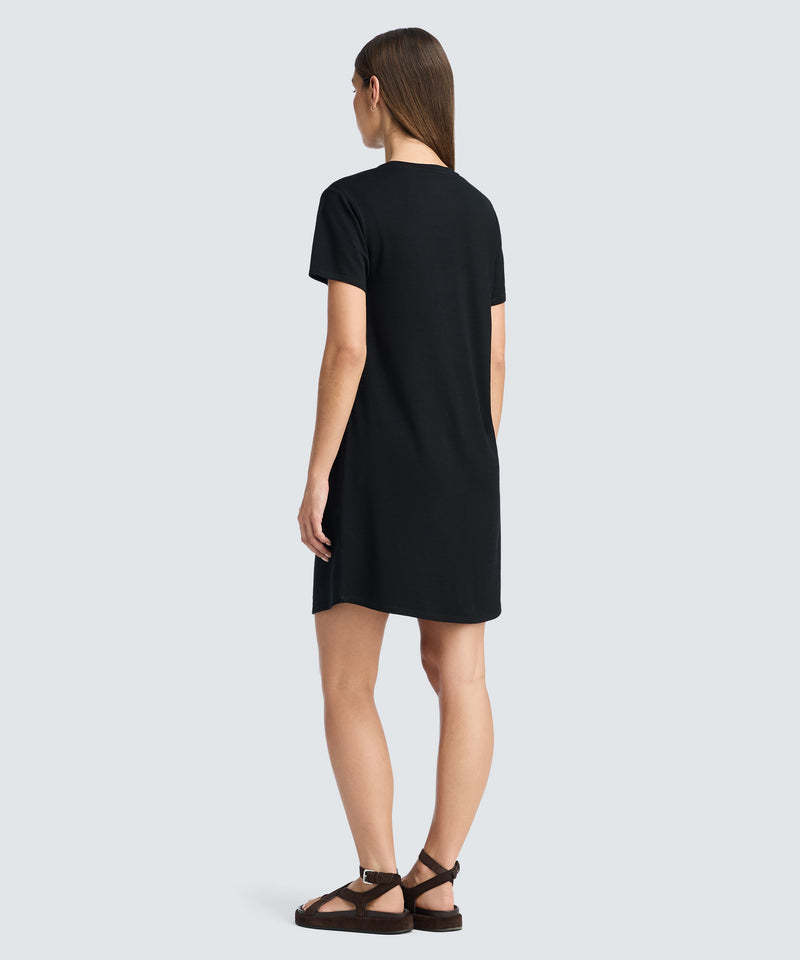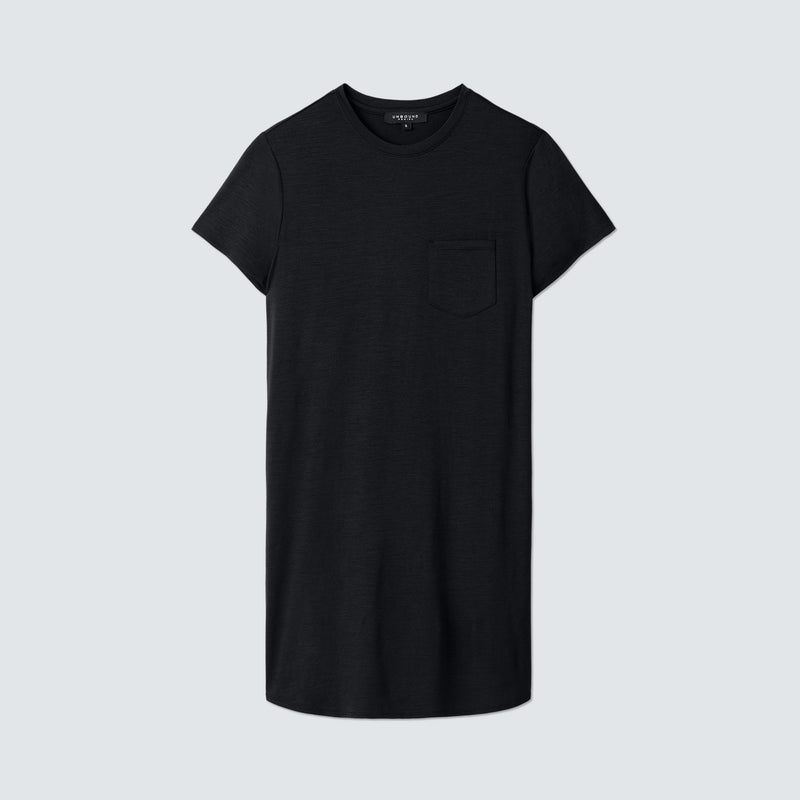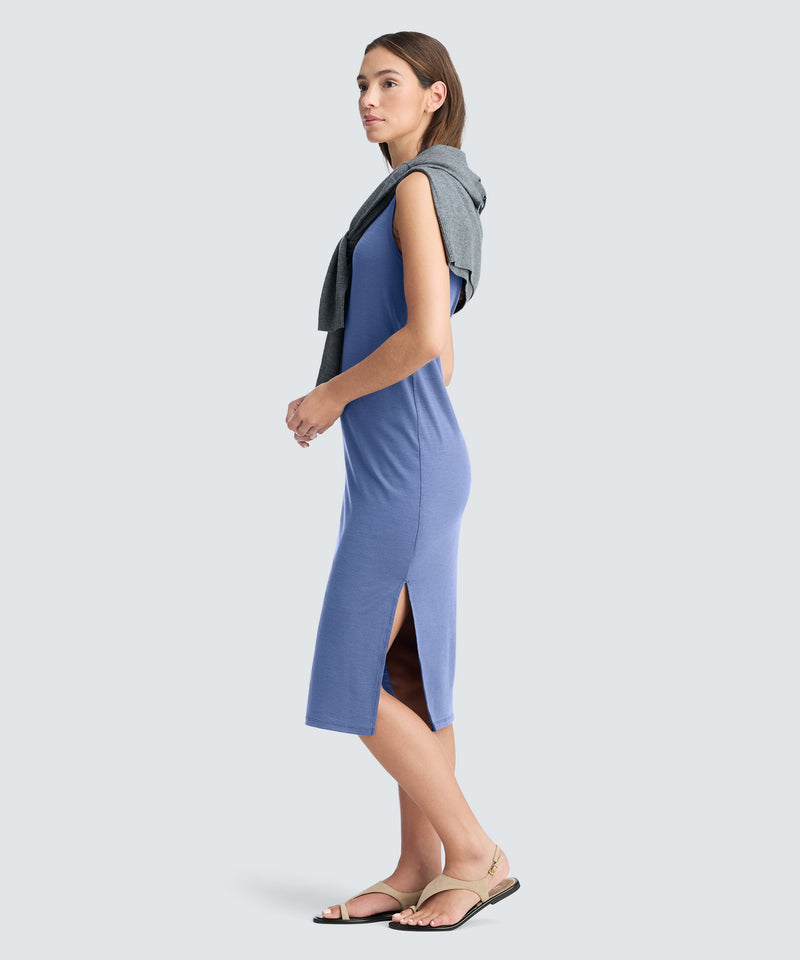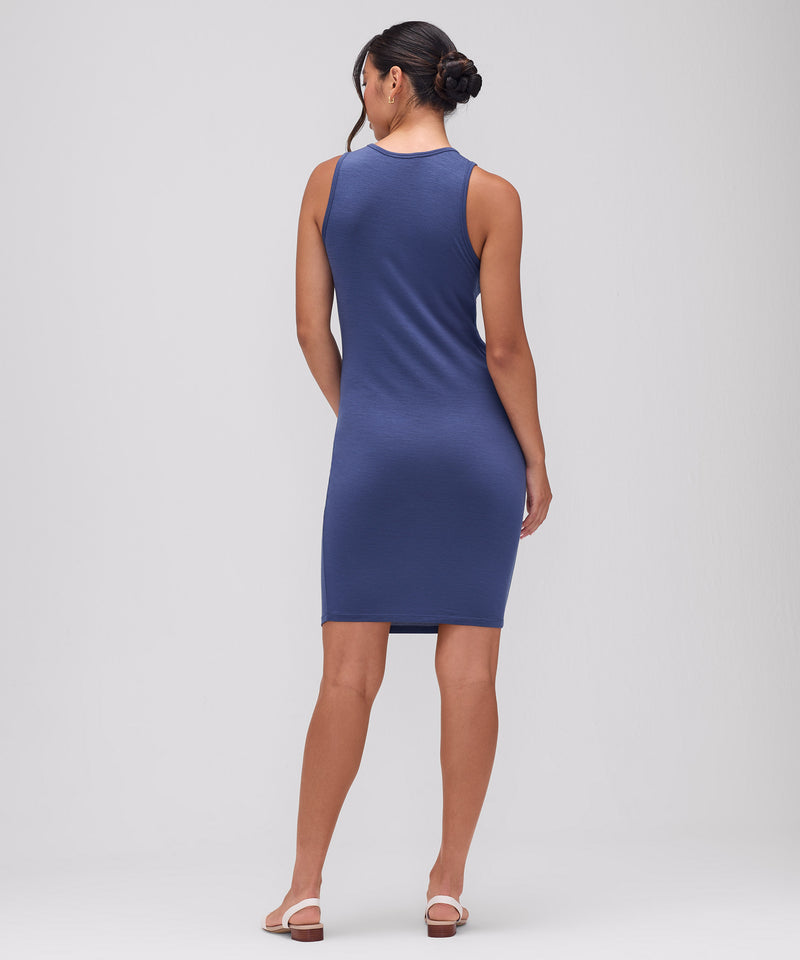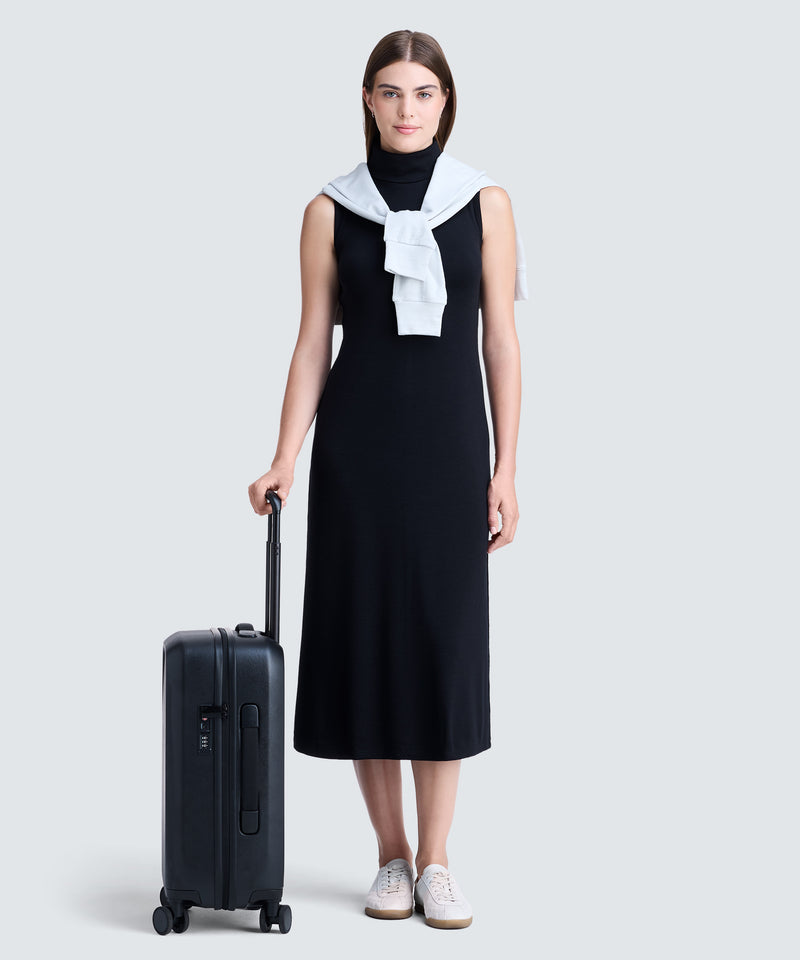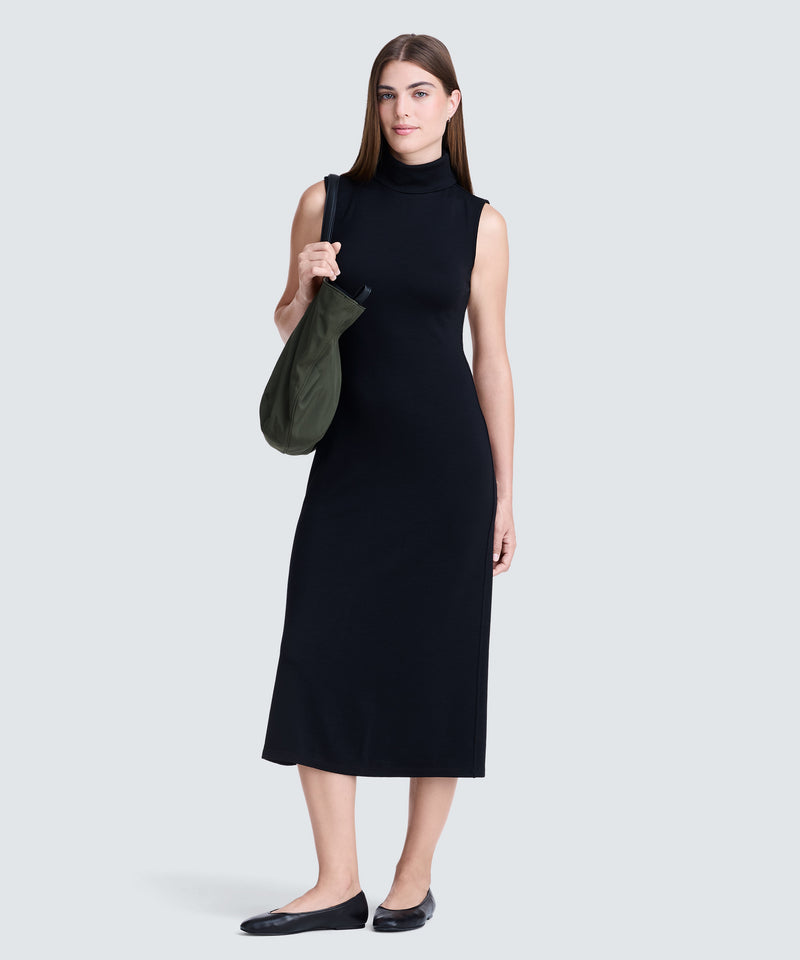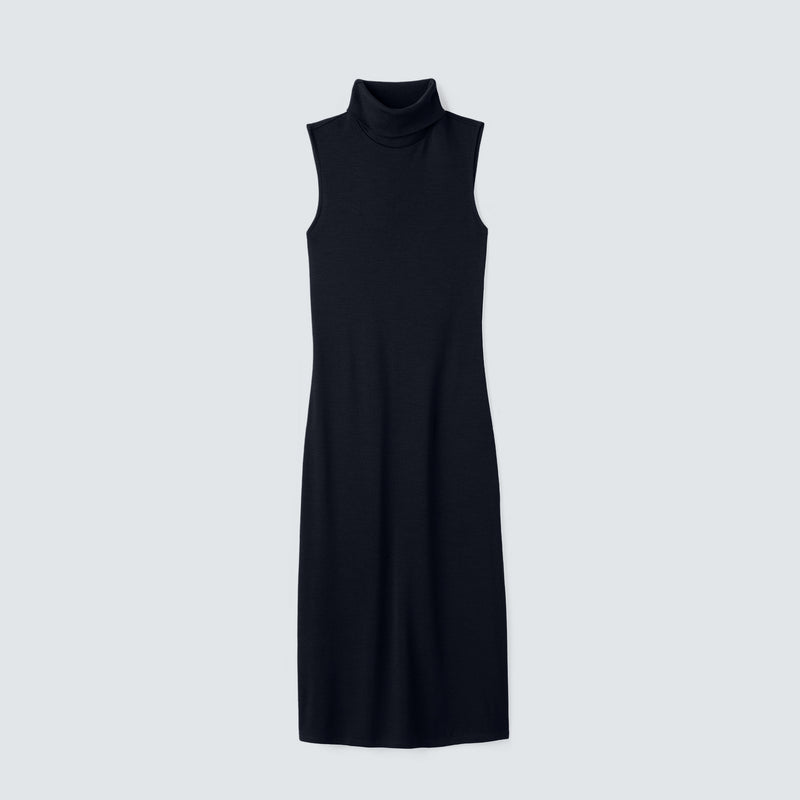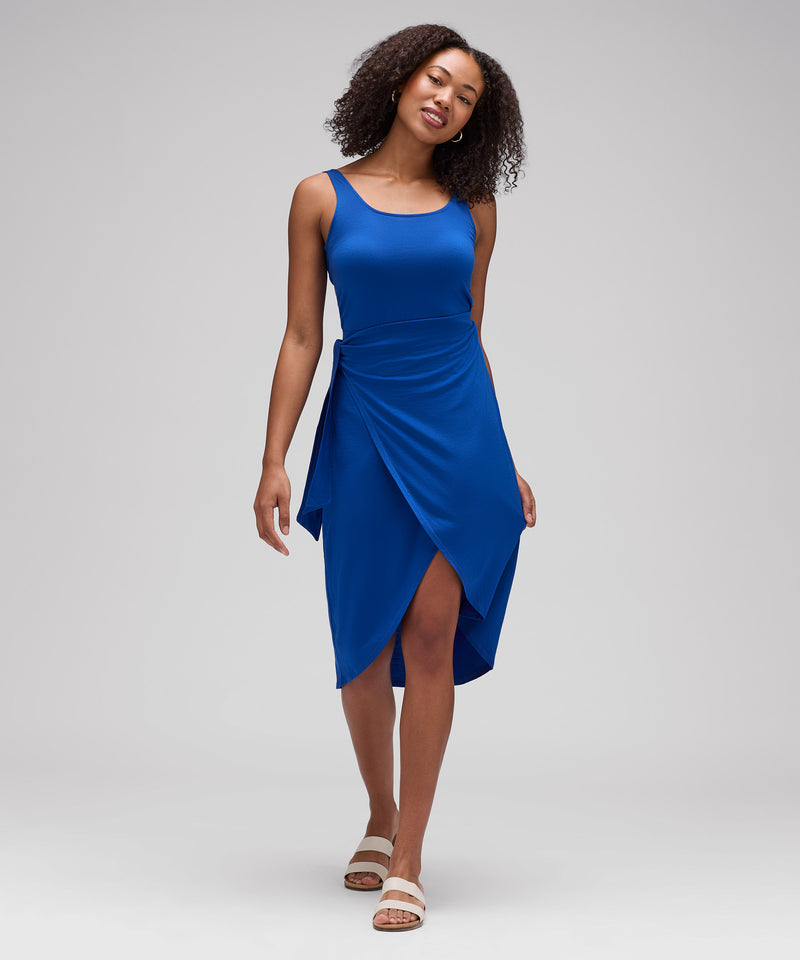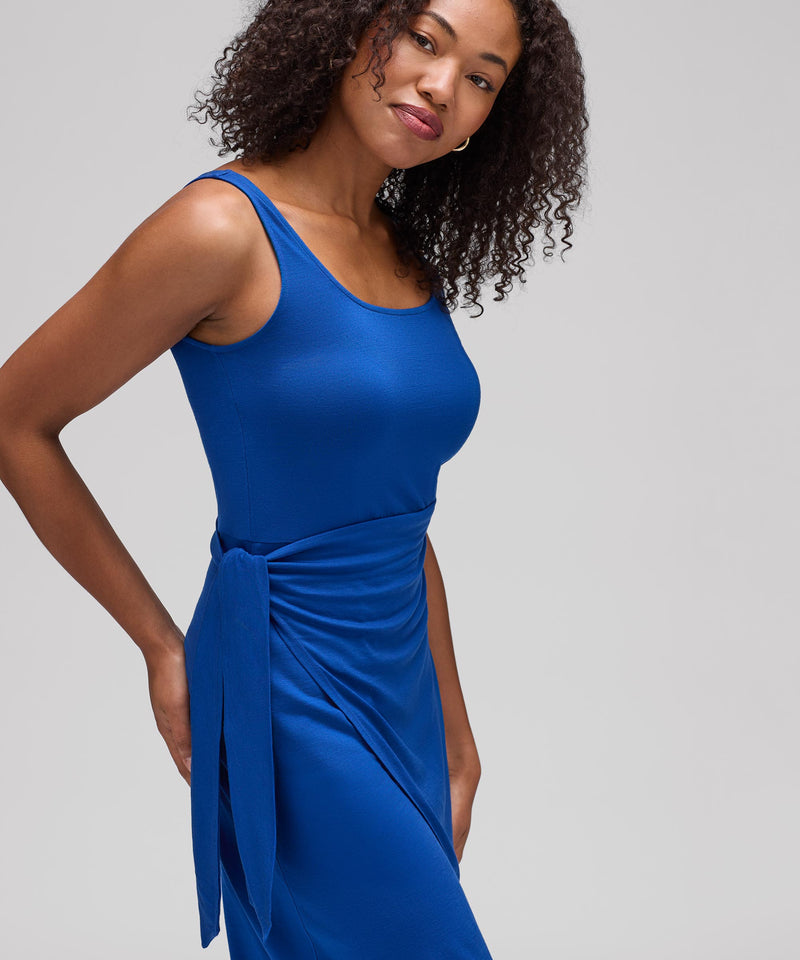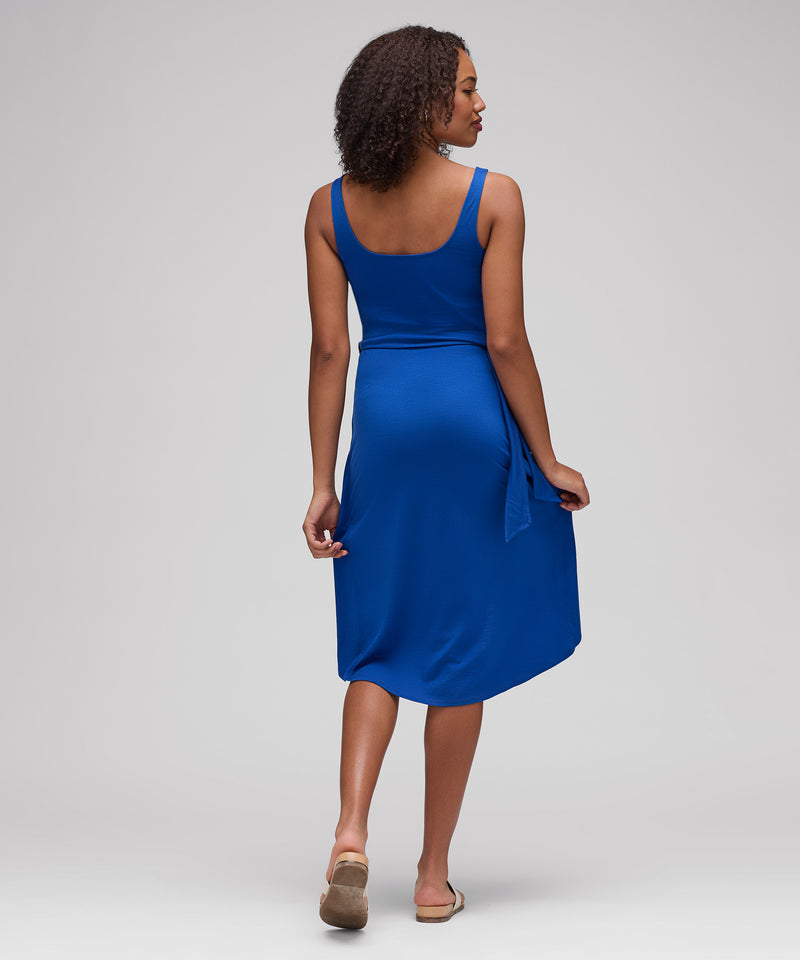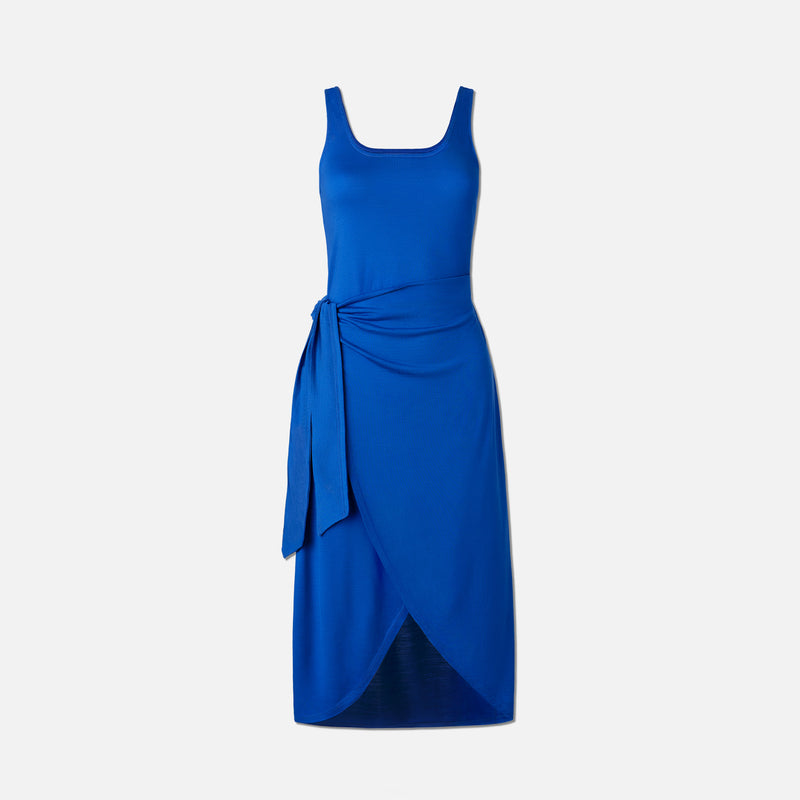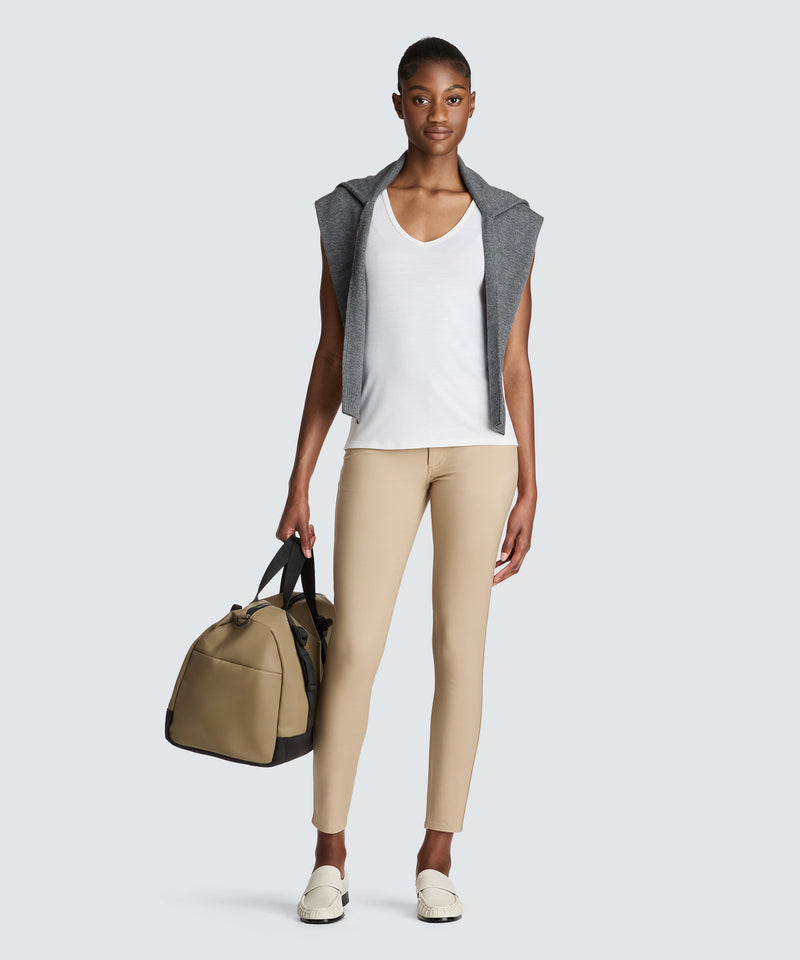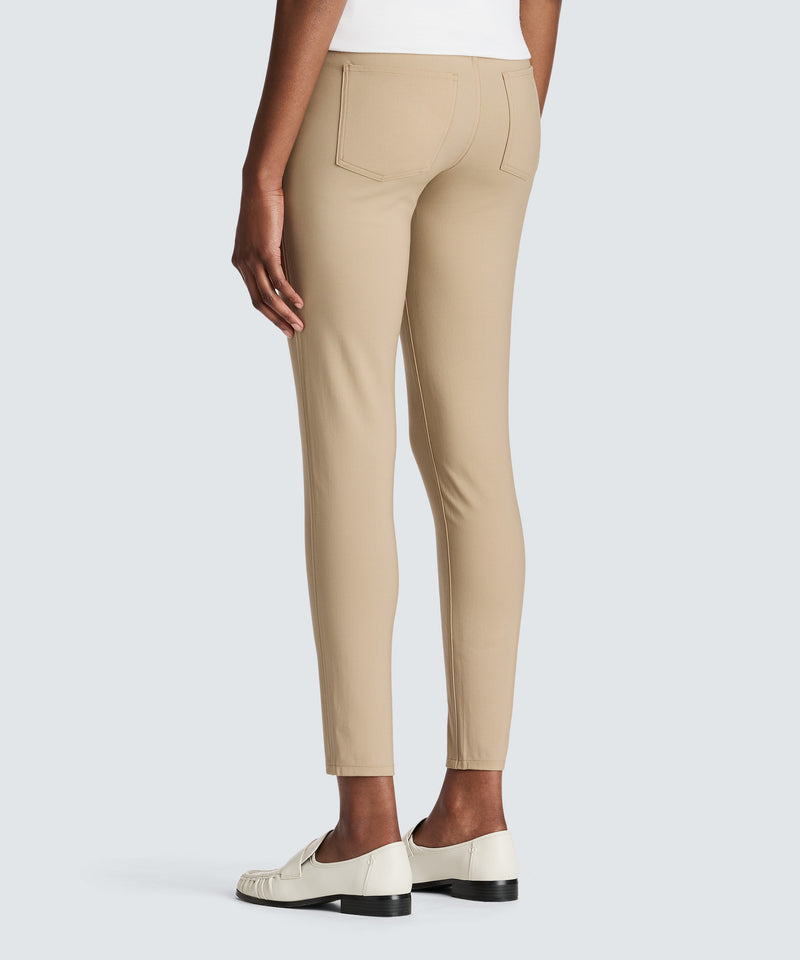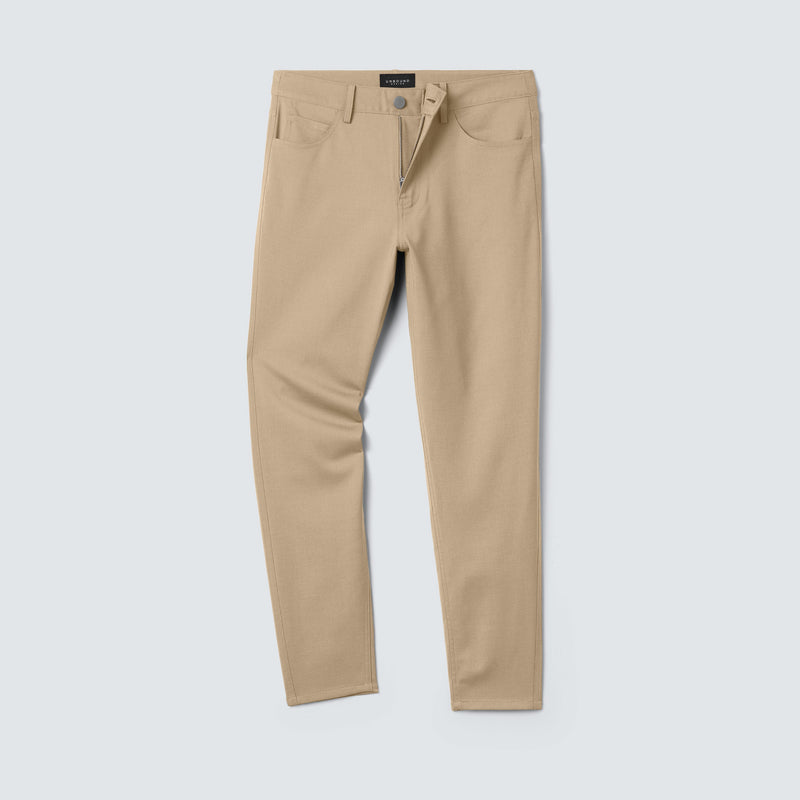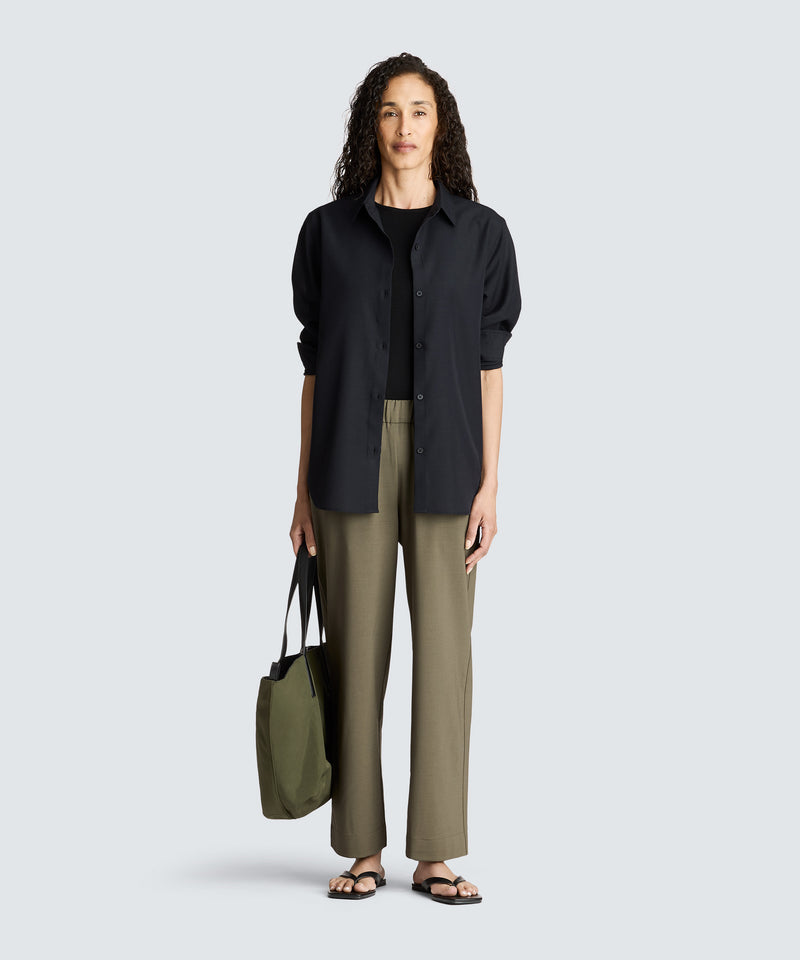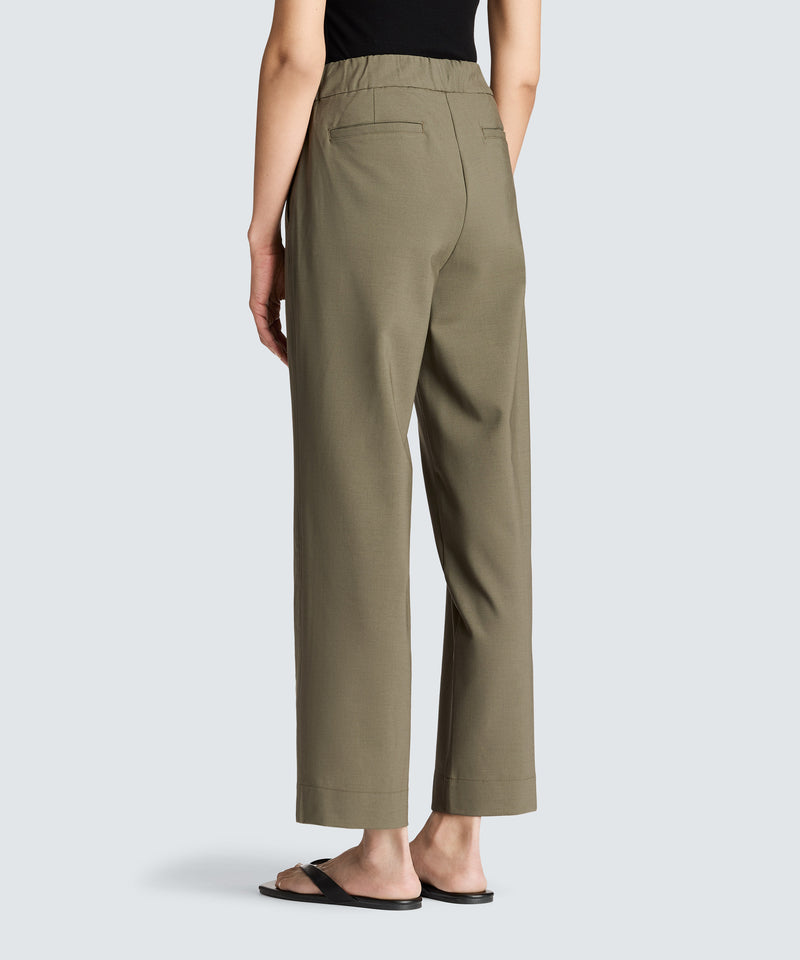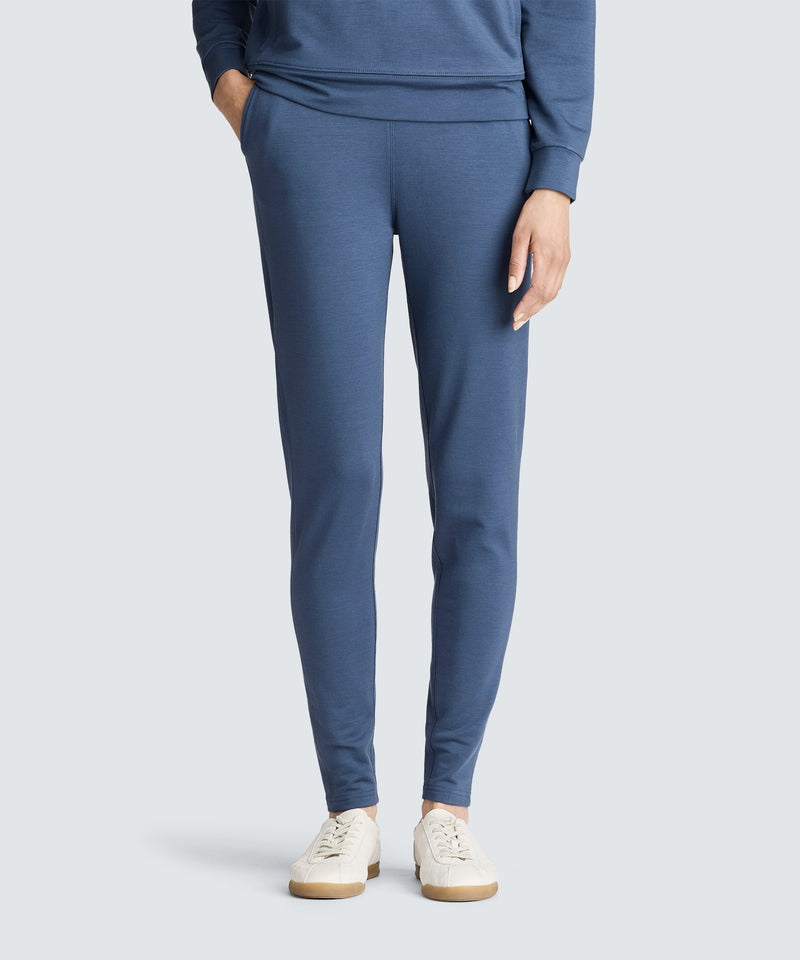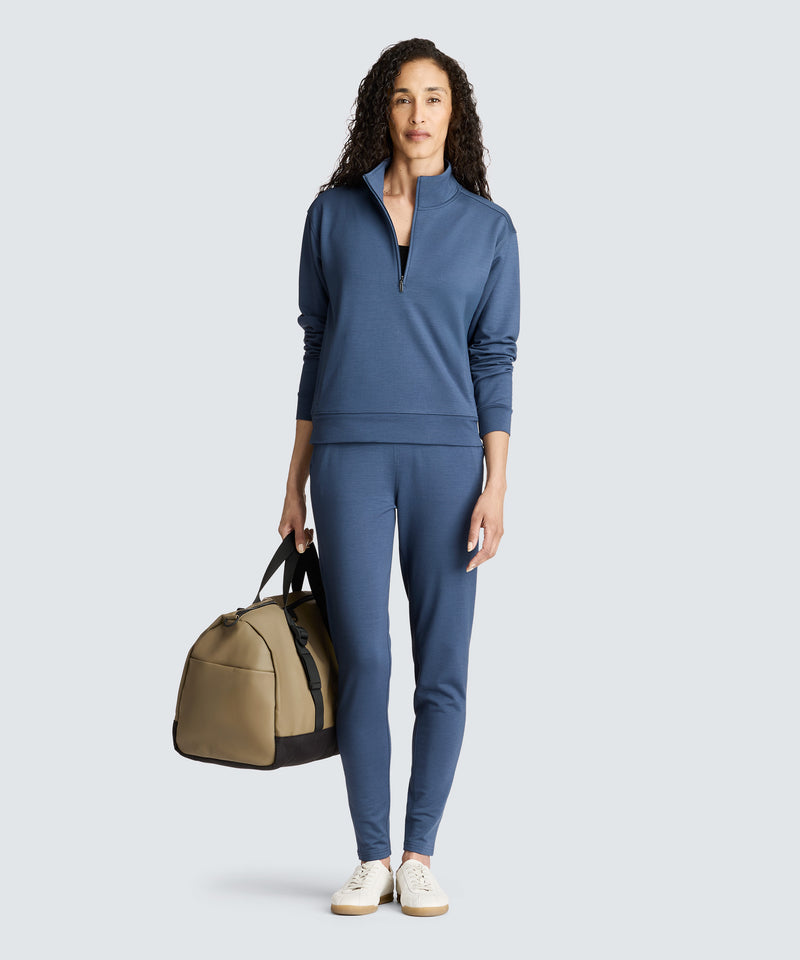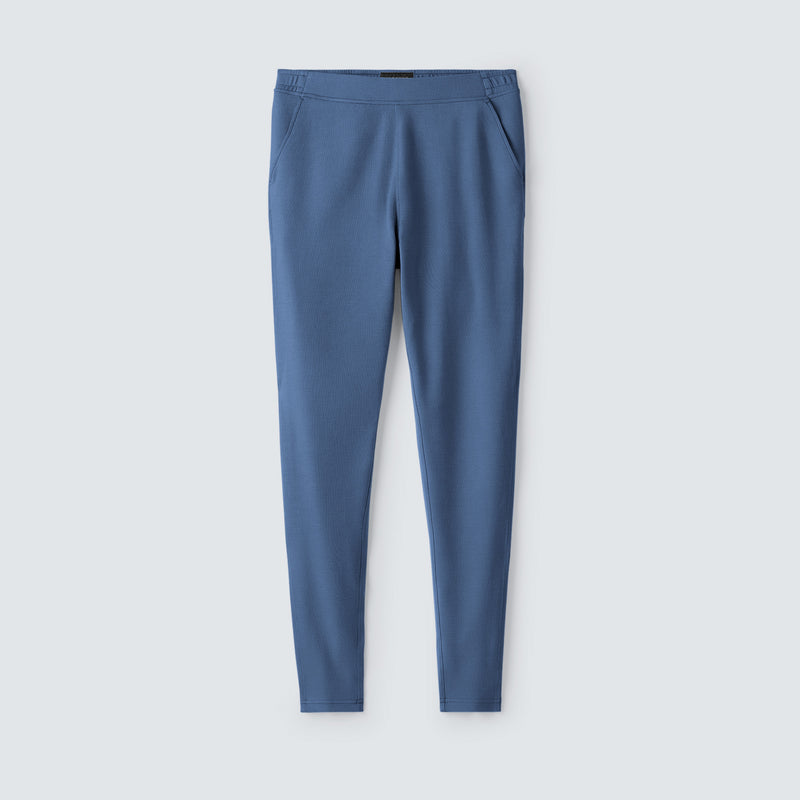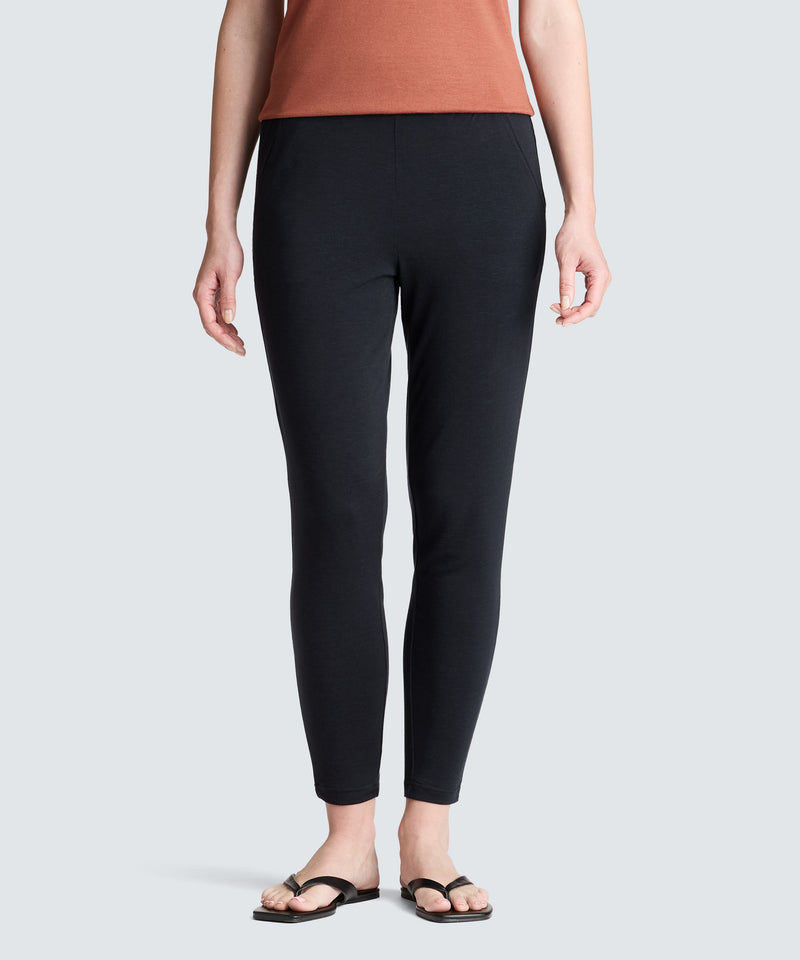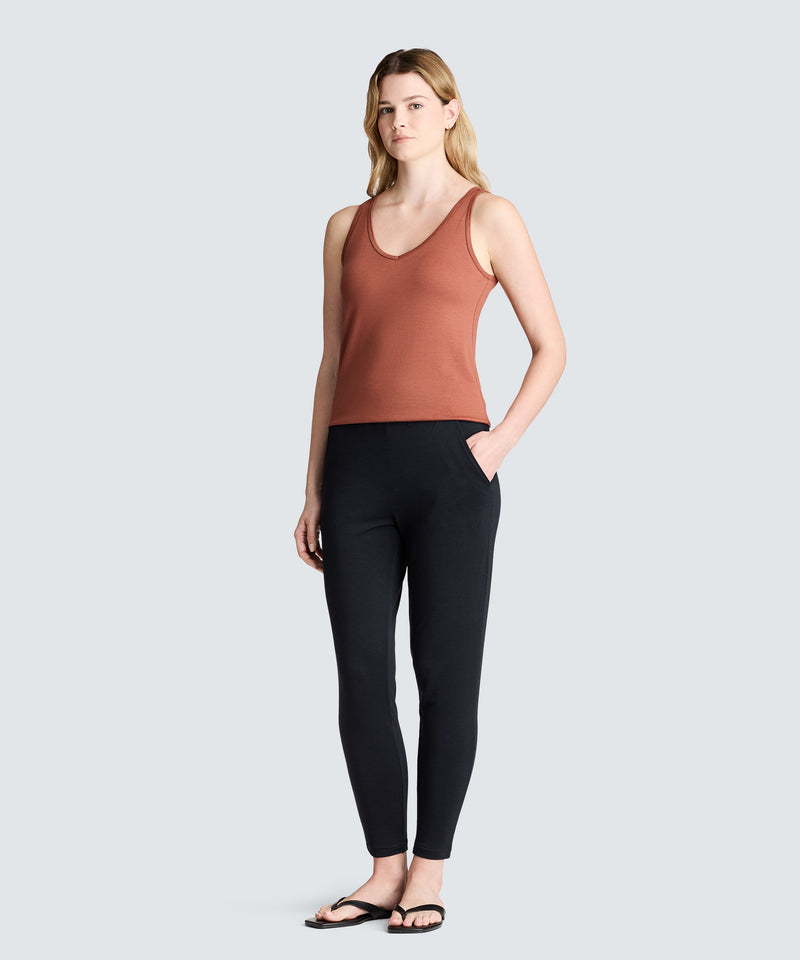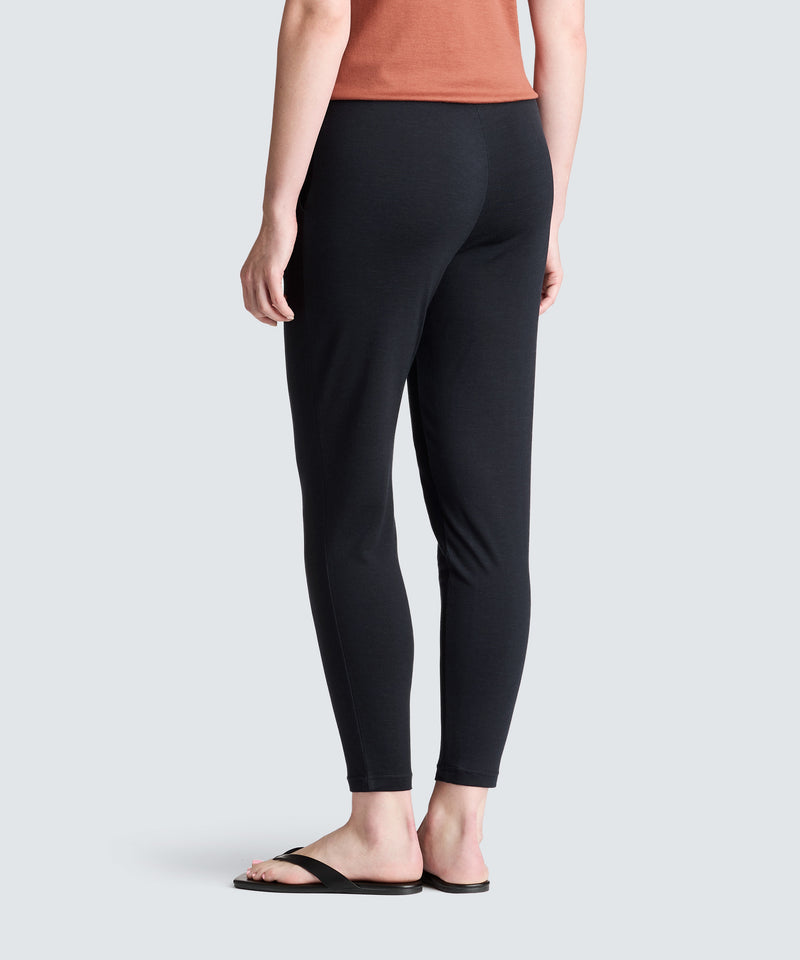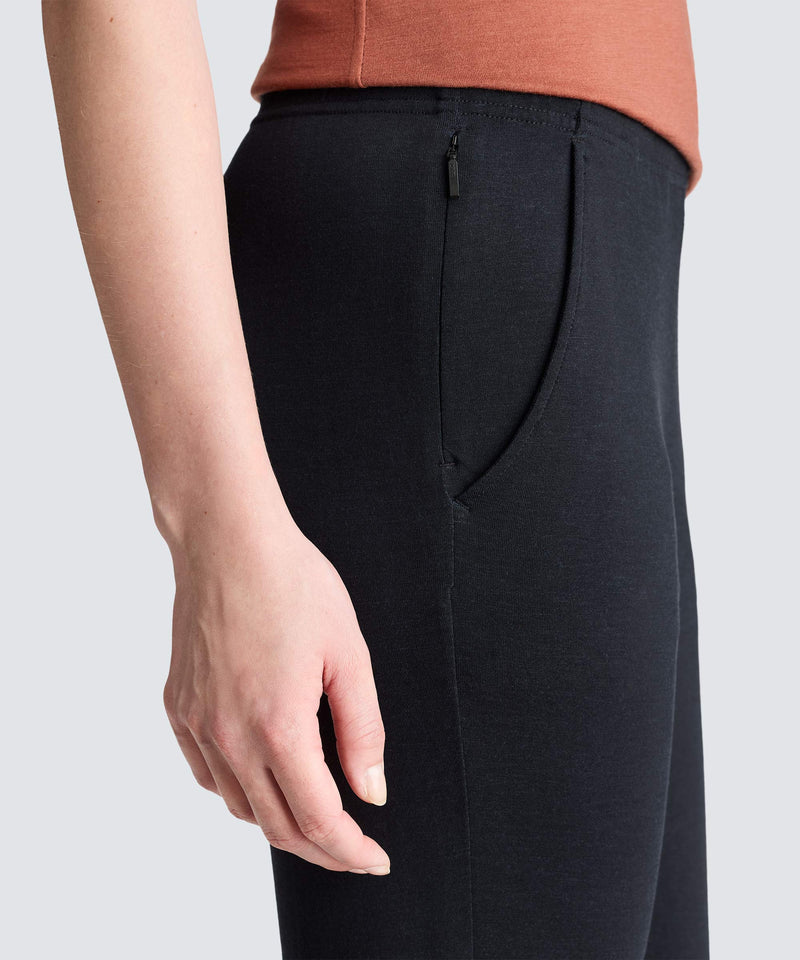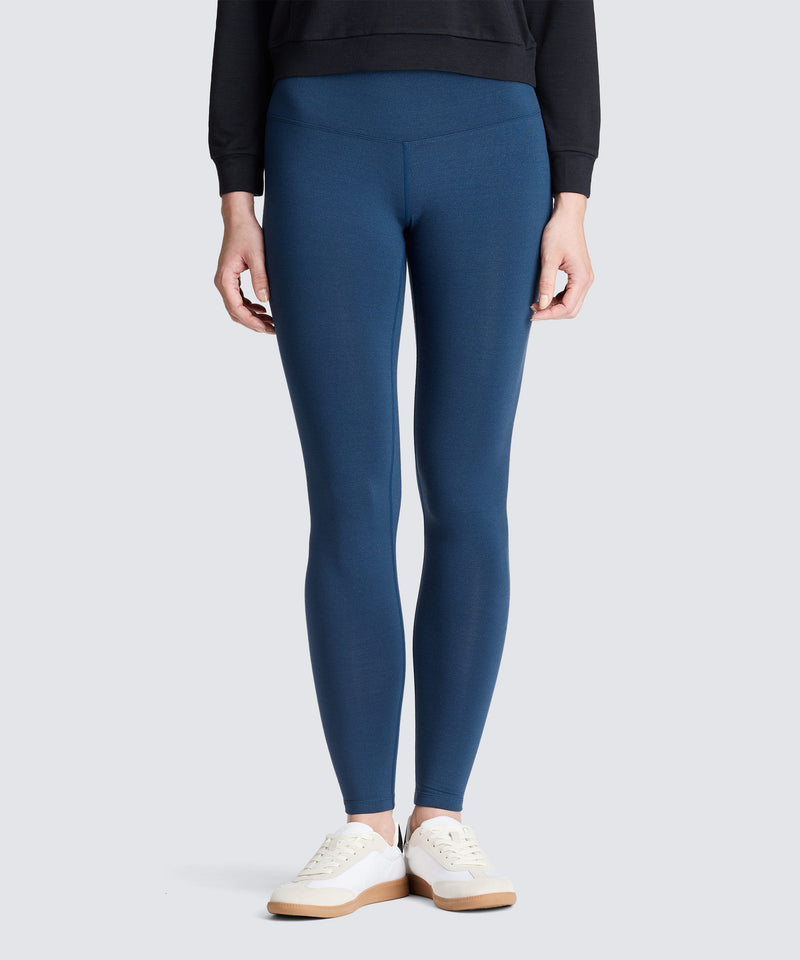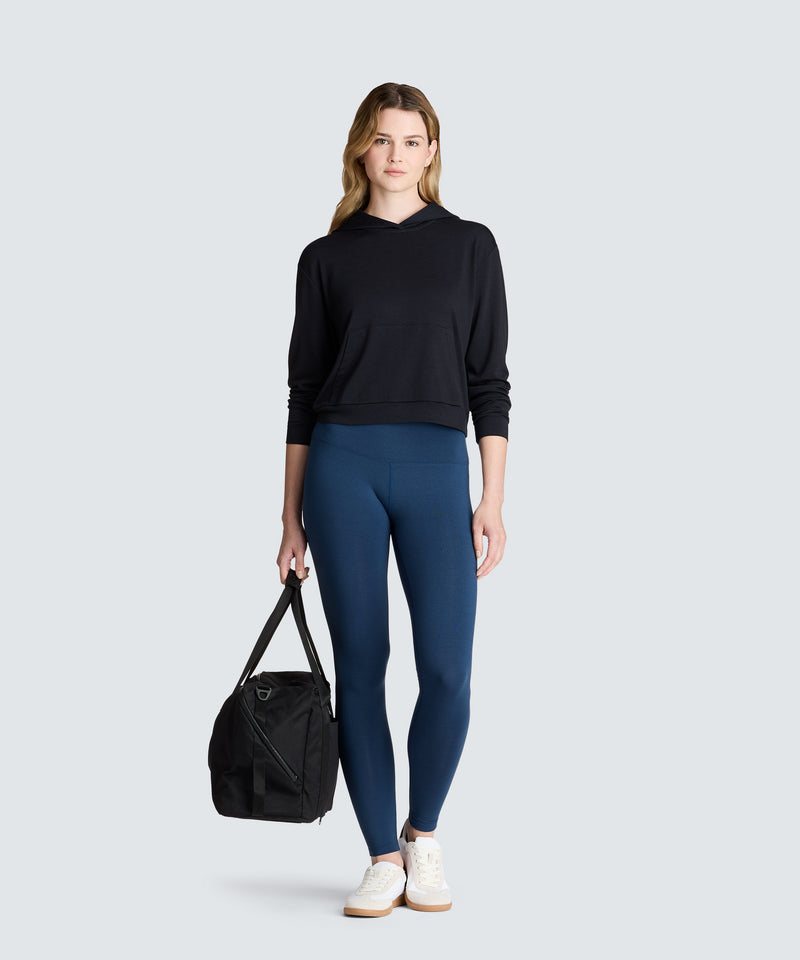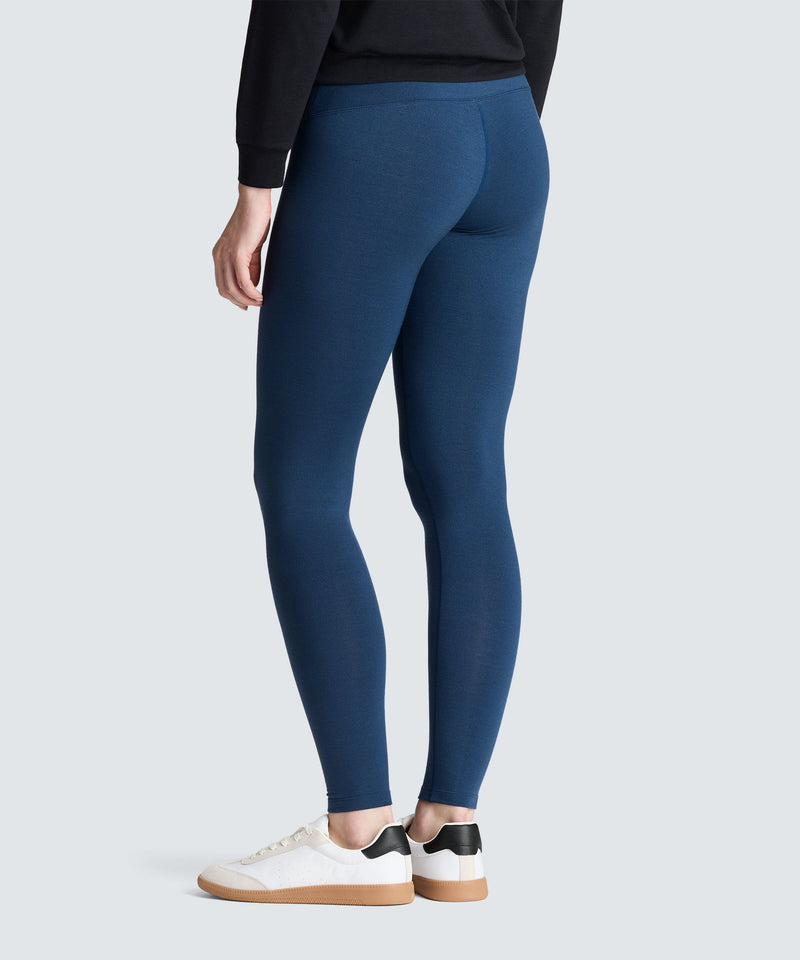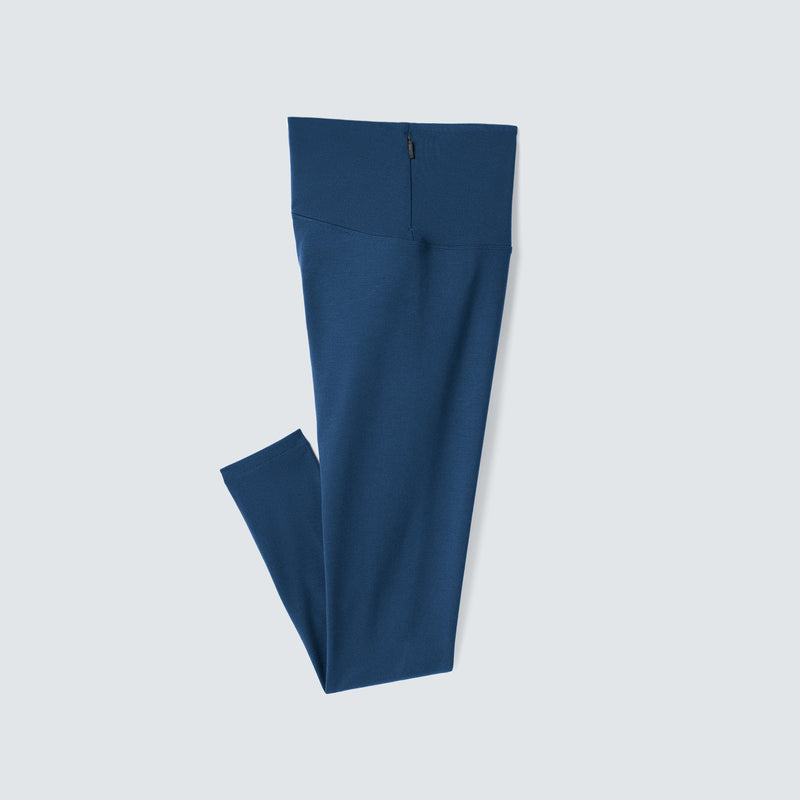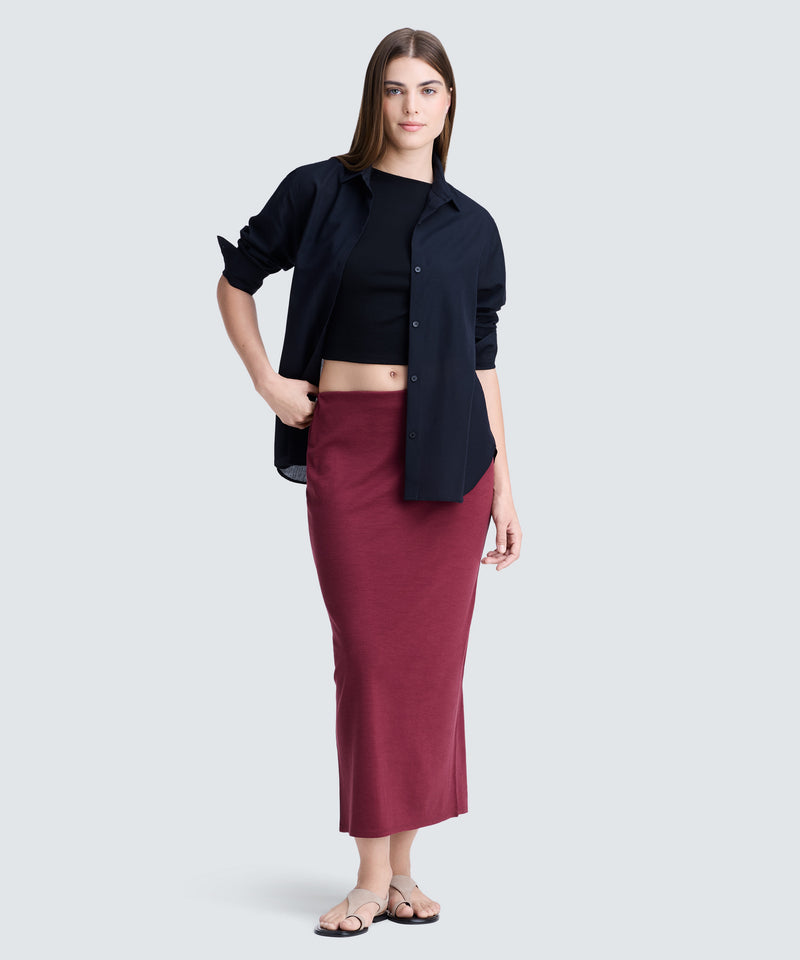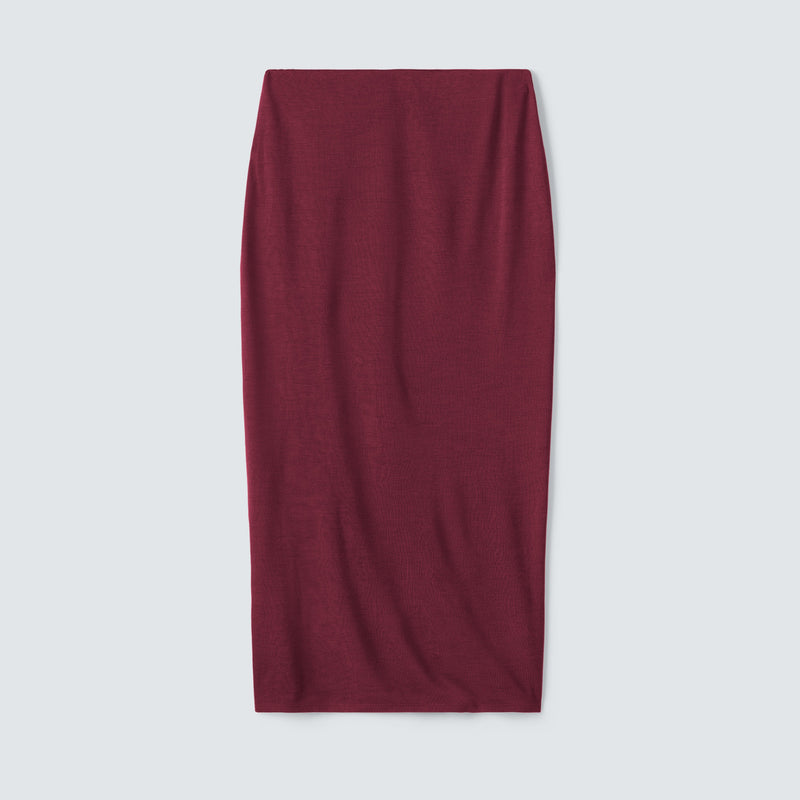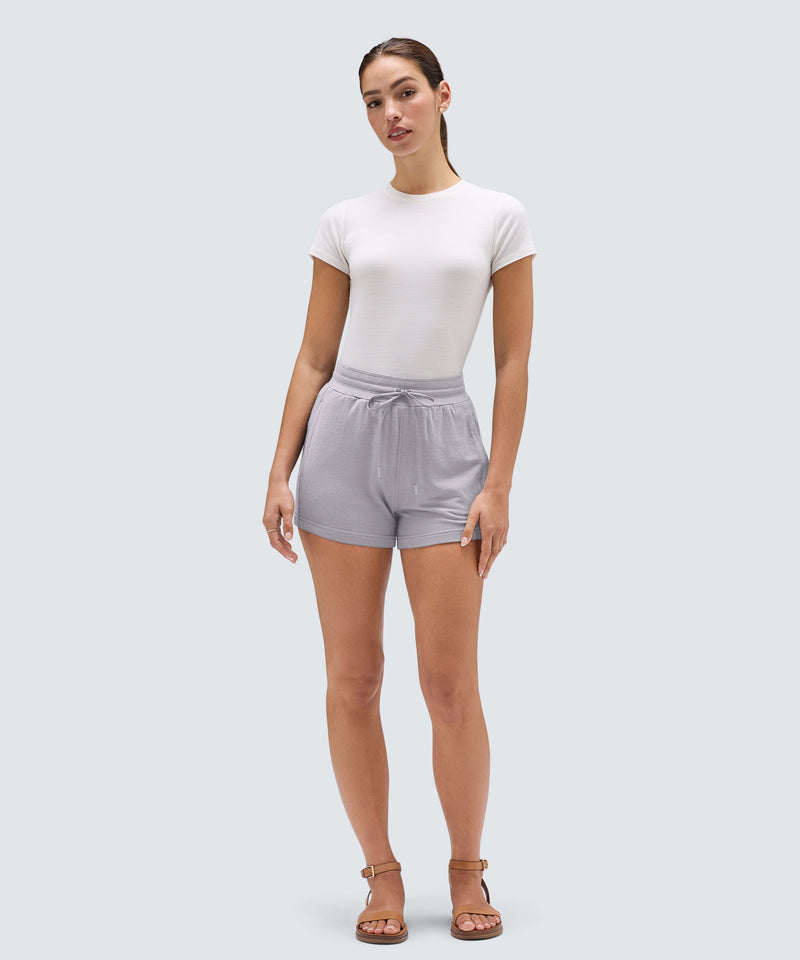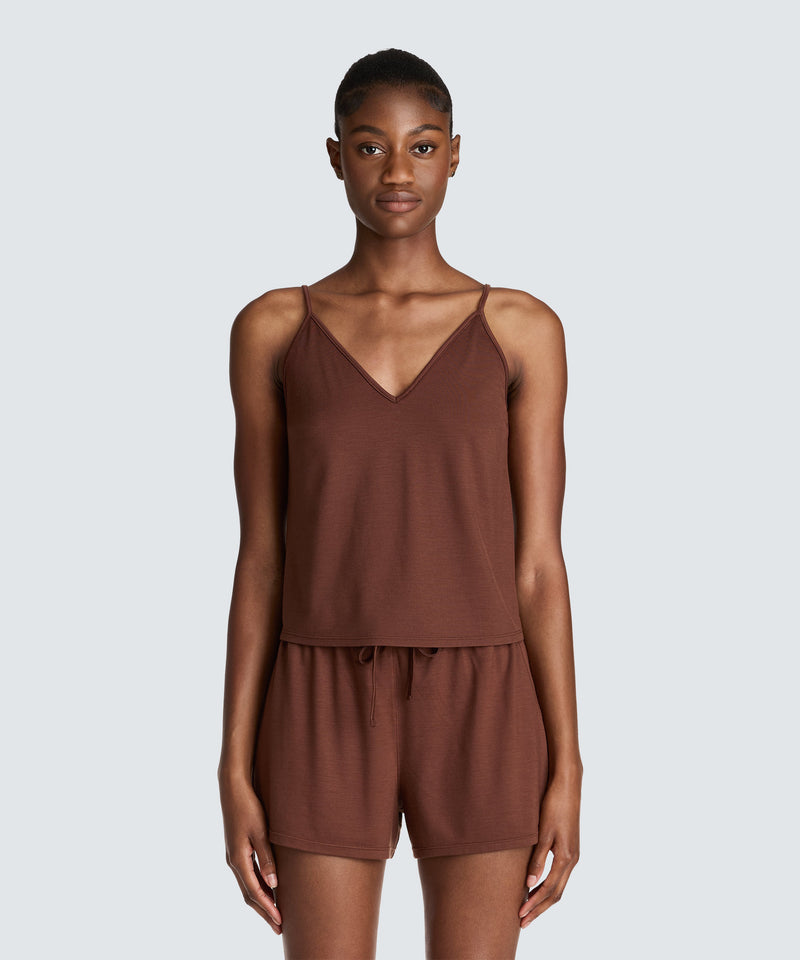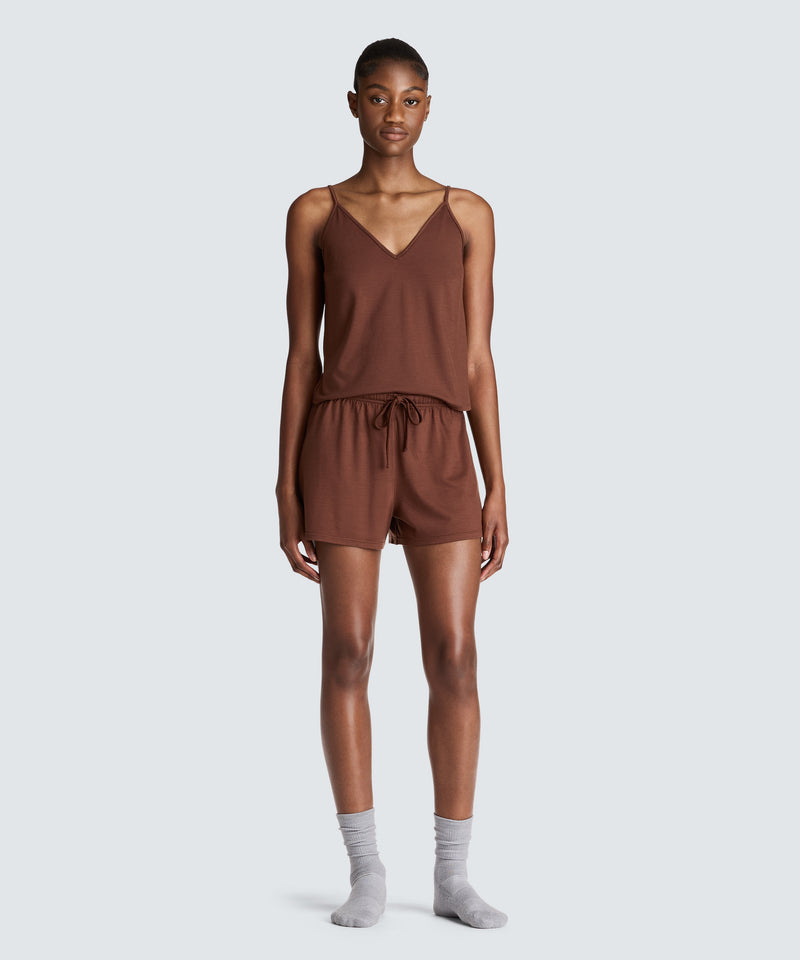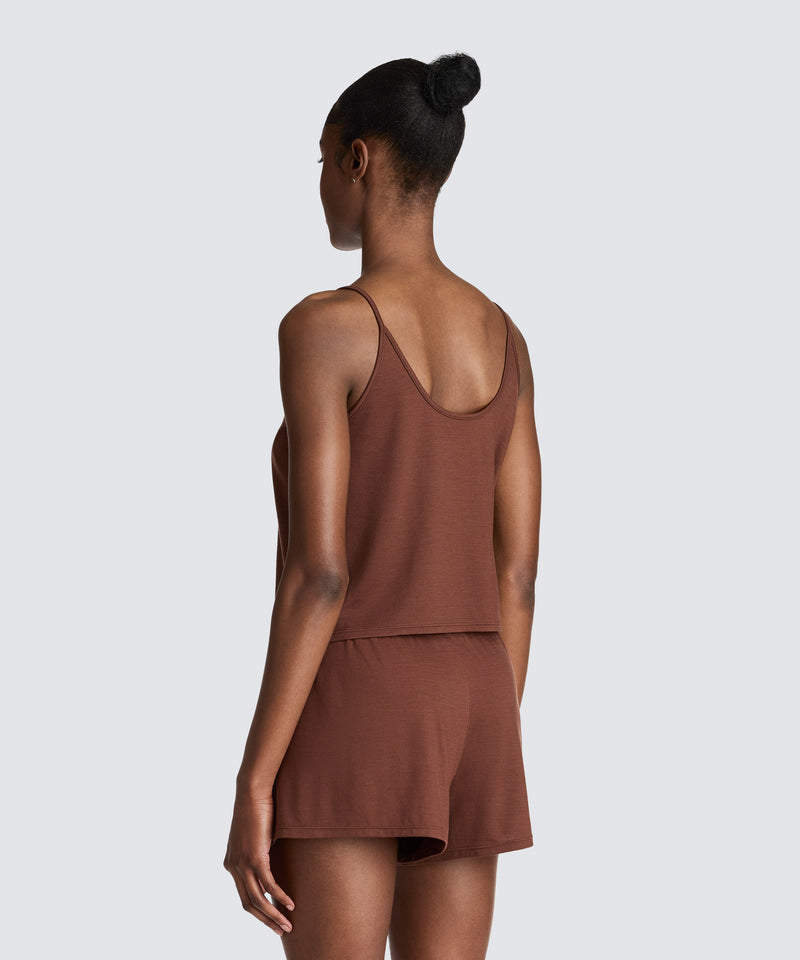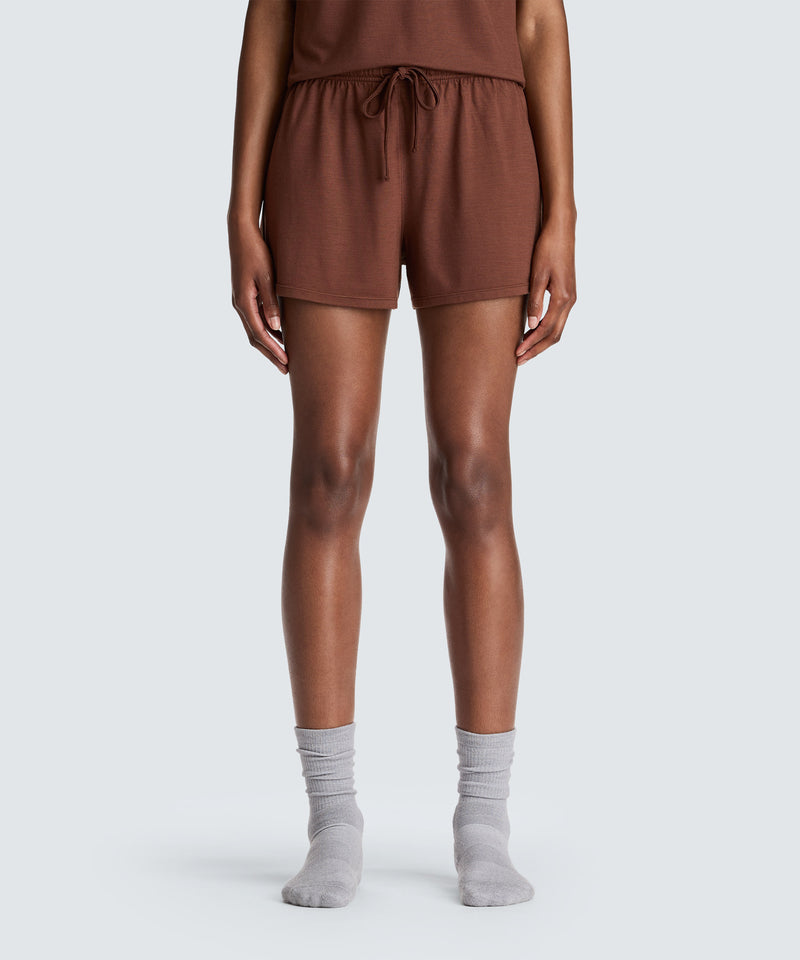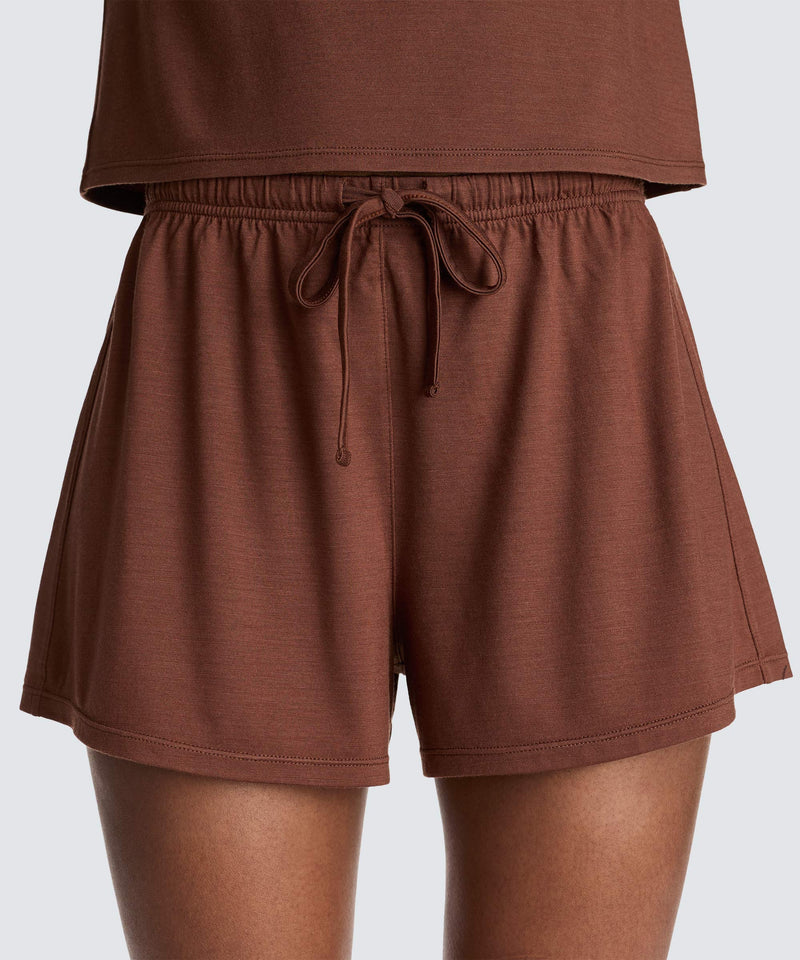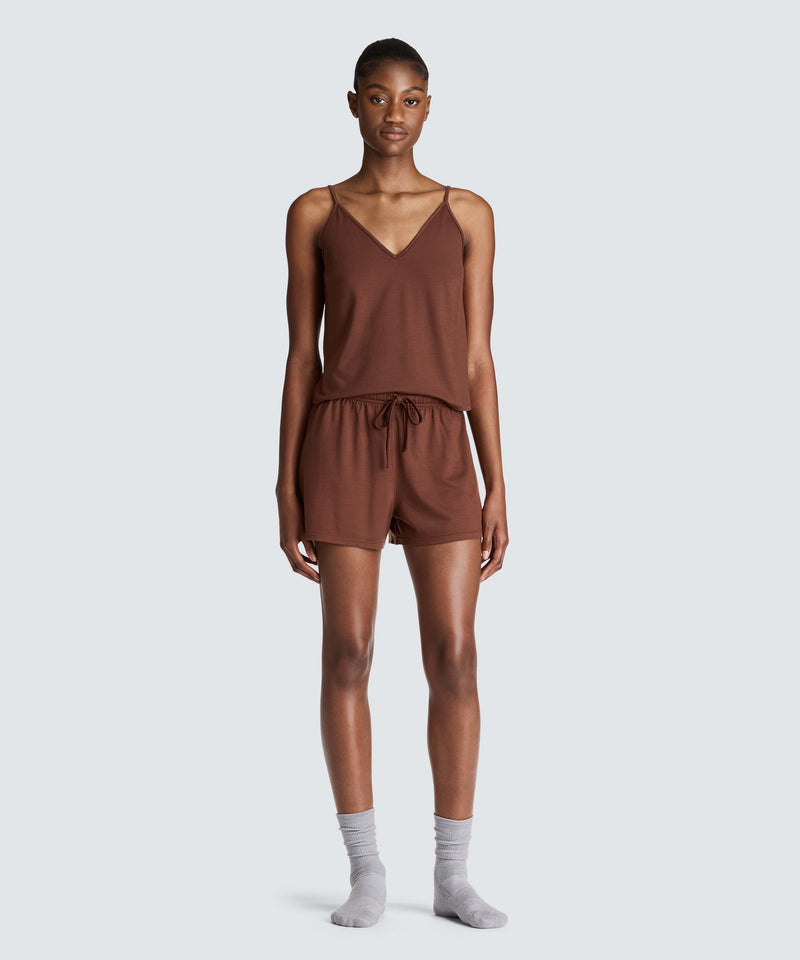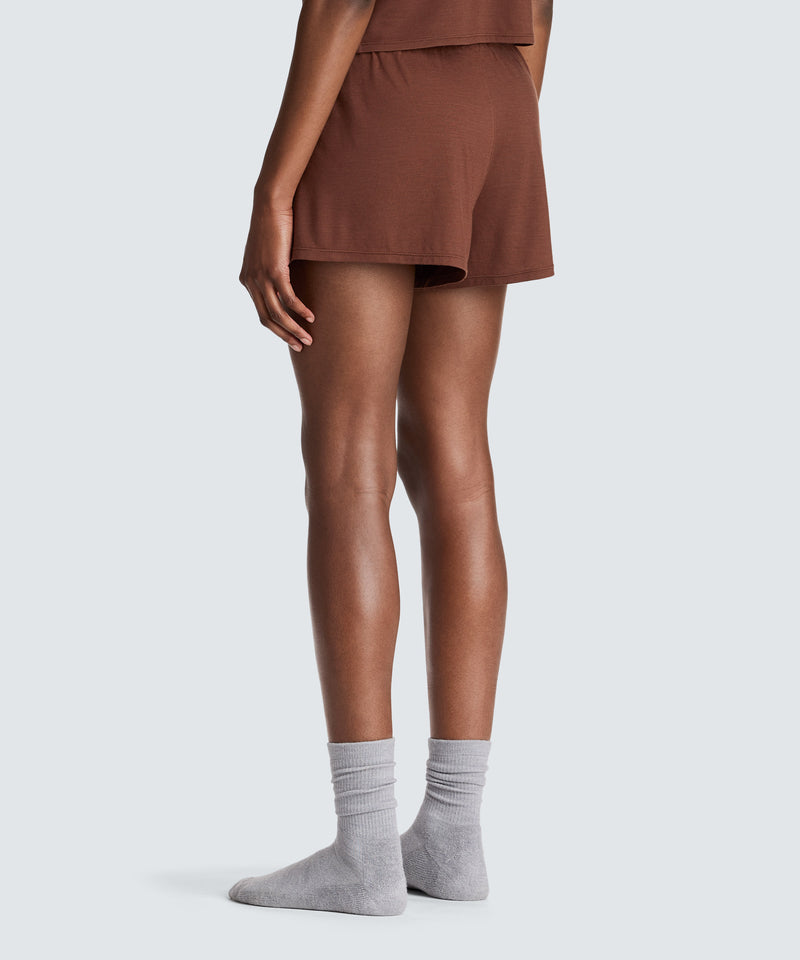Travel Hacking
Exploring Different Cultures: How to Experience Life as a Local While Traveling
Updated: July 17, 2023
As a traveler, can you ever fully become a local? Not really – not unless you put in the years to acclimatize or assimilate into the local culture. (Even then, you might have days when you feel like an outsider). But you can settle for the next best thing: experiencing life as a local might.
In this post, Unbound Merino explores some sage advice for experiencing a culture through the eyes of its inhabitants. Whether you’re looking to immerse yourself completely in a place or just want to avoid looking like a tourist, we’ve got you covered – in more ways than one.
Why Experience Life as a Local?
Living like a local has some noted benefits.
To start, it rips you free of the “tourist bubble,” that cocoon-like feeling of seeing only what you’re supposed to see. Instead of experiencing a performance of the real culture – in the form of “tourist menus,” manufactured adventures and guide-approved attractions – you can experience the authentic culture itself.
Next, experiencing life as a resident citizen fosters open-mindedness, knowledge and empathy. To dive headfirst into a culture, you need to do the research, meet the people and follow the customs. Each of these practices is instructive and informative in its own way.
Third, you have the financial benefits of living like a local. You’ll save money by avoiding the inflated prices of tourist-centric restaurants and attractions. You might even save money on cab fare and other basic services if you avoid looking like a tourist.
You’ll save time and energy by throwing that rigid itinerary out of the window. If you pack light and loose, you can move with the rhythm of the place rather than a predetermined flow.
And finally, experiencing life as a local is just plain pleasurable. Cultures are built around pleasure – from eating, socializing, clinking glasses and goofing around. Adapting to a local culture, therefore, can be an exhilarating exercise in living the good life!
Here’s how to pull it off.
Pack Light
At Unbound Merino, we strongly believe in the merits of packing light. Traveling with a compact carry-on (rather than a bulky suitcase) helps you stay agile and unfixed. You can move freely, following the rhythms and rituals of daily life, without worrying about feeling weighed down.
Our superfine Merino Wool products let you achieve that goal. We make versatile, wrinkle-resistant, lightweight clothing items that require far fewer trips to the Laundromat than the alternatives. Our merino wool shirts for men are a mainstay in the “one-bag” travel community. And our growing list of offerings, from men’s button-ups to women's long sleeves, expands on our commitment to the light-packing lifestyle.
Spend less time guarding a washing machine, less time ironing out wrinkles or drying clothes, less time wheeling a giant suitcase across the cobblestones. And spend more time out in the streets, sparking conversations, enjoying fine meals and soaking in the atmosphere.
Do Some Preliminary Research
It all starts with research. A local knows their surroundings, cultural norms, etiquette and history. You’re coming with an “away team” disadvantage. To bridge the informational gap, consider diving into some research before you fly to your destination.
Despite what most teachers tell you, Wikipedia is a great place to start. In particular, scan the “History” and “Culture” sections of the national page for a bird’s eye view of pertinent ideas. (For bonus points, look at the “Sports” section, which should give you something to discuss with locals!).
From there, you can deepen your research to include local news, city maps, literature, and etiquette guides. That last resource will be particularly helpful in your endeavor to a) not offend anyone and b) blend in with the residents. Ignoring local customs is also one of the most common packing mistakes people make; bear in mind the local etiquette and dressing norms as you pack.

Credit: Freepik Via Freepik
Break Out the Phrasebook
To walk the walk, you have to talk the talk. Let’s crush this stereotype, once and for all, of the entitled Western traveler expecting everyone to speak English. Let's make an effort.
You don’t have to become fluent in Mandarin or Portuguese overnight. However, learning a few key phrases (and nailing the intonations and pronunciations) can get you pretty far. Aside from being a courteous way to approach a new culture, it lets you access things you otherwise couldn’t: non-English-speaking businesses, conversations with locals, etc.
Travel journalism stalwarts like Lonely Planet and Rick Steve’s put out great phrasebook series for most widely spoken languages. Alternatively, you can download a translation app and memorize some choice phrases or questions. Or, for a more in-depth dive into the language, hit the books on Duolingo before you travel. (This last option bears fruit if you plan on being in your host country for a long time).
Consider the Off-Season and Shoulder Season
In the high summer season, many places see influxes of tourism. They also witness a significant increase in outbound travel, as locals leverage their summer vacations to head abroad. In this great human shuffle, places look a lot different during the hot months.
If it’s a quote-unquote authentic experience you’re after, consider the off-season or shoulder seasons (October to April, excluding the winter holidays, in much of the Northern Hemisphere). In these months, travel slows to a crawl, and fewer tourists disrupt the natural rhythms of local life. In some cases, locals might seem friendlier or more amenable to outsiders in these months because they don't feel inundated with visitors.
If you’re taking a fall or winter trip and want to pack light, stick with Merino clothing. Our merino bottoms and mid-layers, like our men’s Compact Hoodie or merino travel pants for women, offer warmth without the volume. They’re insulating clothes that don’t take up too much space.
Looking for Restaurants? Think Like a Local
When most travelers look for restaurant recommendations, they reach for their go-to sites: Yelp, TripAdvisor, maybe Zomato. And while these sites do an amicable job collating public sentiment about an establishment, they tend to skew toward the tourist perspective.
Tourists write a positive or negative review about a restaurant – usually a restaurant in a visible, high-density hotspot. Other tourists patronize (or skip) based on those reviews, leaving their own reviews in the aftermath. Over time, the process has the effect of highlighting some highly visible establishments, while leaving other perfectly delicious options to languish in obscurity.
If you want to find that hidden gem, the one beloved by locals but unknown to outsiders, you have a couple of options. You might have good luck looking on the local review sites: Dianping in China, Tablelog in Japan, Qaym in Saudi Arabia, etc. These sites paint a more genuine portrait of where locals like to eat.
We’ve also had good luck combing through Google Maps for off-the-beaten-path restaurants whose reviews are primarily written in the local language. For instance, on the Mexico City map, you can zoom out to the areas surrounding Roma/La Condesa (traveler hotspots) to find neighborhoods within walking distance, like Doctores or Transito. Then, it’s just a matter of hovering your cursor over restaurants until you find something that looks buzzy. There’s one restaurant in Transito, Taqueria El Gran Abanico, that has an eye-watering 43,000 reviews, mostly written in Spanish, with an average 4.6 rating. Done – that’s lunch right there!
Finally, you can do it the old-fashioned way – the way travelers did it pre-internet. You can ask the locals. Phrasebook in hand, ask your guesthouse owner, hotel attendant or random guy at the café where they like to eat.

Credit: user10837085 Via Freepik
Grab Provisions at the Grocery Store
For most people most of the time, food is a domestic ritual. Even citizens of the best food cities eat most of their meals indoors. And part of that ritual involves lazily browsing the aisles of a grocery store or marketplace. So, if you really want to live like a local, trade in the occasional dinner out for supermarket provisions.
A grocery store can be a surprisingly immersive experience. At its best, it’s a sensory rush of unfamiliar brands, intoxicating smells and lavish displays that hammer home the local food culture better than any guide can. Give it a try. Grab a to-go bite, take it to the park and people-watch for an afternoon.
Be a Regular
This advice flies in the face of the typical tourist orthodoxy that you should cram in as many unique experiences as possible. Nevertheless, if you want to live like a local, get into a groove. Get your coffee at the same café each morning. Walk the same streets, wave to the same people, and reserve your regular spot on a city park bench.
Part of experiencing life as a local is – as we’ve mentioned throughout – finding a rhythm. Most lives, ours included, involve routine and predictability. And from those routines, we find a sense of lived-in comfort and groundedness.
Does this mean you need to spend your entire trip following a routine? No, not at all. You can shake things up as you move from place to place. But consider the quiet joy in being a regular – at least for a portion of your trip.
Take Public Transit
Nothing makes you feel more like a New Yorker than packing into the Flushing-bound 7 train. Nothing makes you feel more like a Londoner than sandwiching between two newspaper readers on the Piccadilly Line. And dropping your 8 baht to catch the 59 bus to the Victory Monument makes you feel like you’ve lived in Bangkok for years.
We don’t know what it is about transit, but it makes you feel like a local. Maybe it’s because you witness so many people going about their lives – people of all classes and persuasions minding their own business, waiting out the clock, headed to life’s next thing. And for that brief ride, you’re one of them.
If you plan on utilizing public transit on your trip, we recommend packing comfortable clothes. The Tubes, MTA trains and Bangkok buses of the world can get muggy and hot on the best of days. A breathable Merino shirt and airy men's travel shorts are godsends on those long rides.
Create Opportunities for Friendship and Connection
Making friends is challenging at home. Once you add a language barrier, it can feel downright impossible.
But if you open yourself up, you might be surprised how eager others are to form a connection – especially with a foreign curio like yourself. The key is to create opportunities. Instead of grabbing a solo table at a pub, sidle up to the bar alongside everyone else. Instead of focusing on your phone (the universal sign for “don’t bother me”) at the café, pick your head up and watch your surroundings. Lock eyes with people. Compliment someone on their hat. Offer to buy the next round.
These small gestures might fail, but that’s the price of finding connections. If you keep at it, eventually, you'll strike up an interesting conversation. And when that happens, you’ll feel more at home.
Leave Yourself Some Wiggle Room to Be a Tourist
There’s nothing wrong with being a tourist. And although you might be enthusiastic about living like a local, it’s perfectly fine to succumb to basic tourism every once in a while.
We don’t know who needs to hear this, but it’s alright to take a sightseeing tour in Sydney, grab a croissant at the Eiffel Tower café in Paris, visit Christ the Redeemer in Rio, or eat at a Times Square restaurant in New York. It might not be the “authentic” local culture, but it can be fun. And sometimes, travel is just about having fun.
Becoming a local isn’t possible – at least not on a weeks-long trip abroad. But experiencing life through the eyes of a local is. Pack light with Merino wool, learn the local customs, ride the bus to some off-the-beaten-path restaurants and make a few connections. These practices should help make you feel like you’re a part of something new.

